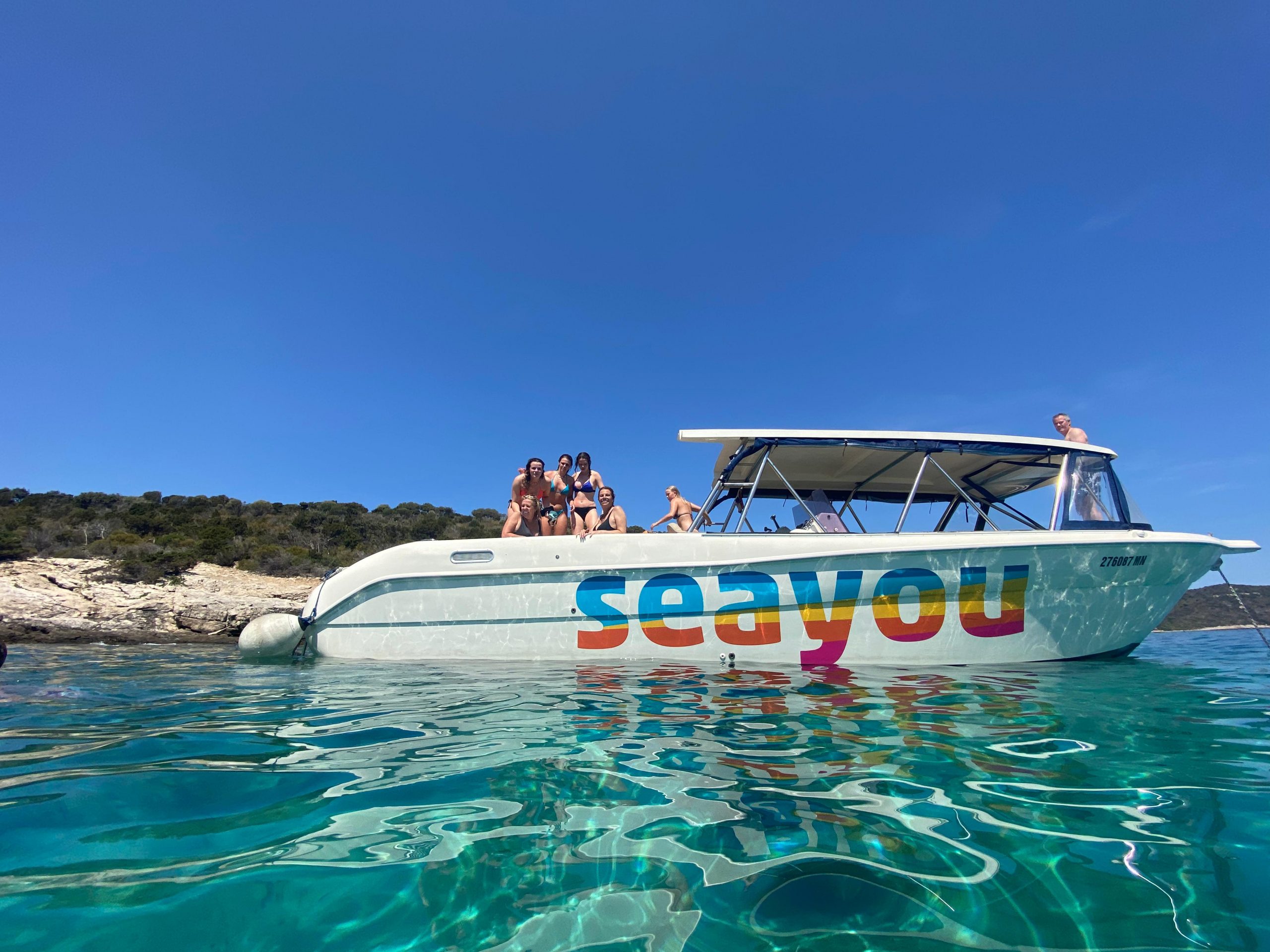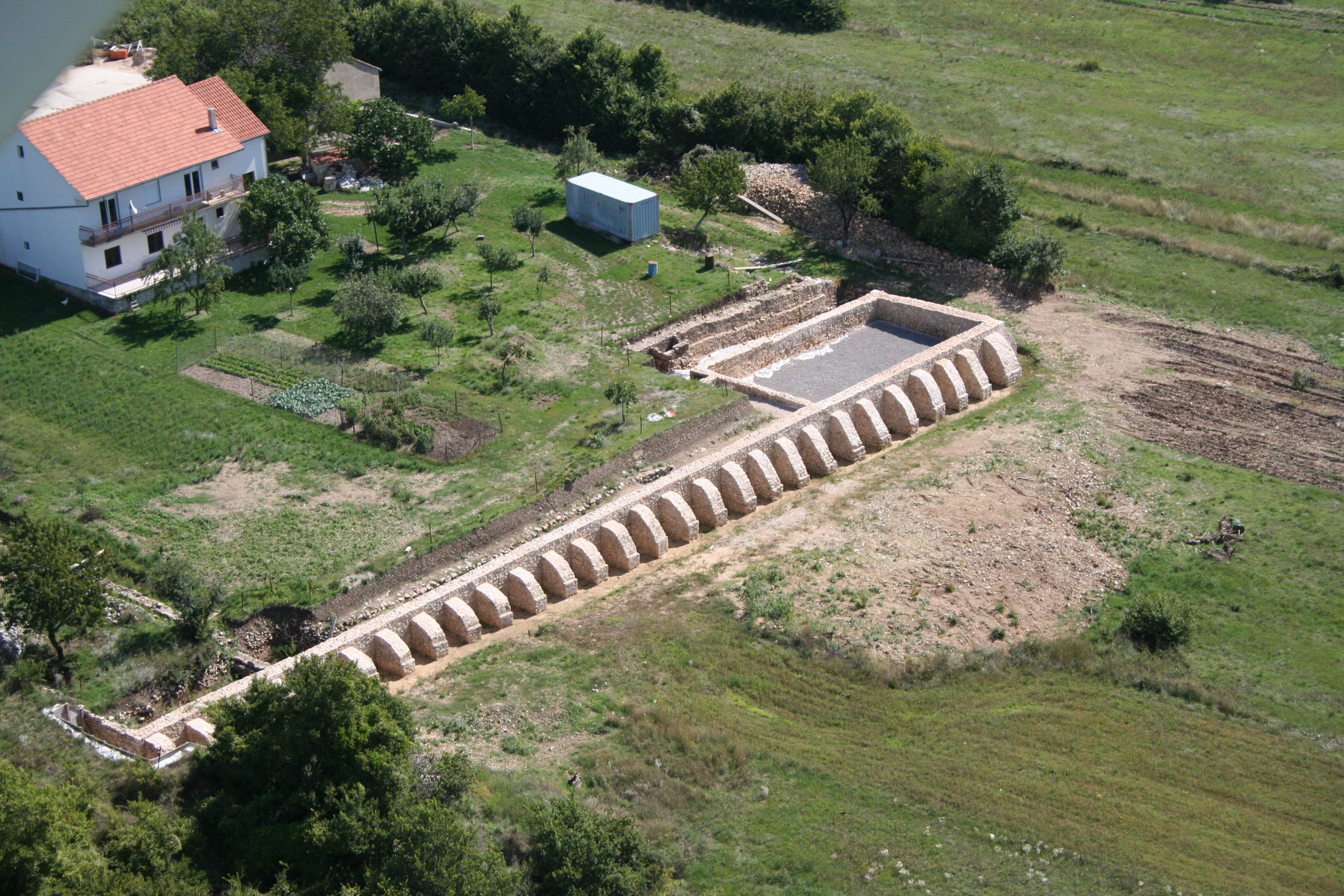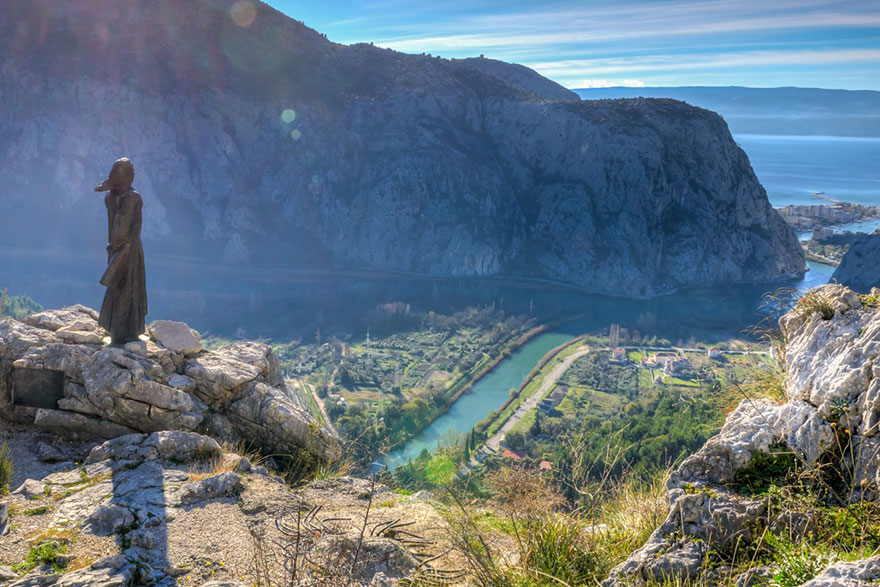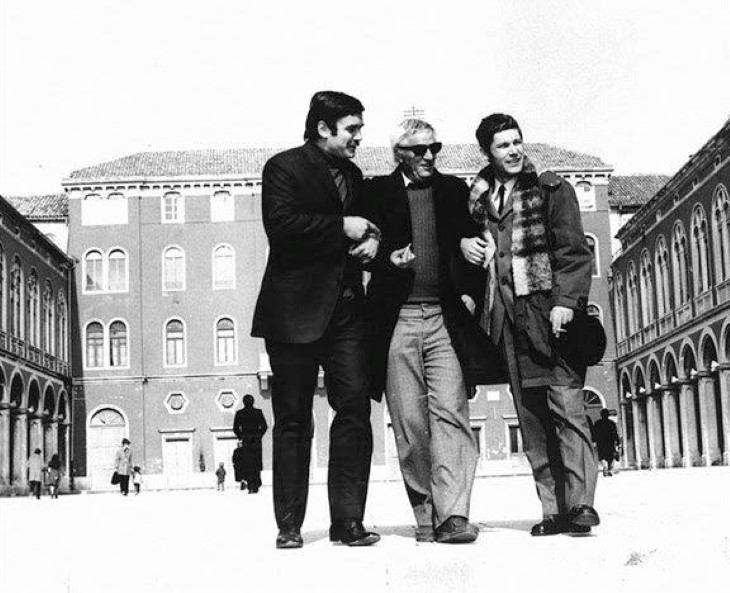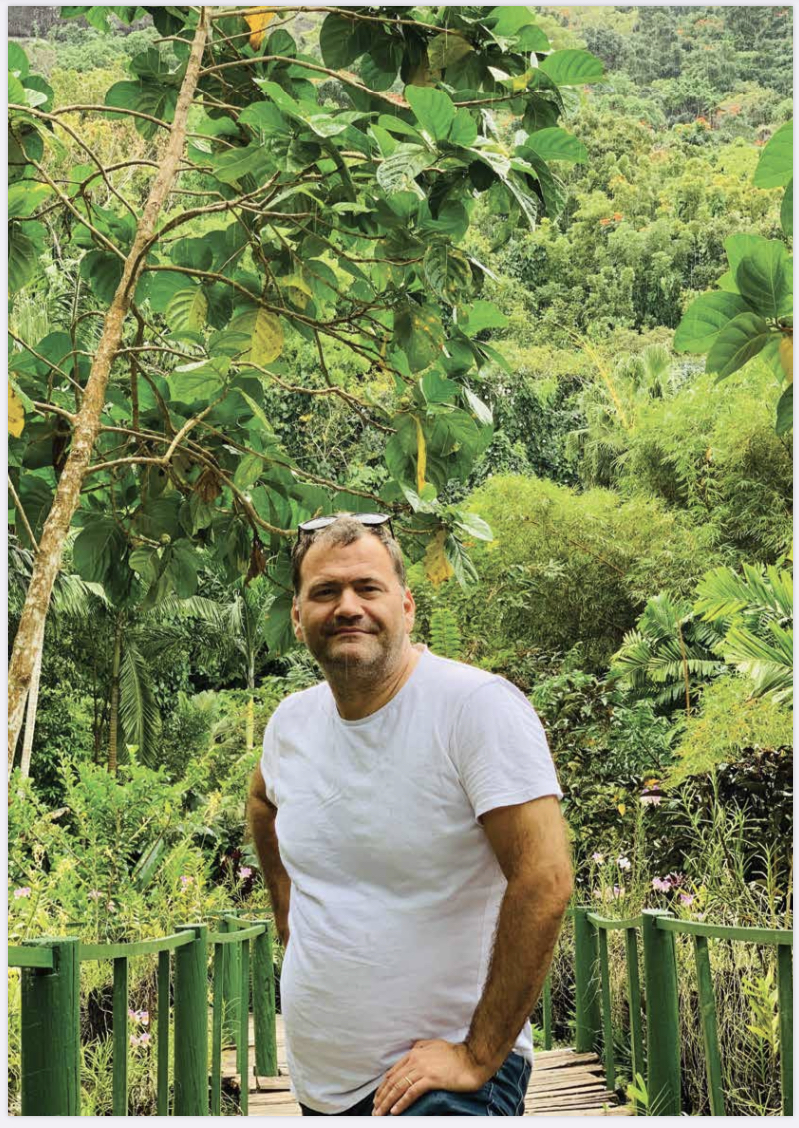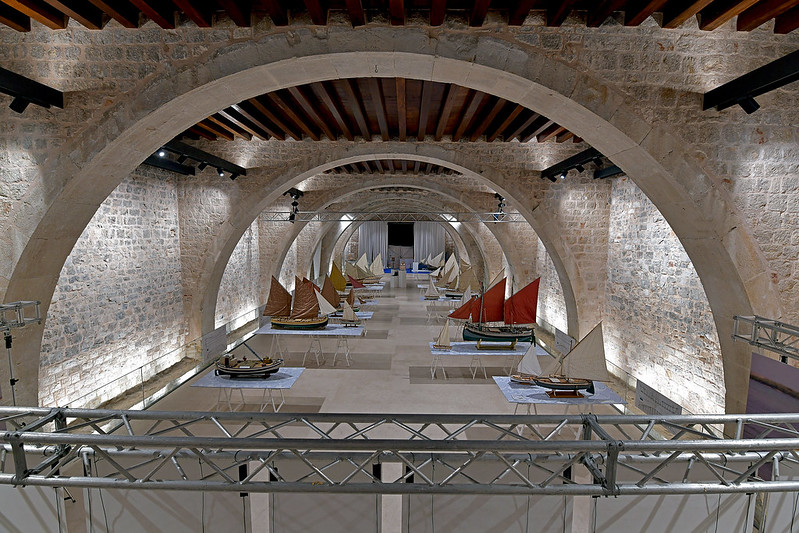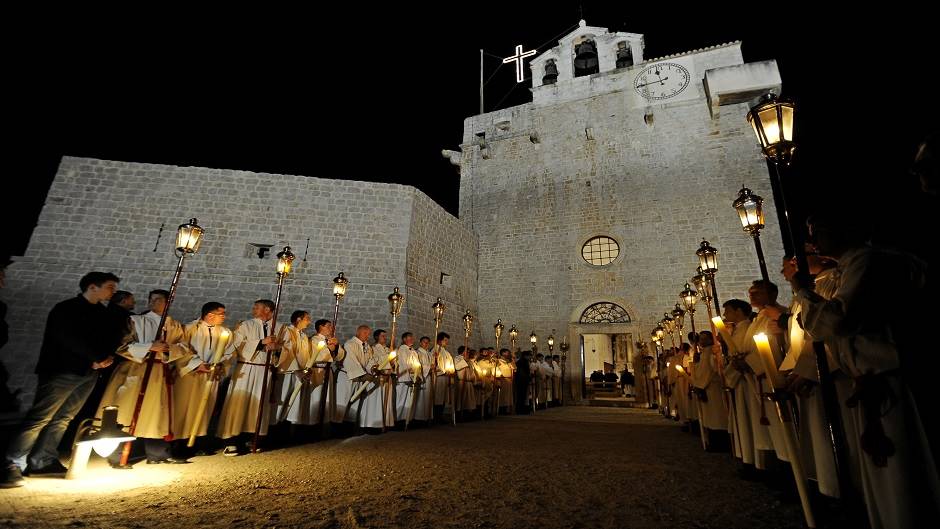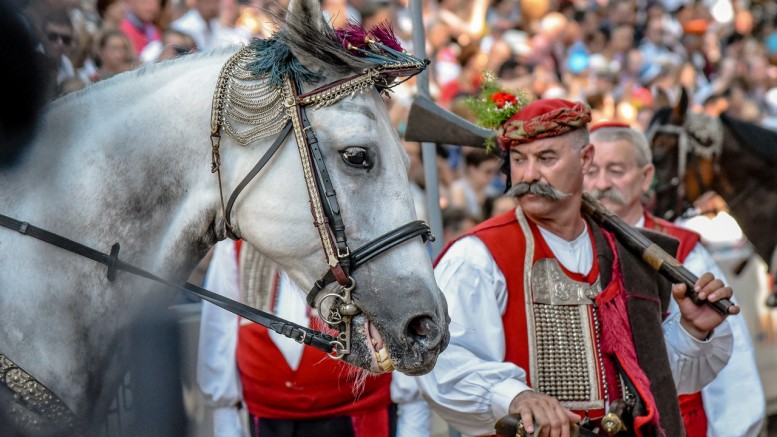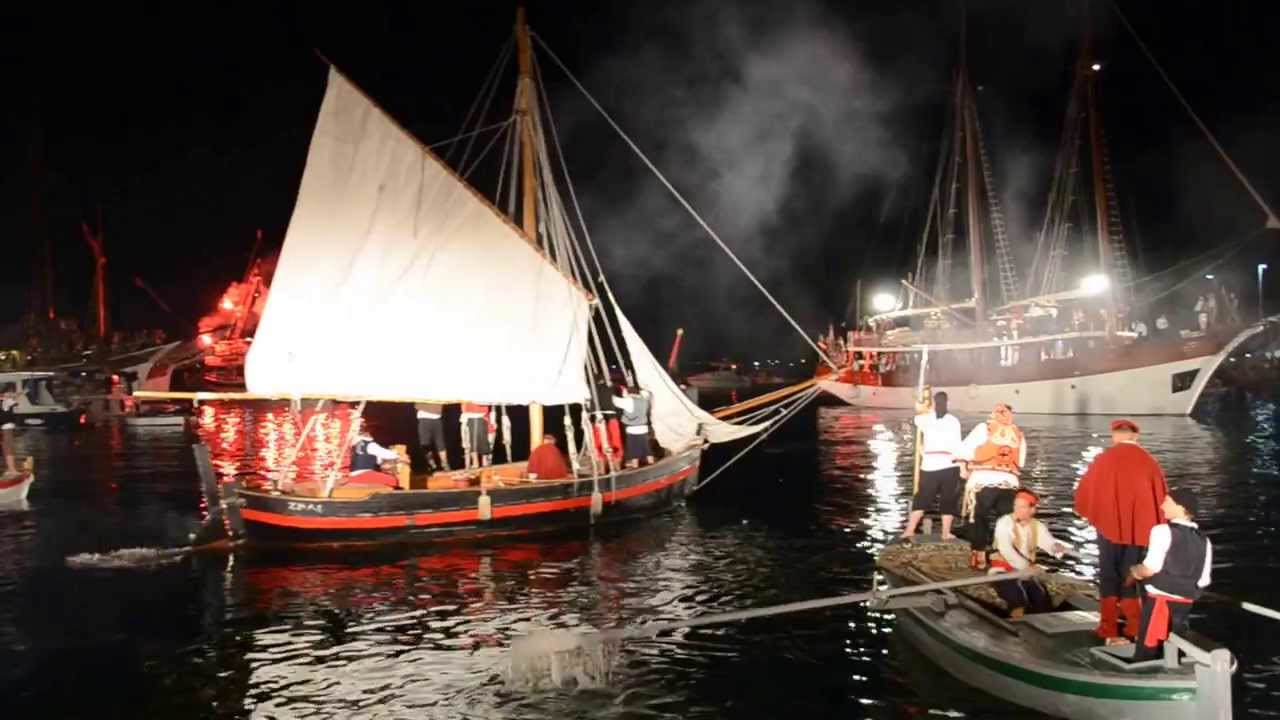SEAYOU BOAT TOURS Passionate organisers of amazing boat tours: Experiences we want - instantly!
Experience their passion - Have you ever been scrolling on social media and come across a gorgeous photo that just makes you want to dive into your screen?
We can say with certainty that this is exactly the feeling we got when we began researching what the SEAYOU agency can offer its clients. This incredible agency specialises in the organisation of speedboat trips and maritime transportation services from Split, Brač, Hvar and other locations across beautiful Central Dalmatia!
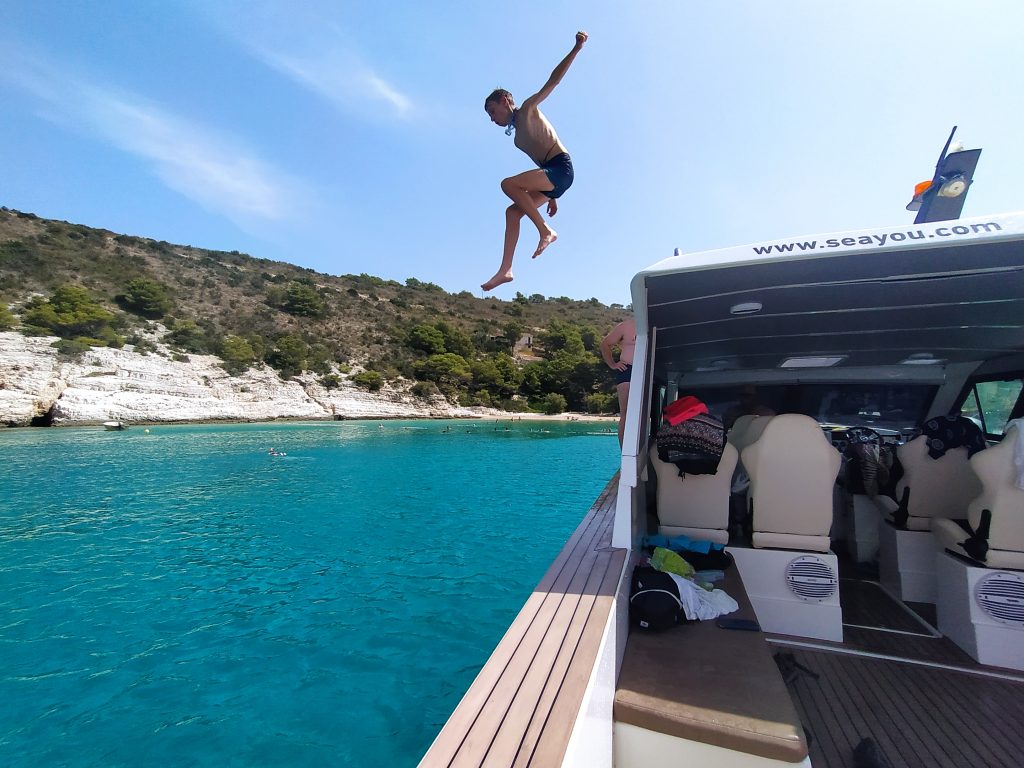
Teamwork is everything - Over 30,000 travellers have enjoyed paying unforgettable visits to the most breathtaking islands in the Croatian Adriatic. This is all owing to the diligent work of the SEAYOU team’s twenty warm and highly qualified experts.
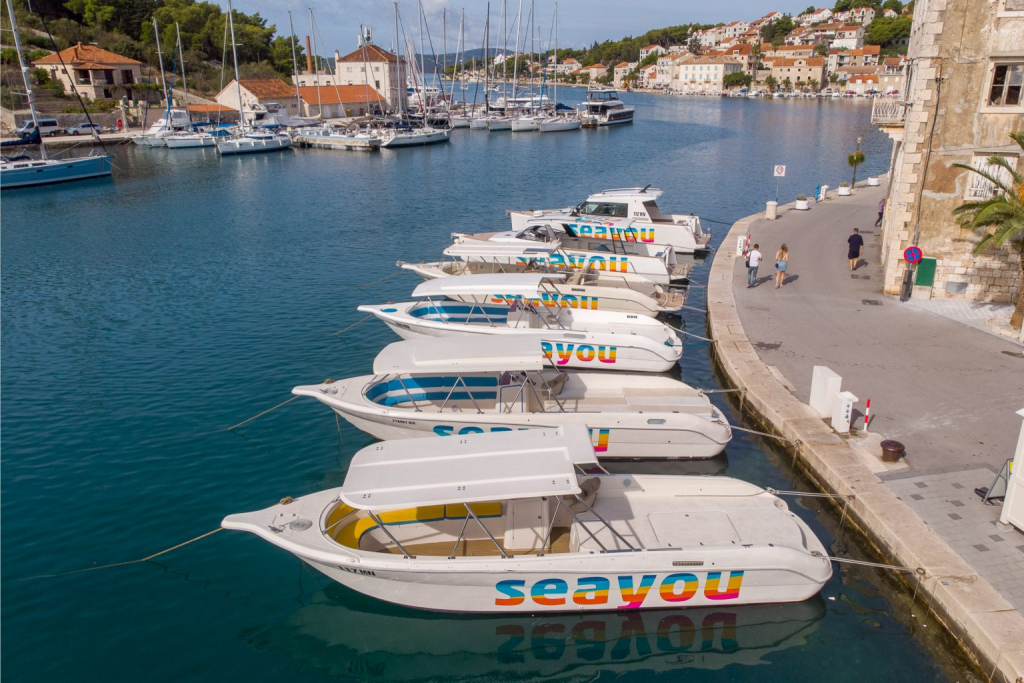
These people genuinely want nothing more than for you to come and experience their passion, discover hidden bays, coves and the best places to swim and dive down into the azure depths below.
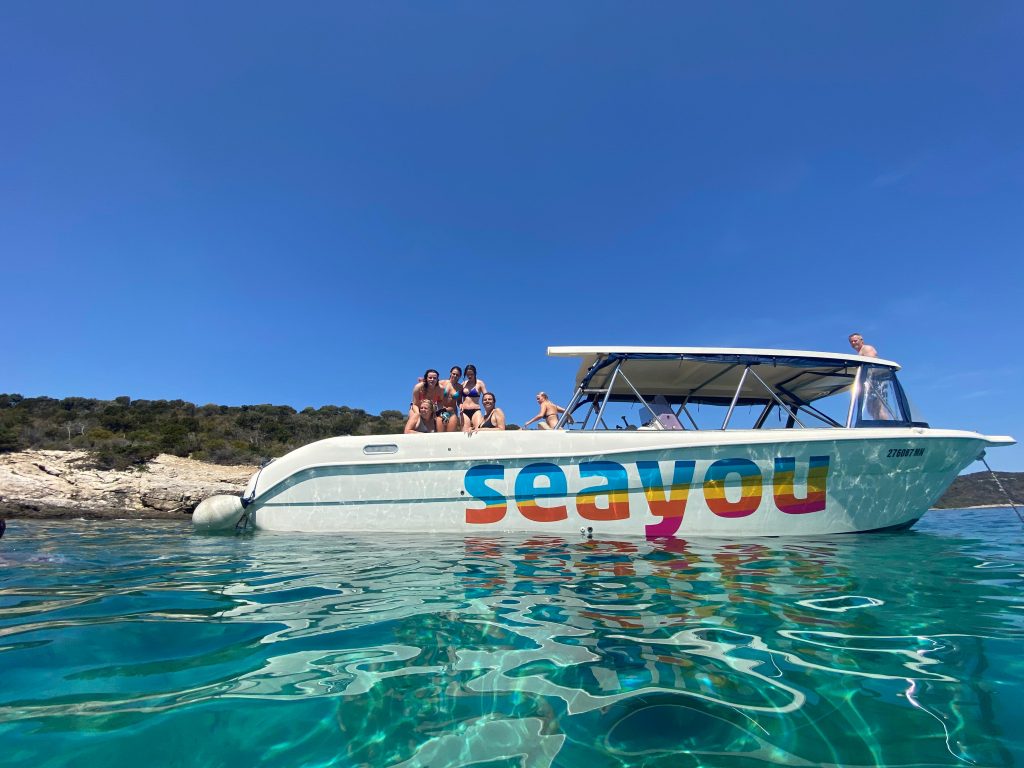
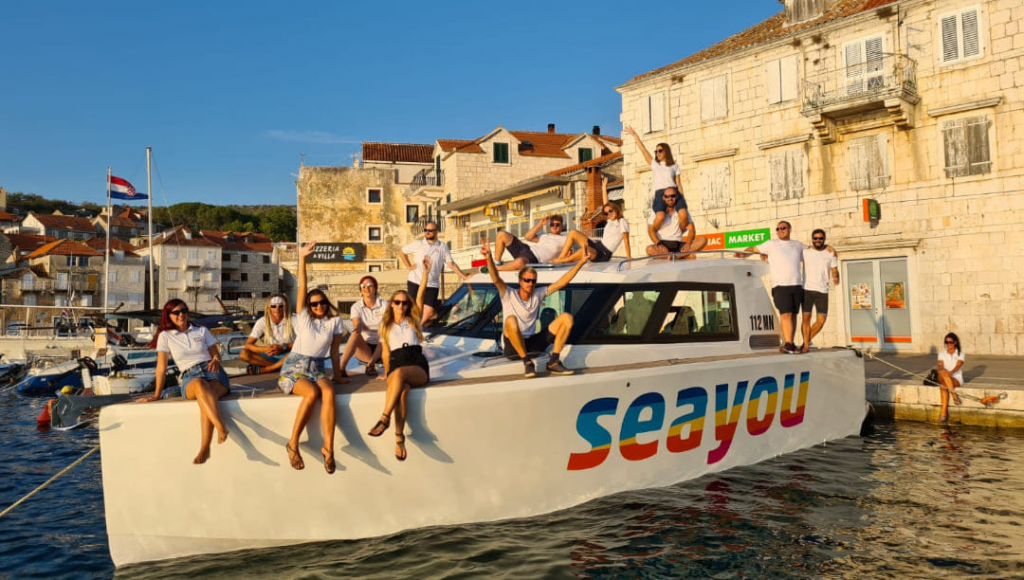
Get better acquainted with the secrets of the deep blue sea and enjoy it like the world’s elite do! Most of these tours are available in either private and group versions, and we’ll be honest, they’re all so enticing that the only issue you’ll face is choosing the right one (or two) for you! When picking one of these wonderful excursions, you’ll be able to visit several stunning locations as part of it.
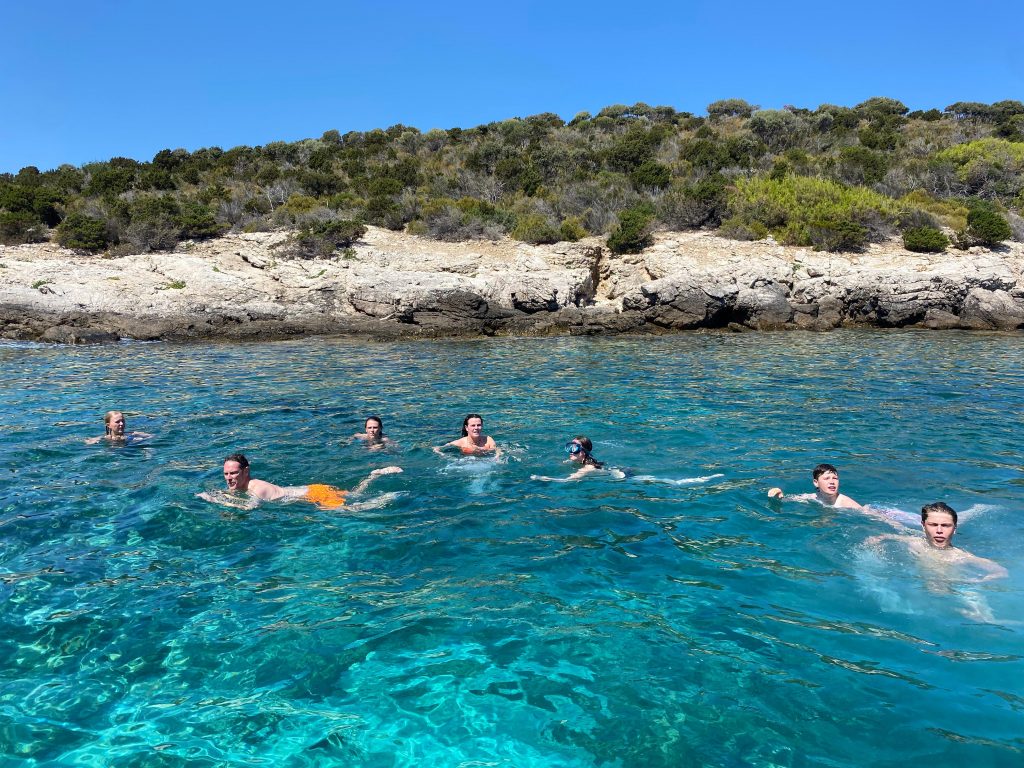
For example, a visit to the famous Blue Cave also includes a visit to some jewels in the crown of the beautiful island of Vis, such as the idyllic Stiniva bay where steep cliffs embrace a secluded pebble beach lying below. There’s also the mysterious military tunnels which rendered Vis inaccessible until 1991. These imposing structures give this astonishing Mediterranean island an unusual and almost cinematic aesthetic.
We have absolutely no doubt whatsoever that regardless of taste and wishes, everyone will be able to find something that suits them when picking through the proverbial treasure trove of SEAYOU tours. Those who are seeking romantic, secret coves will definitely enjoy the Blue Lagoon tour, which includes a visit to Croatia’s picturesque and beautiful so-called “living city museum” - Trogir.
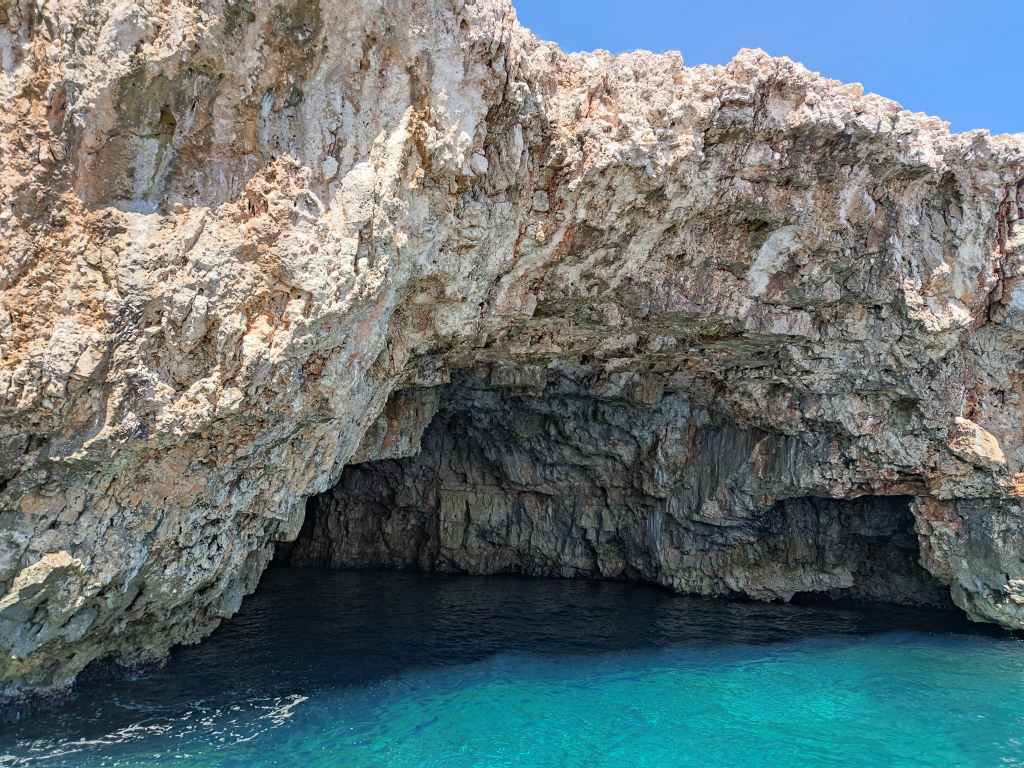

Those who want to experience the glitz and glam of certain Dalmatian island destinations will undoubtedly be more than satisfied with the Hvar by night private tour. They’ll be happy regardless of whether they decide to enjoy an evening on Croatia’s premium island as it bursts with the hustle and bustle of summer, or dance the night away at the Carpe Diem club which is adored by global jet setters. Whichever is chosen - an amazing time for all is guaranteed.

In addition to the aforementioned tours, SEAYOU also offers tours which are much more thematically focused on the island of Hvar, as well as on Bol and the island it is situated on - beautiful Brač. People who really want to push the boat out (quite literally in this sense), can opt for a luxury private tour on a stylish boat that can be completely tailor-made.
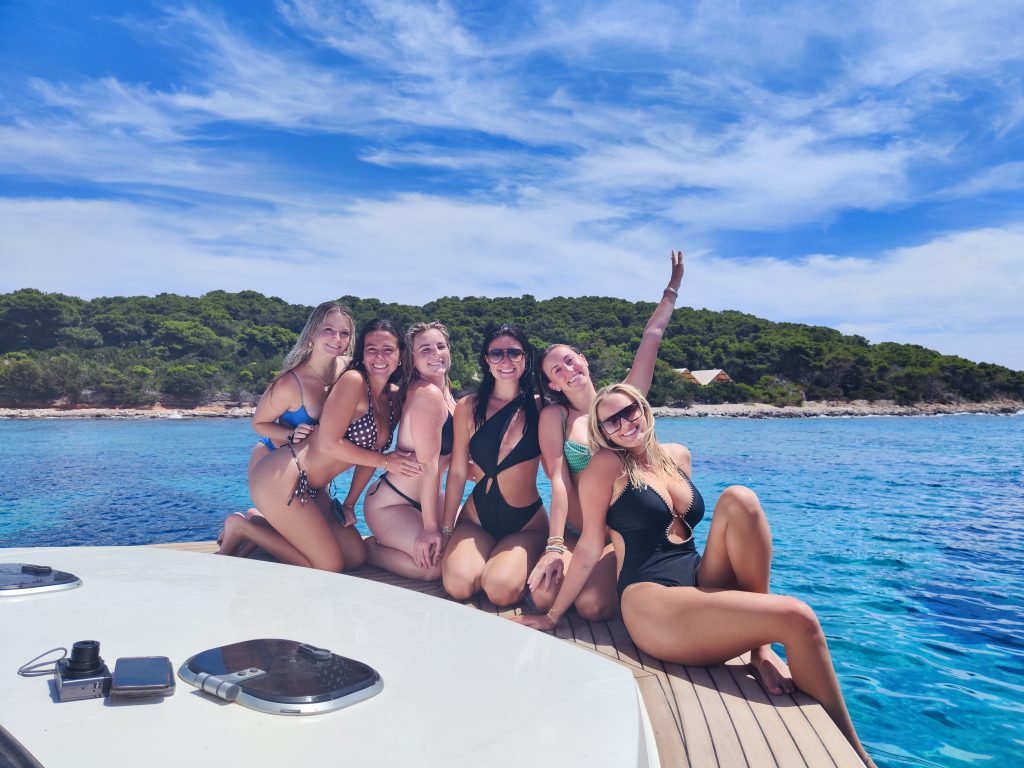
The shining reviews SEAYOU have earned are their very own sea of stories - It’s impossible to miss the reviews which shower SEAYOU with well-deserved praise when browsing their website (www.seayou.com).
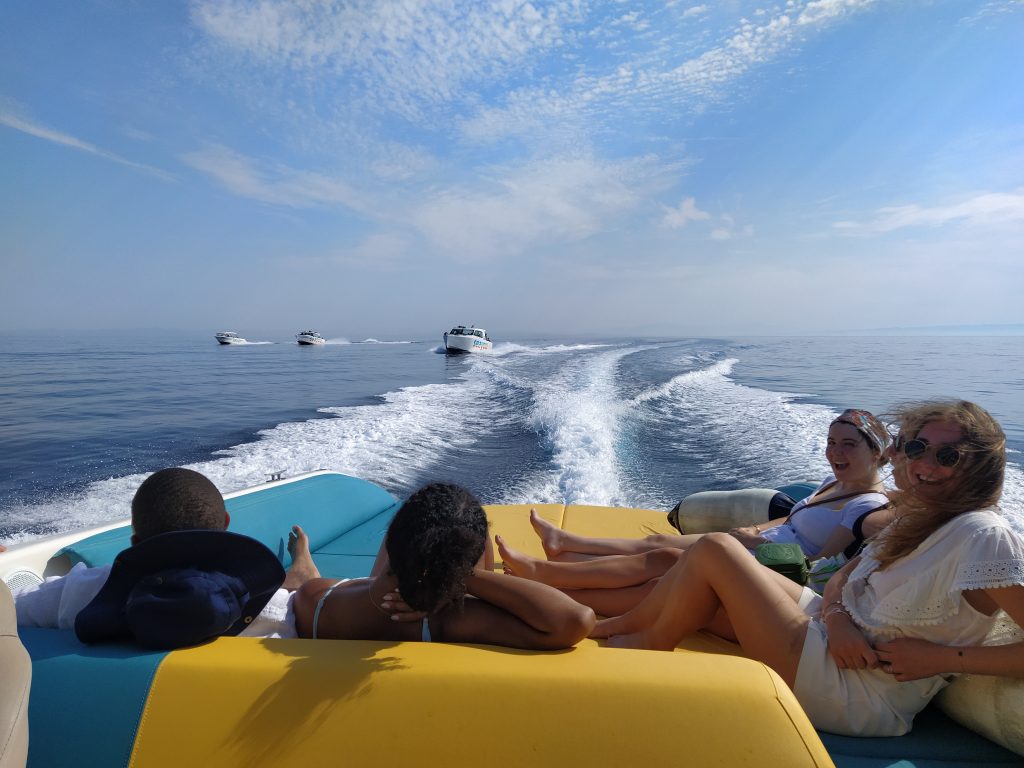
Full of genuine expressions of gratitude interspersed with words like “brilliant” and “amazing” stand out the most. After we scanned these reviews, it was immediately obvious to us that the SEAYOU team don’t only create boat tours, but incredible memories that last a lifetime.


Više: www.seayou.com
Let Split’s museums take you on a journey through time
Croatia is recognised on the tourist map of Europe as a country with a lot of potential, but how can we best present the cultural heritage, historical, natural and all of the other sights that our country abounds in?
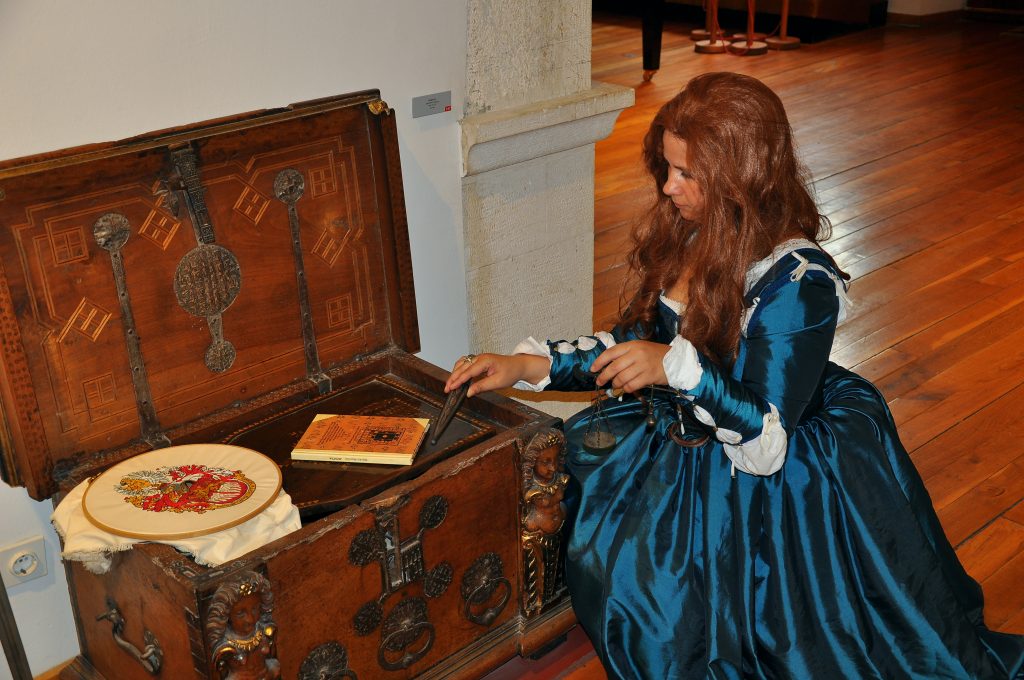
In Split-Dalmatia County, they found an innovative formula - the Dalmatia storytelling destination project, which revives characters steeped in heritage in museums and other important sites and creates thematic interpretive walks. This is a unique project in Croatia and Europe, within which 23 thematic interpretation walks were created and 16 heritage characters were revived.
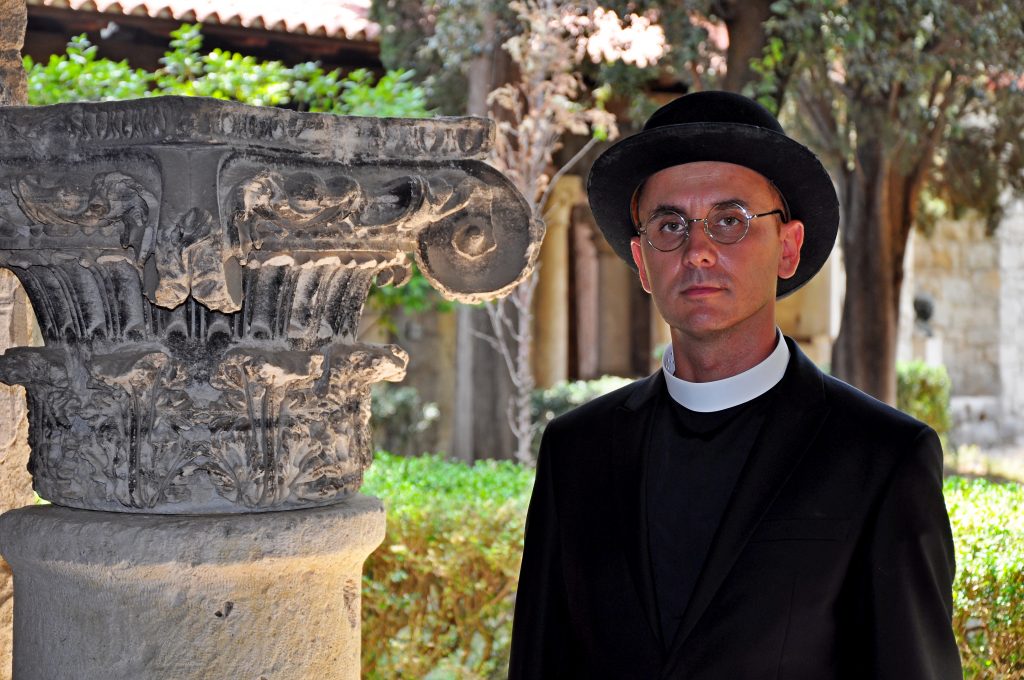
Projekt nije namijenjen samo turistima, već i domaćim stanovništvu. Cilj projekta je kreirati turističke The project is intended for tourists, but also for locals, and works to create tourist experiences through the telling of authentic stories, which will be commercially available to the public through the county storytelling platform in the form of finished tourist products such as themed interpretation walks and costumed guides, storytelling trips and storytelling events. The aim of the project is to preserve and present Dalmatian cultural heritage and develop an offer encompassing year-round tourism in Split-Dalmatia County.
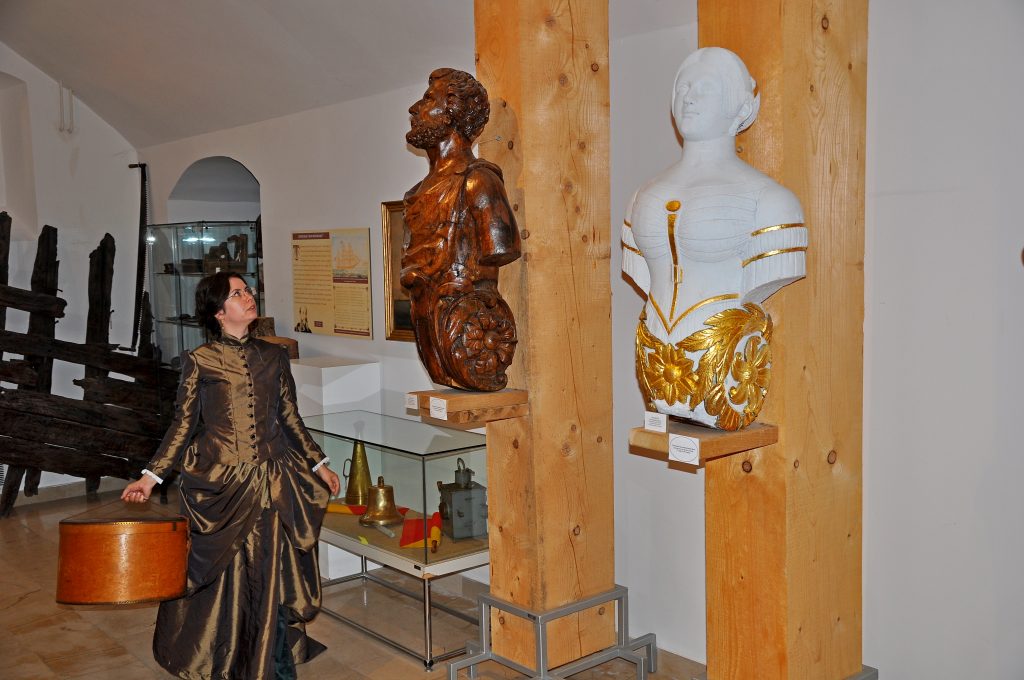
As part of the project activity of reviving heritage characters, costumed heritage interpreters (educated tourist guides or curators) will present the specifics of the museums and/or sites through the life stories of the people they’re dressed as to visitors. As such, they’ll make the stories authentic, picturesque, emotional, interactive and introduce visitors to an experience where together with the performers, they’ll immerse themselves in a kind of time machine from which they’ll emerge richer in knowledge and understanding towards the heritage story they were told and the place they visited.
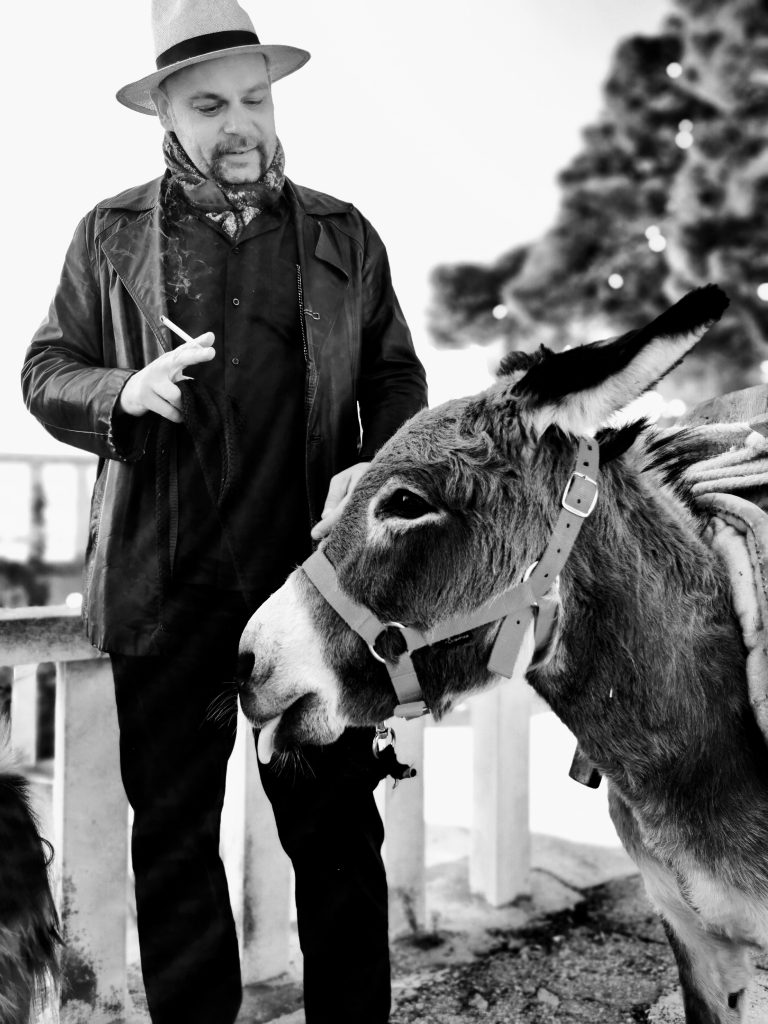
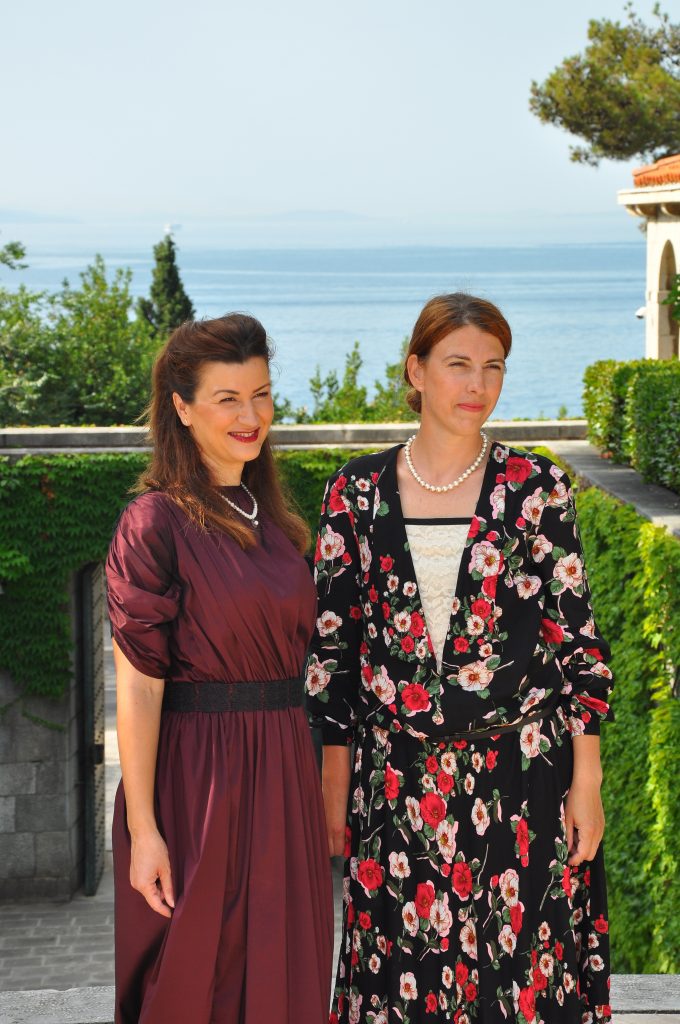
As part of Dalmatia Storytelling, Split's museums will take you on a journey through time where you will experience all of this area’s sheer beauty and sights in full splendor, but also feel sadness, passion, joy, defiance, love - life drivers that lead to wars, and which sometimes direct the circumstances quite unexpectedly, differently, but always interestingly. Travelling through the paths of Split’s stories is a way to emotionally immerse yourself in Split and peek into the souls of its people.

BIRA MARULIĆ’S TOUR, A NOBLE FROM THE 16TH CENTURY AND THE SISTER OF MARKO MARULIĆ
INTERPRETER: GORANA GALIĆ
LOCATION: THE MUSEUM OF THE CITY OF SPLIT
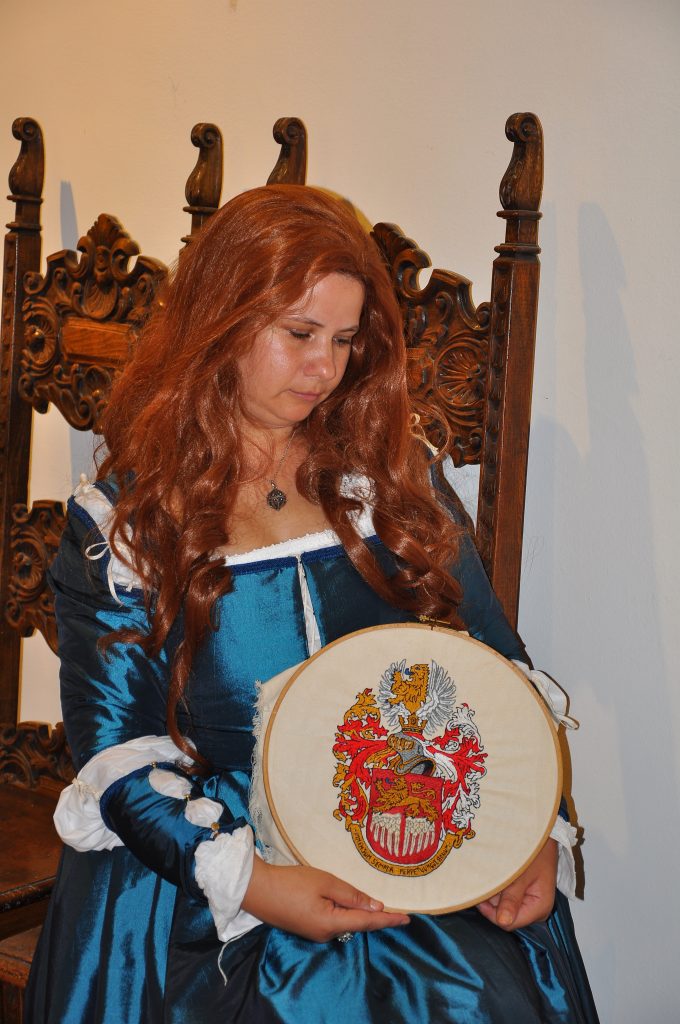
Bira MaBira Marulić was a truly special woman, and with an interpretive walk with this noblewoman (played by a performer) through the Museum of the City of Split, you will learn many interesting things about Marko Marulić, the author of the historical epic - Judita. Visitors will be offered a view of Renaissance and humanistic Split within the permanent exhibition of the museum, located in the Gothic-Renaissance palace of the Papalić family. Back during the 16th century, it was a gathering place for the intellectual cream of the crop of the City of Split, led by the literary bard, Marko Marulić, who enjoyed a great, firm friendship with this family. Back then, of course, Bira wasn’t part of that "male world." She decided very early on that she would be ordained in a nearby Benedictine monastery next to Dioletian's Palace, but despite that, she remained closely associated with her brother Marko.


Stoga će vam interpretatorica koja utjelovljuje plemkinju Biru, sestru oca hrvatske književnosti Marka M
Therefore, the interpreter who embodies Bira the noblewoman, the sister of the father of Croatian literature Marko Marulić, but also a witness of that time, will present the way of life in Renaissance Split, providing her insight as a noblewoman, who witnessed very many turbulent historical and political events.
In her story, she points out the poor position of women at that time who were left as widows or without their fathers and brothers, and thus without the protection of the breadwinners, so they would often seek protection within the walls of the monastery of St. Benedict and the church of St. Euphemia, some of them becoming nuns.
THE MAGDA LUPIS TOUR - TORPEDO INVENTOR IVAN LUPIS’ RELATIVE
LOCATION: THE CROATIAN MARITIME MUSEUM IN SPLIT
INTERPRETER: PETRA BLAŽEVIĆ
If you want to experience the heritage of millennial Adriatic seafaring in an innovative way, join this interpretation tour with Petra Blažević, a curator disguised as a lady from the 19th century.
In going through the museum’s exhibit, you will be able to imagine what it would have been like to live in these exciting episodes of the past. Mrs. Magda Lupis will introduce you into this proverbial time machine and together you will embark on an exciting journey. Thanks to the method of costumed interpretive guidance, you will have the opportunity to gain a completely new experience by following the timeless Miss Magda, a cousin of the famed torpedo inventor Ivan Lupis.
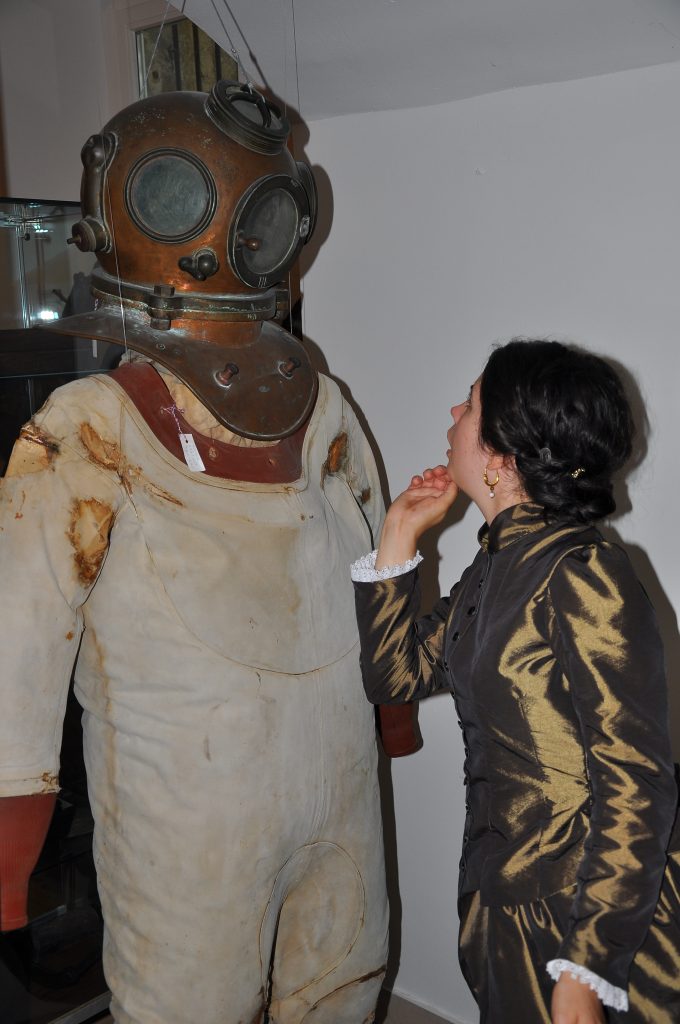
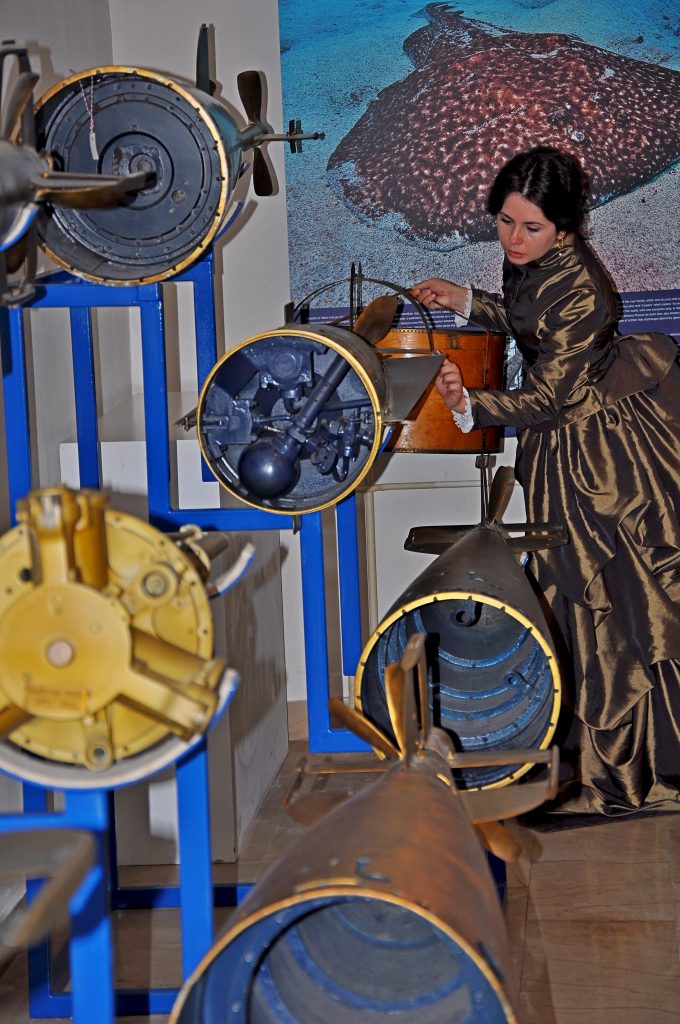
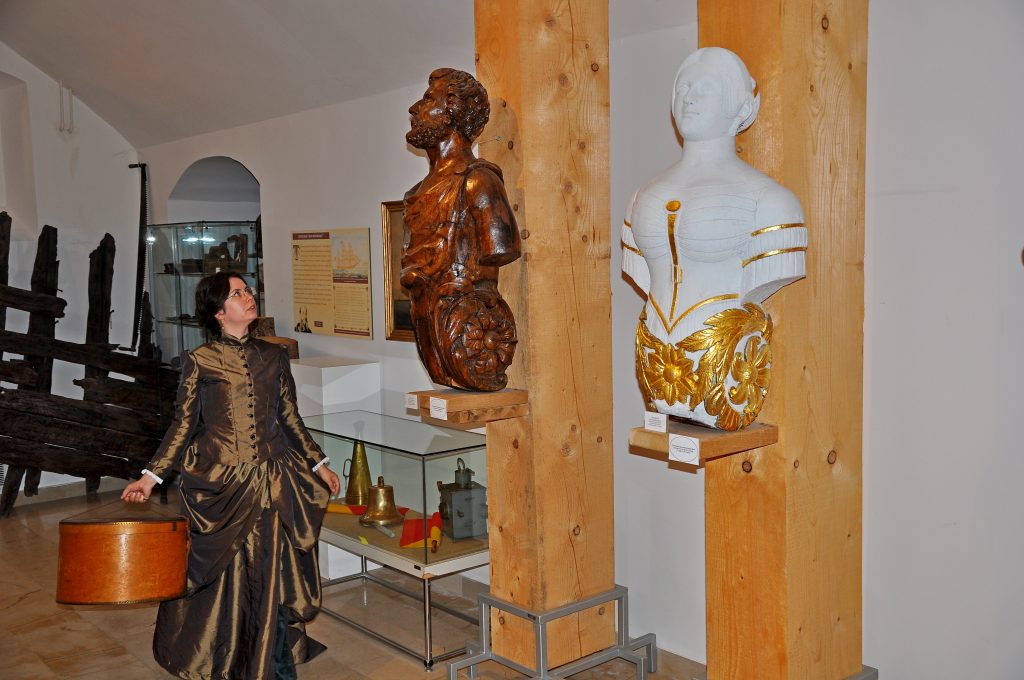
The whole tour revolves around one ordinary break that all travellers, including tourists themselves, experience while traveling to their various Adriatic destinations. This break, however, will be anything but ordinary. The year is 1866, and Magda is on a steamboat trip on the Gruž-Rijeka route and is currently preparing to visit the museum during a break between the arrival and departure of the ship from the Port of Split. If you want to experience Croatian history with the taste of salt in the company of a brave adventurous woman, feel her passion in discovering something new, and also hear interesting stories about the great invention of the torpedo, don’t miss out on time travelling 155 years back to Split's Gripe Fortress.
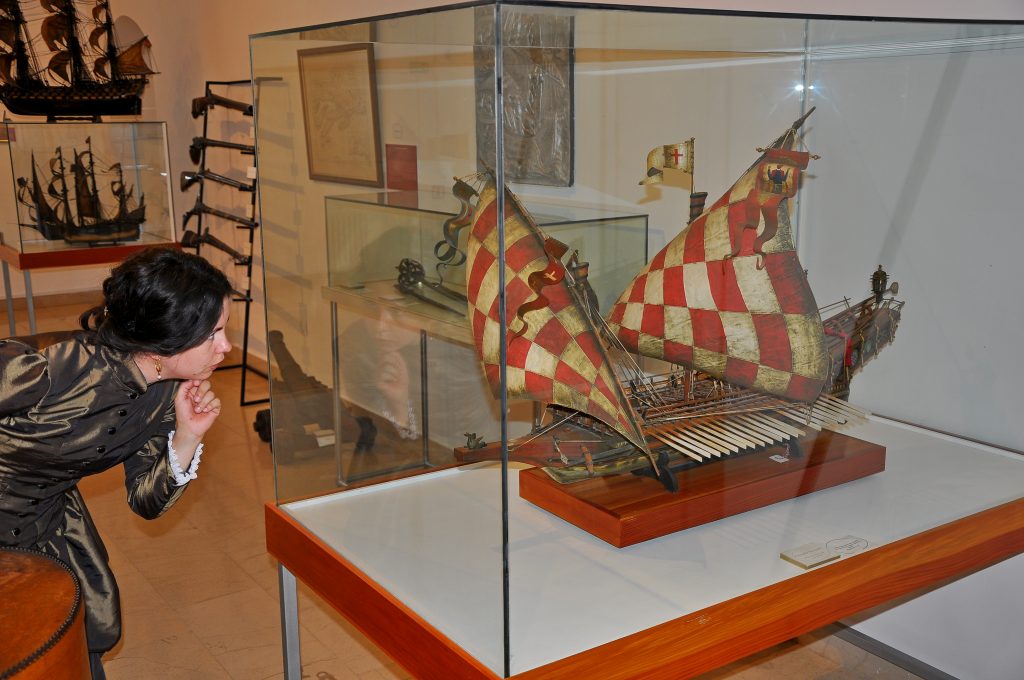
THE REVIVAL OF AUTHENTIC HISTORICAL AND LOVE STORIES FROM VELI VAROS
INTERPRETERS: BOŠKO PAPIĆ AND IVAN BARANOVIĆ
LOCATION: VELI VAROS Interpreters dressed as the famous Mayor of Split Ivo Tartaglia and local fisherman Roko, along with his beloved Cicibella, will take you for a walk through this picturesque suburb. You will learn all the interesting things about this part of Split, and also peek into human destinies, which wrap around these stories like a piece of very fine silk. The special feature of this tour is the discovery of what is not written in tourist guides, real life, woven with many emotions of the local population.
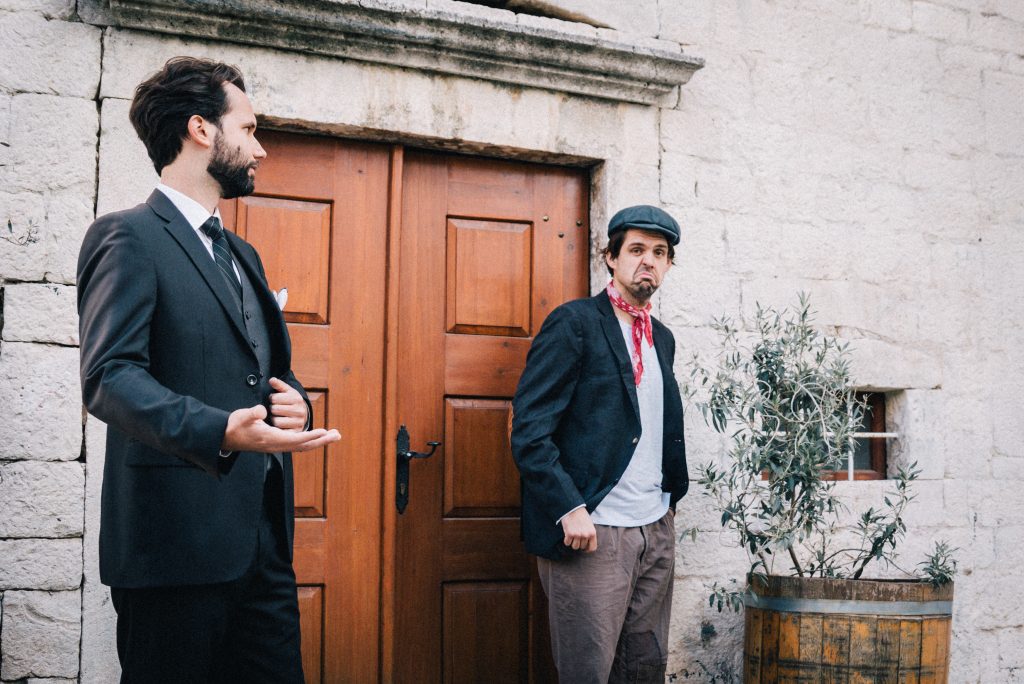
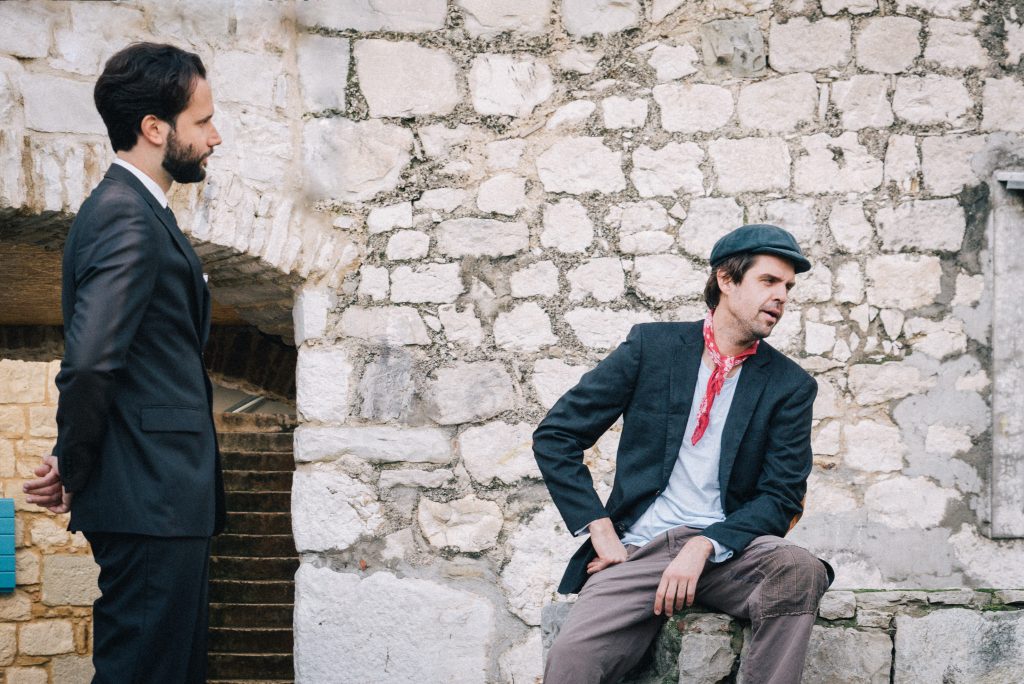
Posebnost ove ture je otkrivanje onoga što ne piše u turističkim vodičima, realnog života, istkanog The tour starts from Matejuška, a small fishing port where the inhabitants live from fishing, before turning to the south side of Varoš where the monastery of St. Francis from the 13th century can be found. Not far from the monastery at that time, the smell of sulfur could be strongly felt. Sulfur springs were discovered by Emperor Diocletian and springs were regularly used for healing, women also used to wash clothes at that same spring.
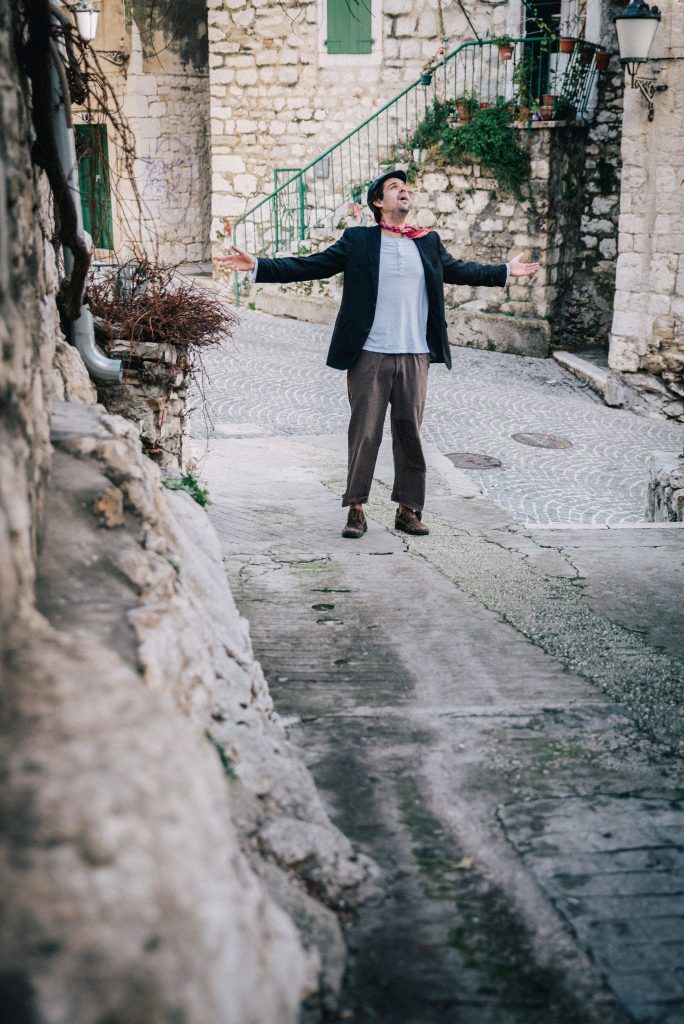
Walking through the small stone streets, visitors will discover what else the people of Split built in the 16th century in order to attempt to defend themselves from the Ottoman conquests, as well as what motives were the eternal inspiration of the famous painter Emanuel Vidović. Roko explains in his own way another peculiarity of Split - a specific sense of humor, prone to ridicule and sarcasm. Roko recounts what the game of hats looks like in moments of entertainment for the locals and how important wine is to them. Mayor Tartaglia presents local taverns as an indispensable part of the town's folklore and fraternity and explains the role of faith in the lives of the townspeople who always dream and hope for a better life. It must be noted that this particular tour isn’t currently adapted for people with disabilities.
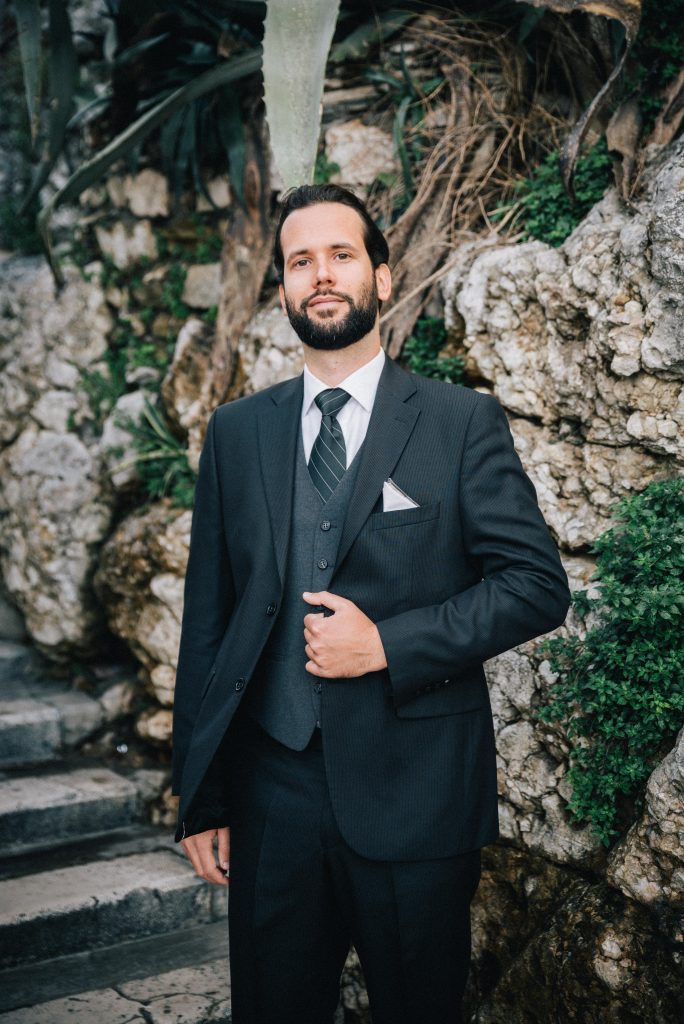
THE STORY OF DON FRANE BULIĆ
VENUE: THE ARCHAEOLOGICAL MUSEUM OF SPLIT
INTERPRETER: NINO ŠVONJA
This costumed interpretive walk begins at the entrance to the museum where Don Frane Bulić, more precisely the performer in the modern day, talks about the history of the museum, with a well-known anecdote about the acquisition of the money for the construction of the building itself.
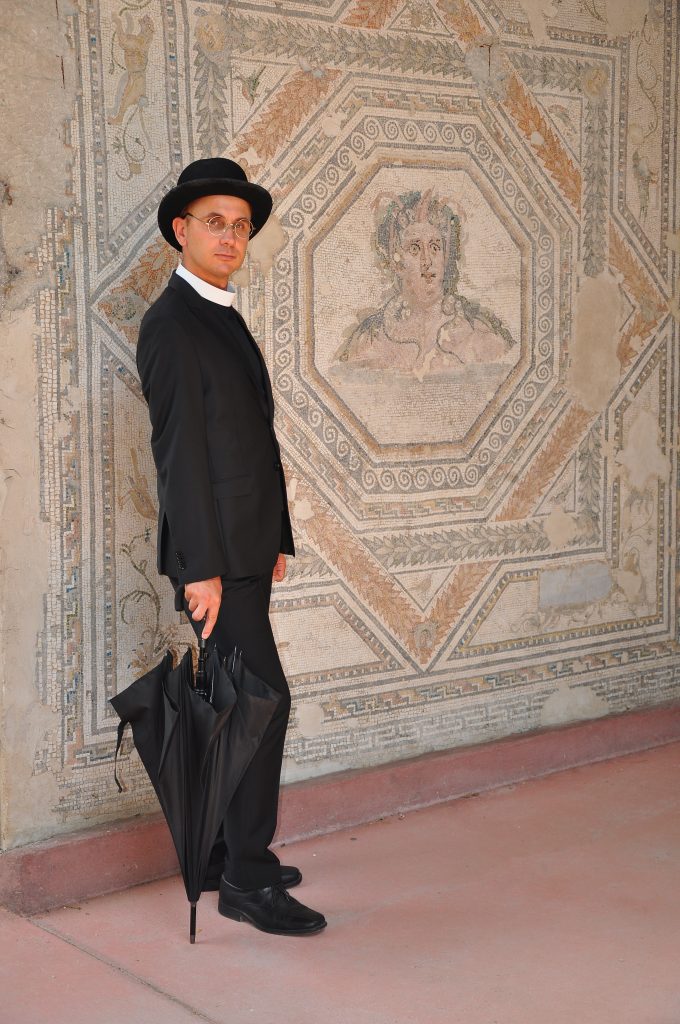
Kostimirana interpretacijska šetnja počinje na ulazu u Muzej gdje don Frane Bulić, odnosno interpretator, g
THE STORY OF DON FRANE BULIĆ
VENUE: THE ARCHAEOLOGICAL MUSEUM OF SPLIT
INTERPRETER: NINO ŠVONJA
This costumed interpretive walk begins at the entrance to the museum where Don Frane Bulić, more precisely the performer in the modern day, talks about the history of the museum, with a well-known anecdote about the acquisition of the money for the construction of the building itself.
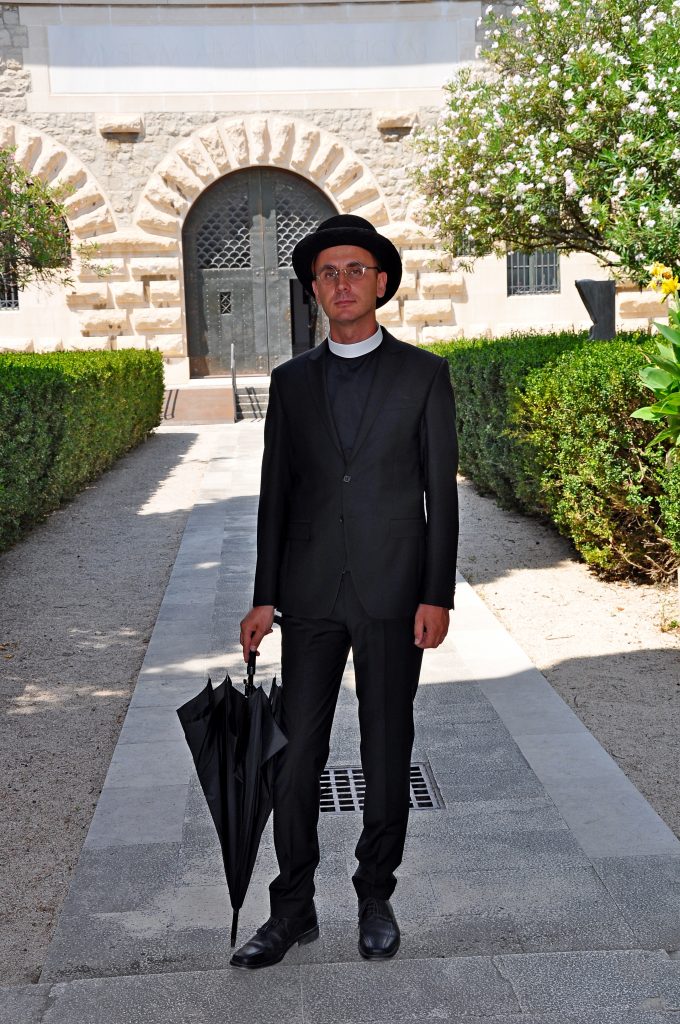
The lapidary can be visited during this tour, as can all of the stone monuments. Don Frane managed to purchase the sarcophagus of Valeri Dinent and his wife for the museum, the only unlooted sarcophagus in Salona (the modern day Solin). Don Frane mentions another sarcophagus - the Sarcophagus of the Good Shepherd. When the building was being constructed, he first had a sarcophagus erected, and only then did he erect a tower so that the sarcophagus could never be carried away.
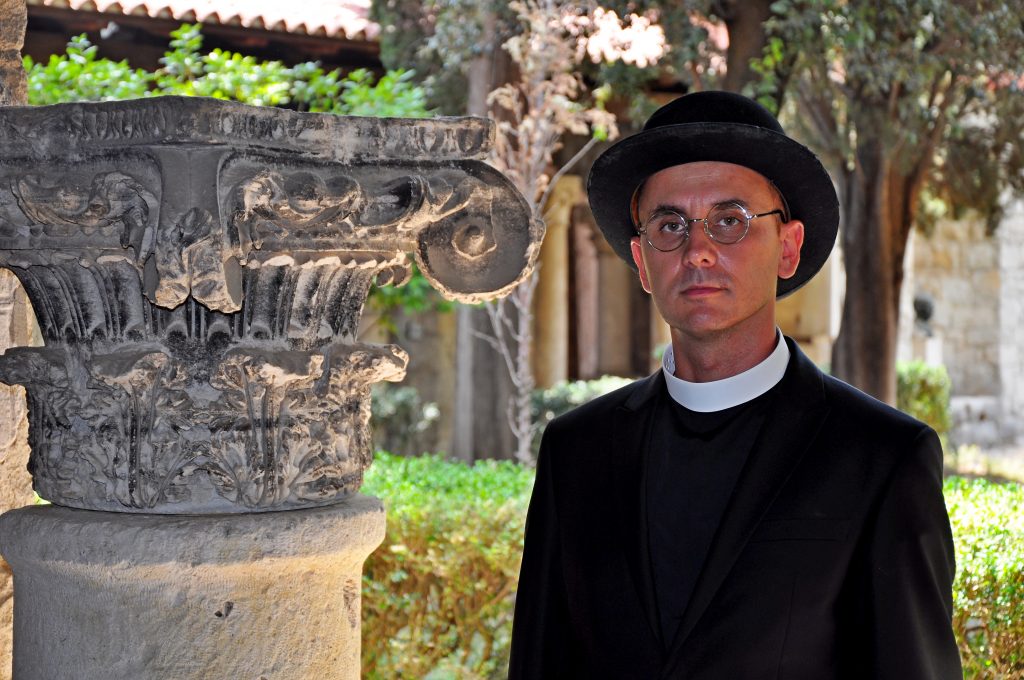
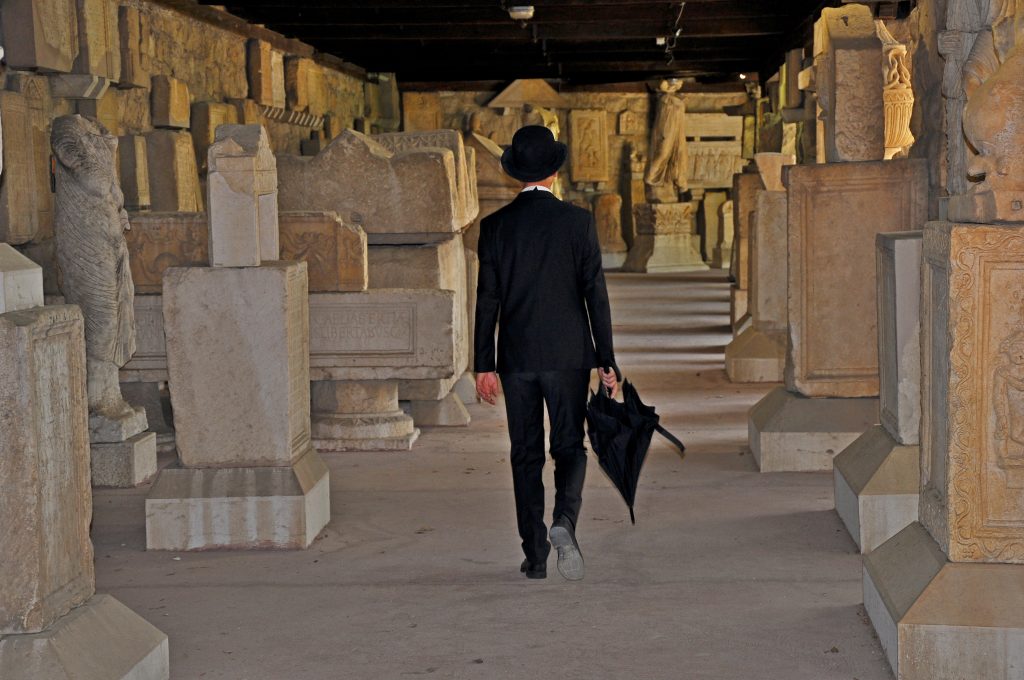
INTERPRETATION TOPIC: OLGA MESTROVIC ON IVAN MESTROVIC
INTERPRETER: IRIS MARINOVIC
LOCATION: THE MESTROVIC GALLERY This tour is a reflection of Meštrović's family life through the memories of his wife, Olga Meštrović. The backbone of the thematic storytelling are the personal experiences and memories from the family life of the artist's wife who talks about the artist's profession and his work - sculptures which are in the permanent exhibition of the gallery.

The direction of this tour follows the chronology of events in their family and life. The tour begins in the garden with a conversation about the construction of a villa in Meje, with a look at the beautiful moments enjoyed as part of family life, in the central hall the theme is getting to know the artist and his wife, their love, their marriage and Olga's character, which is very much present in her husband’s stunning sculptures. More can be learned about their children and Meštrović's mother, and about the family habits and what was on the menu and on the dining table back then. On the upper floor, attention is drawn to the sculptures that reflect the physiognomy of Olga, as well as Meštrović himself.
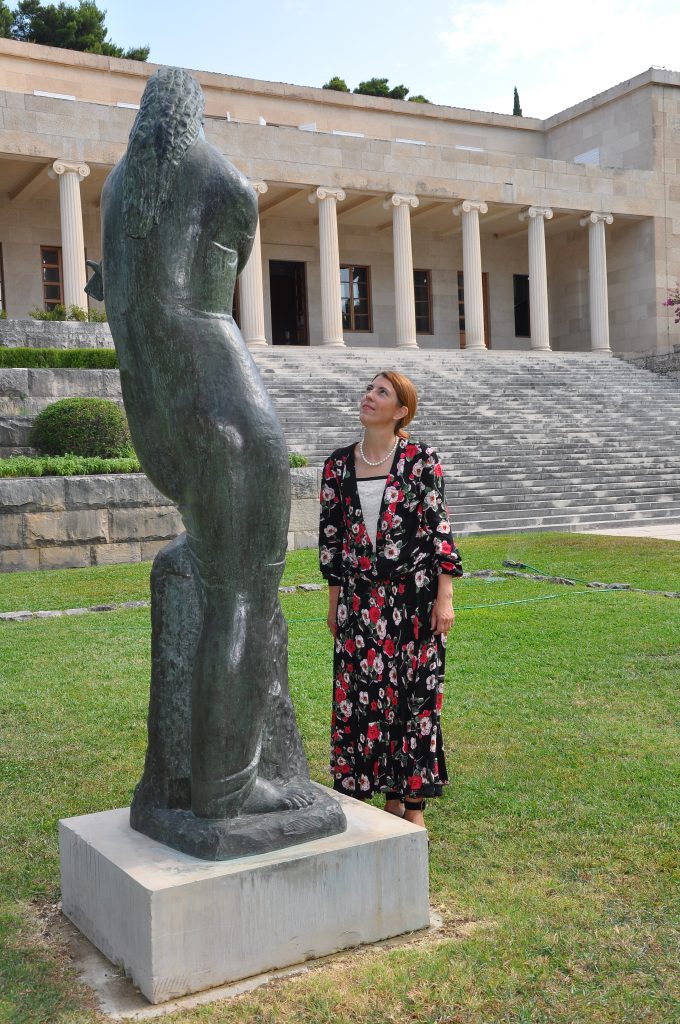
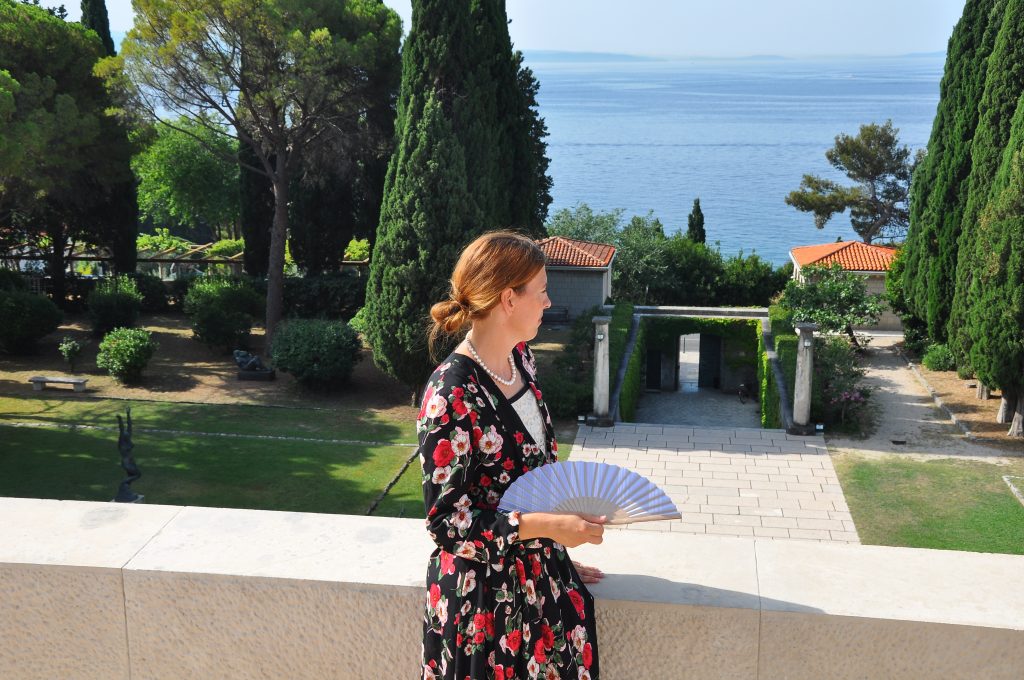
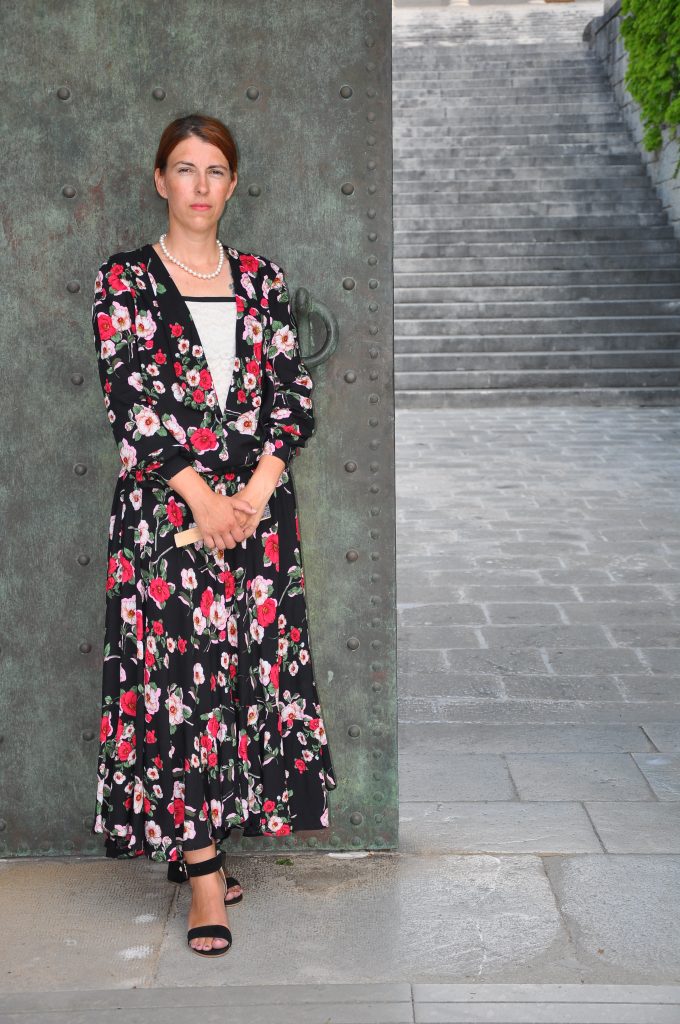
INTERPRETATION TOPIC: RUŽA MEŠTROVIĆ AND THE STORY OF IVAN MEŠTROVIĆ
INTERPRETER: VESNA BULIĆ BAKETIĆ
LOCATION: THE MEŠTROVIĆ GALLERY IN SPLIT
Rosa Elizabeth Klein was Meštrović's first, and very artistically gifted wife, who skillfully mingled in the artistic and intellectual circles of various European capitals, which significantly helped the affirmation of Meštrović as an artist. The tour begins on the central plateau in the Gallery’s garden or under the porch, where visitors are introduced to the house’s history and architecture. What follows is a tour of Meštrović's works from the Viennese and London periods of his life.
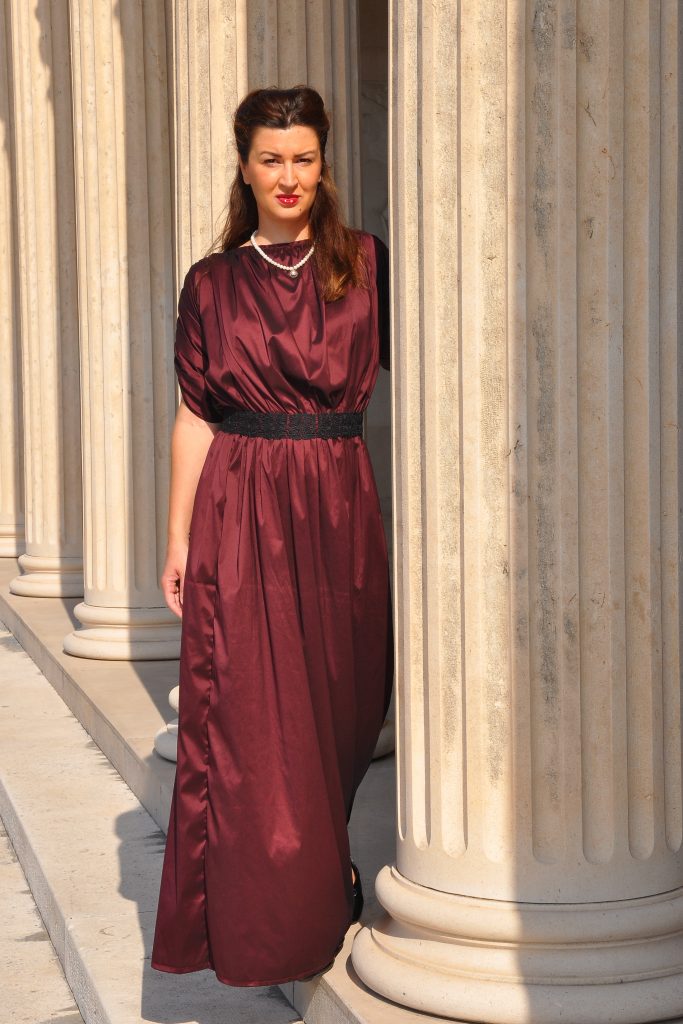
The inner part of the tour starts from the room where one of Rosa’s more sensual, feminine sculptures is located. By the way, the Gallery also houses two works, which she made herself.
In the Secession exhibition room there is also a sculpture called Girl Singing, for which the model was Olga Klein, Rosa's youngest sister. Rosa talks about her childhood, youth and the circumstances of meeting a young Slavic sculpture student in the Austrian capital of Vienna, in a very interesting historical period.
In the central hall next to the Vestalka sculpture, stories about the life of artists across Europe follow. The sacral hall contains a theme that constantly runs through Meštrović's oeuvre, and is especially intense during the construction of the mausoleum of the Račić family down in Cavtat. These sculptures were created as a result of the artist’s sculptural maturity in the 1930s and the beginning of his family life. Here is where Rosa ends her story, passing away in 1942, with Meštrović continuing to live his life with his new family.
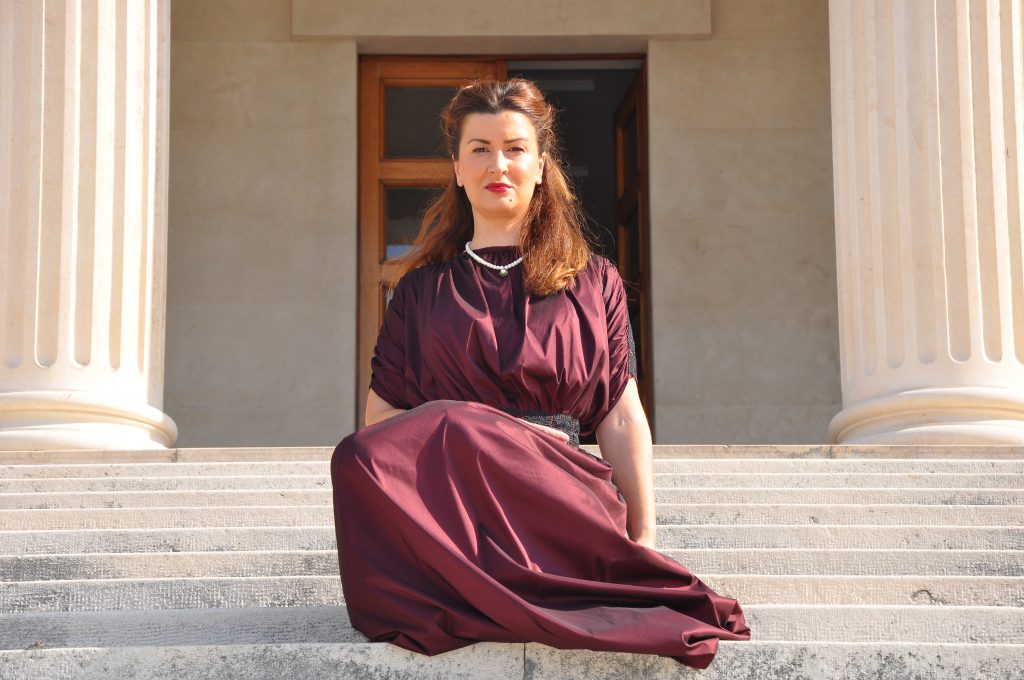
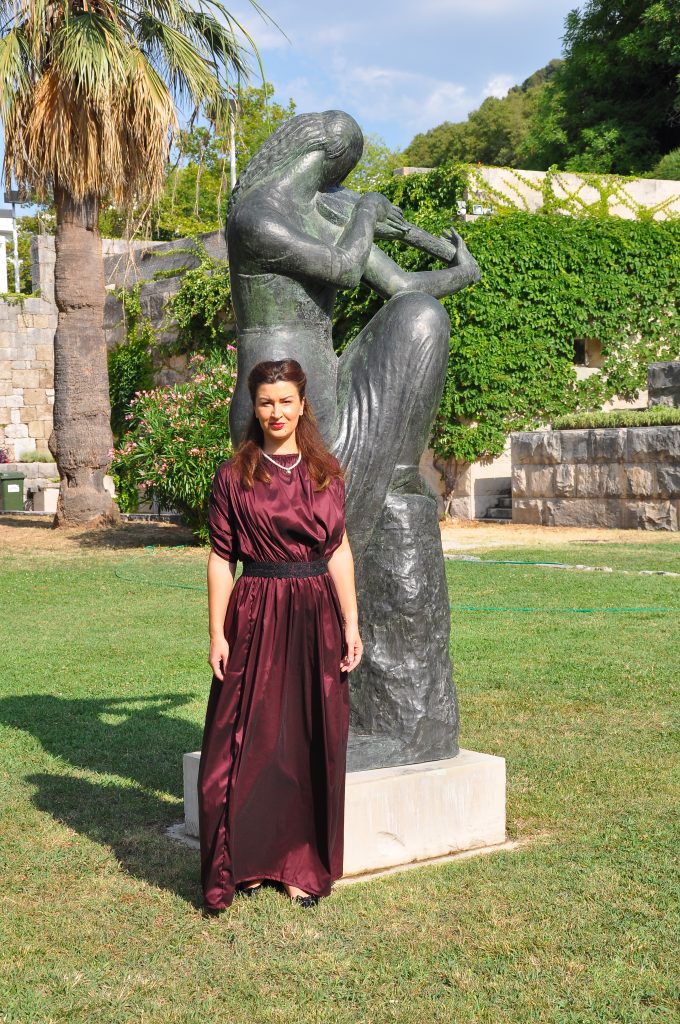
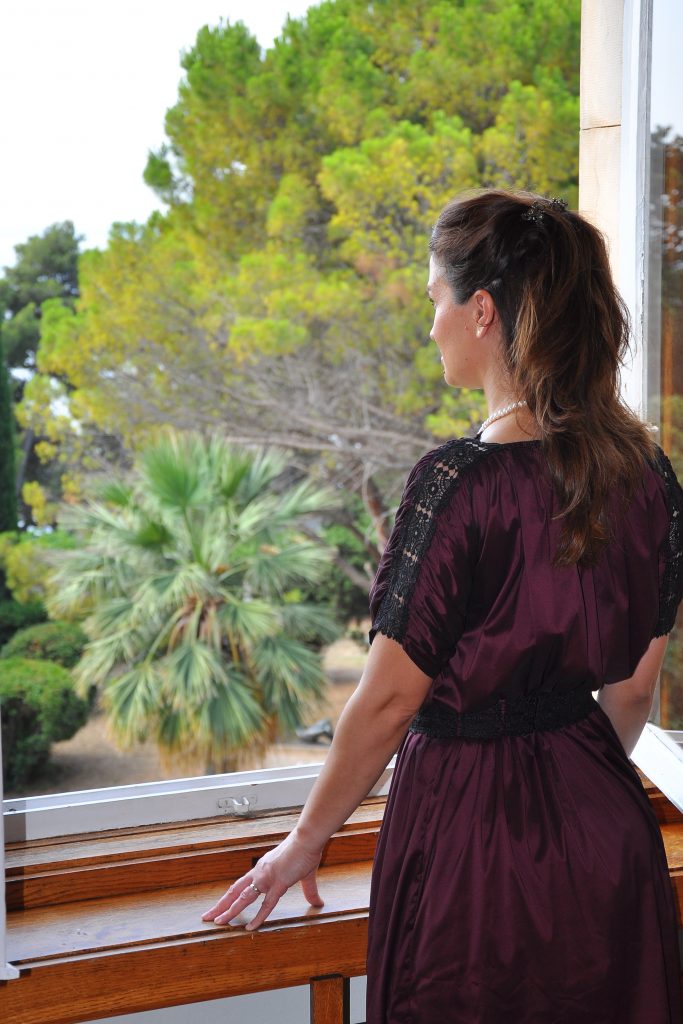
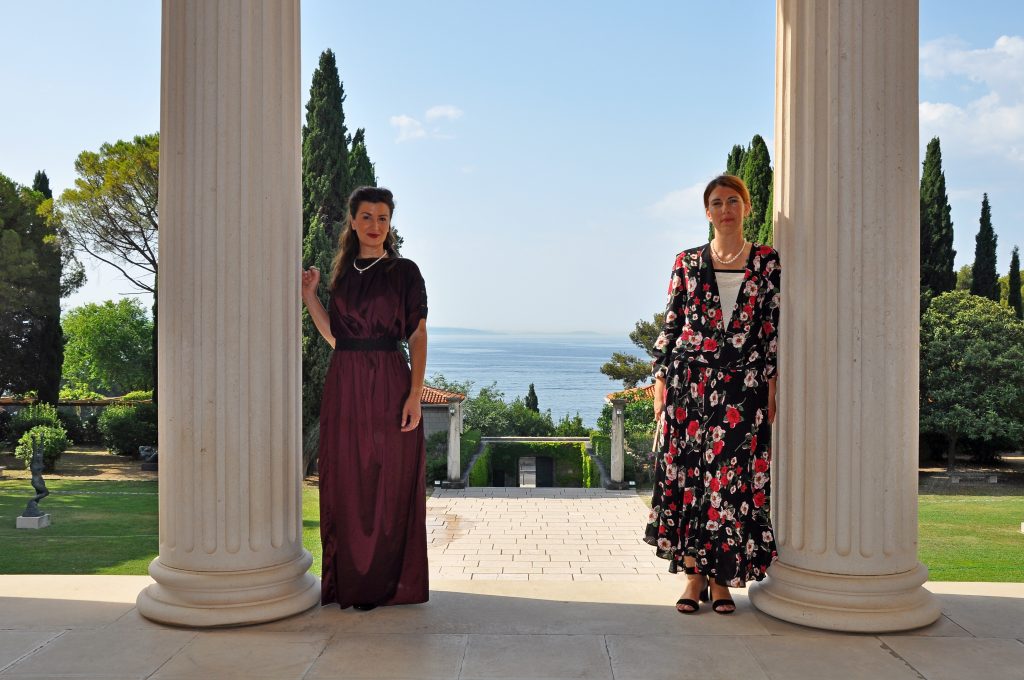
INTERPRETATION TOUR: MARKO UVODIĆ FROM SPLIT
INTERPRETER: HRVOJE COKARIĆ AND MARINA ABRAMOVIĆ
LOCATION: THE NATURAL HISTORY MUSEUM AND ZOO
The interpretation tour includes short stories by Marko Uvodić, published in his work Libar. The focus is on the coexistence of man and donkey in Split, at the beginning of the 20th century. In practice, this is a fifty-minute costumed interpretation of historical heritage, which begins with a walk in the fishing port of Matejuška, through Veli Varoš, and ends in the forest on Marjan, above the church of St. Nicholas. The interpreting team includes both an interpreter and a donkey.
The story relies more on research and the presentation of the coexistence of man and donkey in the Split of old, rather than on highlighting the historical locations of Veli Varoš and Marjan. The focus is placed on bringing the culture of the Split peasant closer, in the historical, political and cultural context of the then Split and of Europe as a whole.
The introduction refers to the then culture of the "little man" from a rather cynical point of view, avoiding the glorification of the local culture. This sort of interpretation is approached critically and satirically and the presentation is suitable for groups of 2 to 20 people. In addition to the standard fifty-minute interpretation, there is also a shortened version of 30 minutes, which ends at the first lookout, and a more extensive version of 70 minutes, which ends at the Split Zoo. The interpretation tour is suitable for people over the age of 10, but is not suitable for people with disabilities due to the relatively long walk involved in the tour.
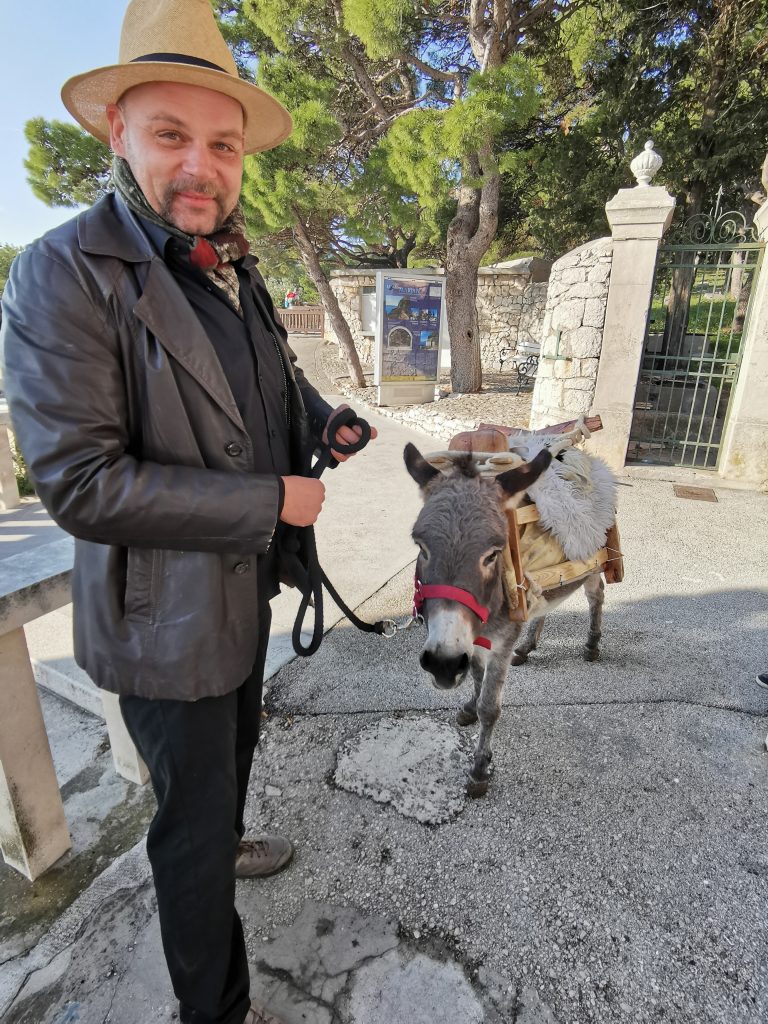

Dalmatia, a storytelling destination - Get better acquainted with the glorious past of Central Dalmatia through antiquity
In every corner of Dalmatia, under every little stone, there is a story that has yet to be discovered…
Split-Dalmatia County can be met and better acquainted with in different ways, and the Dalmatia Storytelling project takes you on a journey through ancient times, proof of the tumultuous history of this region.
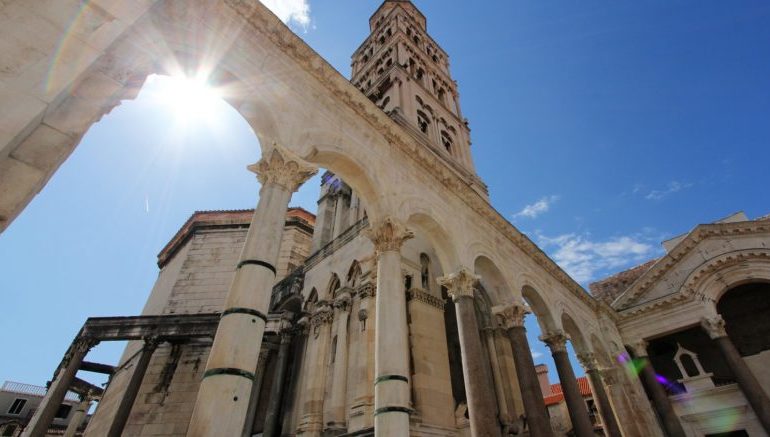
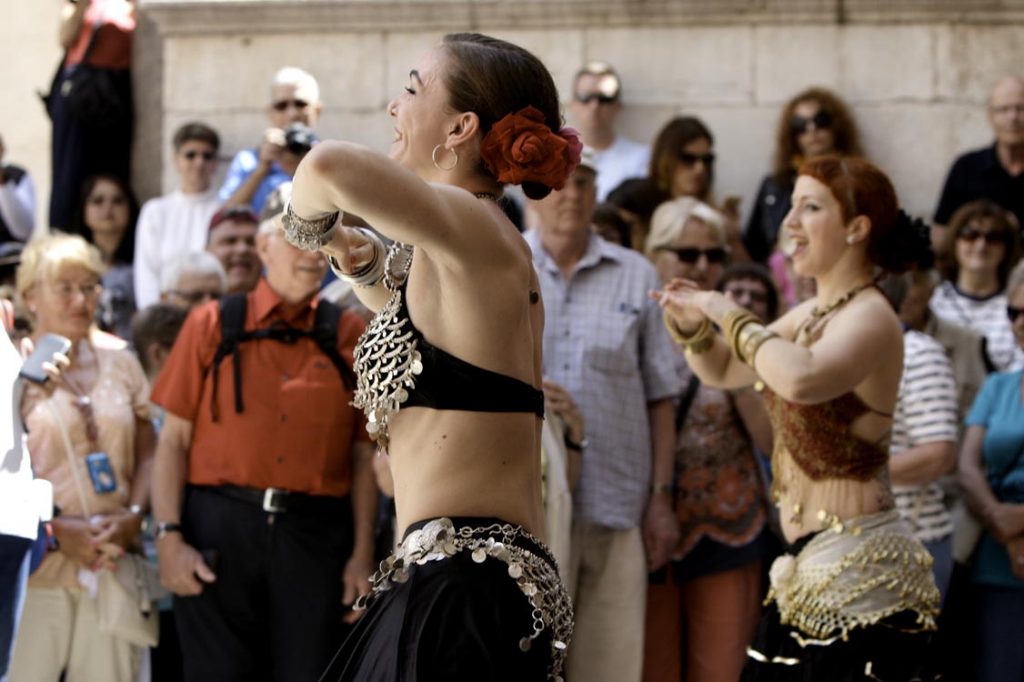
It was walked on by the feet of emperors, many soldiers of Roman legions, numerous pilgrims, and people who were looking for a better place to live, and that is why this area is a lure for tourists who like to travel from the present back in time, if just for a few moments.
The Dalmatia Storytelling destination project revives characters from Central Dalmatia’s rich past in museums and important heritage sites, and creates thematic interpretive walks. This is a unique project in Croatia and Europe, within which 23 thematic interpretation walks were created and 16 heritage characters were revived for the purpose.
Take in a breath of a time gone by...
Why go to Rome, when you can experience the history of the Romans here? Their mainstay was in Salona, an old Roman city which lies very close to Split. Salona isn’t merely referred to as an ancient gem, its historical material showcases and highlights all of the wisdom of the architecture of its time, as does the stunning Diocletian's Palace and the Tilurij (Tilurium) Roman camp.
In this article, we’re going to bring you three interpretive tours performed by licensed guides in the roles of Prisca, Kusija Valerija and Don Frane Bulić, who will take interested tourists on a journey deep into the past.
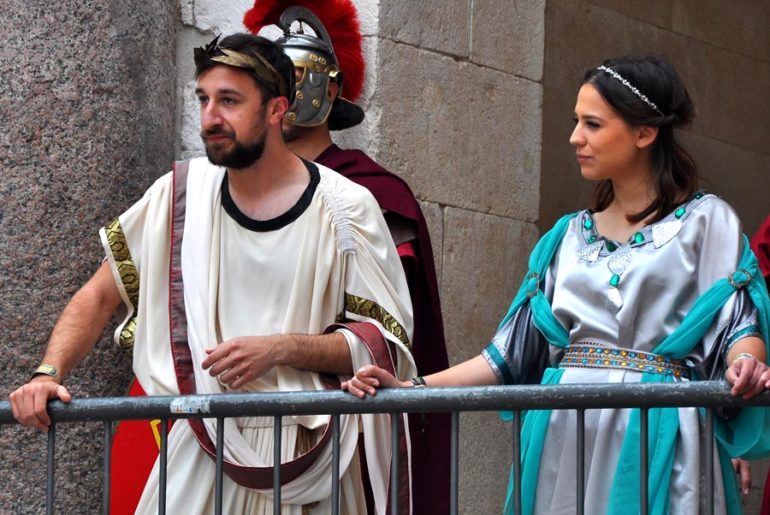
Interpretation tour: With the spirit of Prisca around the Palace
Much is known about the Emperor Diocletian, but much less is known about his life companion. Empress Prisca was a Roman who came from a patrician family. She lived with Diocletian in the palace of the same name, spending her life dedicated to him, conscientiously fulfilling all of the many obligations of a Roman wife, giving birth to his daughter, accompanying him to official dinners, and running the household within the palace.
The palace took a decade to construct and in 305 AD, it became inhabited and was constructed just eight kilometres from the then Roman metropolis of Salona. The palace was then deemed a true wonder, as it looked just like a Roman camp, while also doubling up as a luxury villa.
Accompanied by Empress Prisca, this tour takes you on a tour of the most important parts of the palace, the Silver and Iron Gates, the Peristyle, the Vestibule, the Cathedral - the former Emperor's Mausoleum… Jupiter's Temple. The most important part takes place on the Peristyle, the then ceremonial square, which connected the entrance to the Mausoleum, the entrance to Jupiter’s Temple, and to the south, the entrance to Diocletian's own apartment. Diocletian and Prisca appear on the balcony, he is adorned in a purple cloak, encrusted with jewels and pearls, modelled on the Eastern emperors, the Persians. He raises his right hand and shouts "Ave"!
Close your eyes and imagine these walls covered with a gilded mosaic, imagine the sculptures in the niches and the vaults. What splendor it was! Can you imagine that atmosphere? The morning sun rising from this Eastern opening and illuminating the opposite wall (which boasted a gilded mosaic), so that light is reflected all over the room?
Interpreter: Alemka Krivić
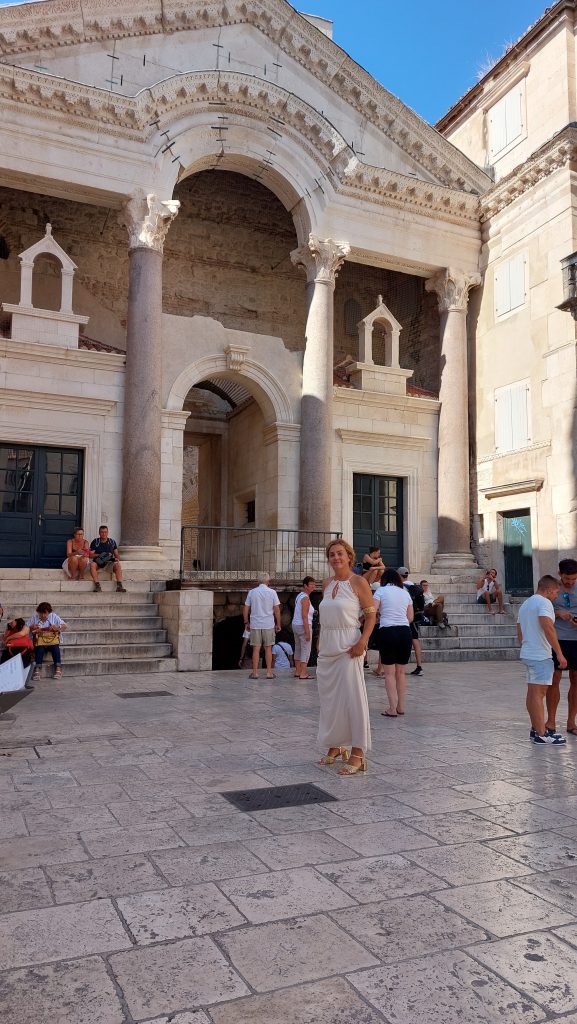
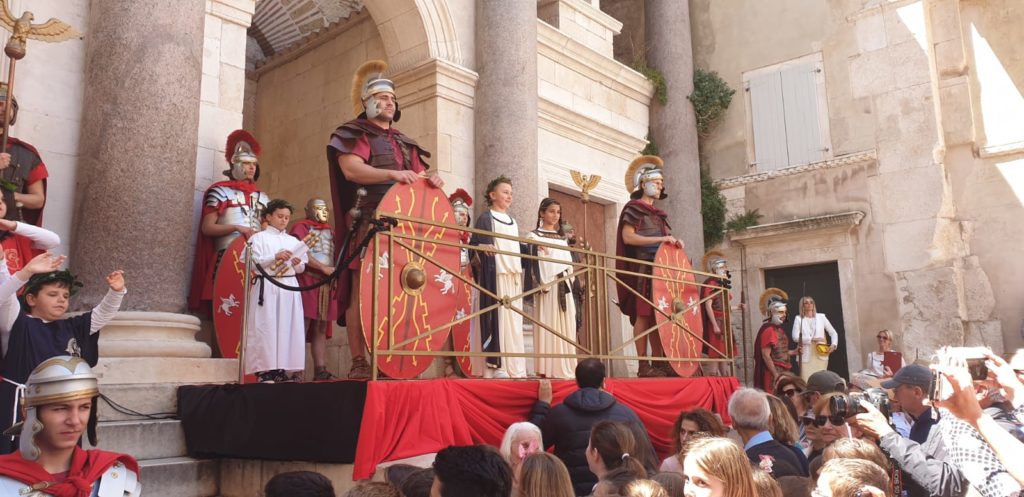
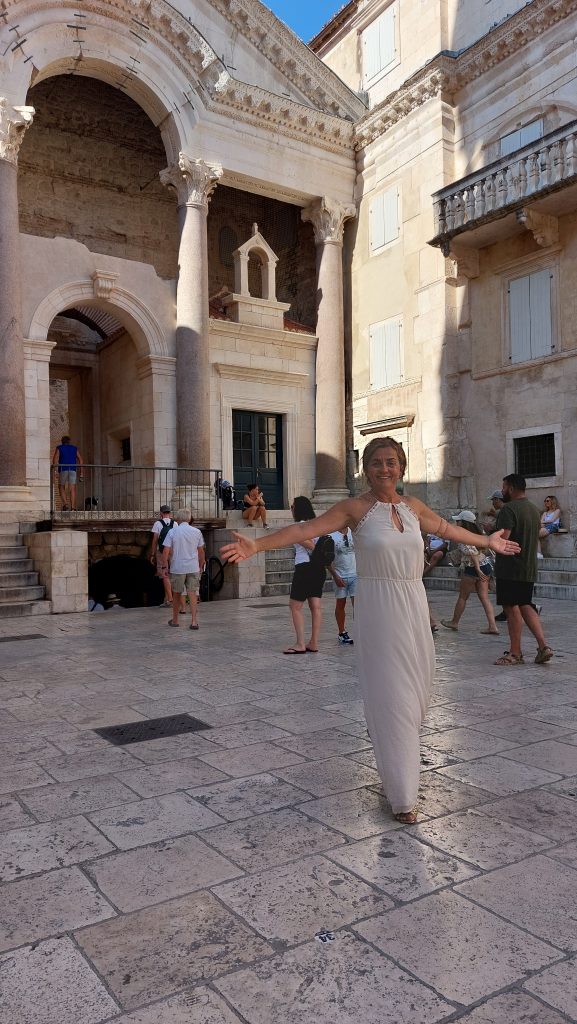
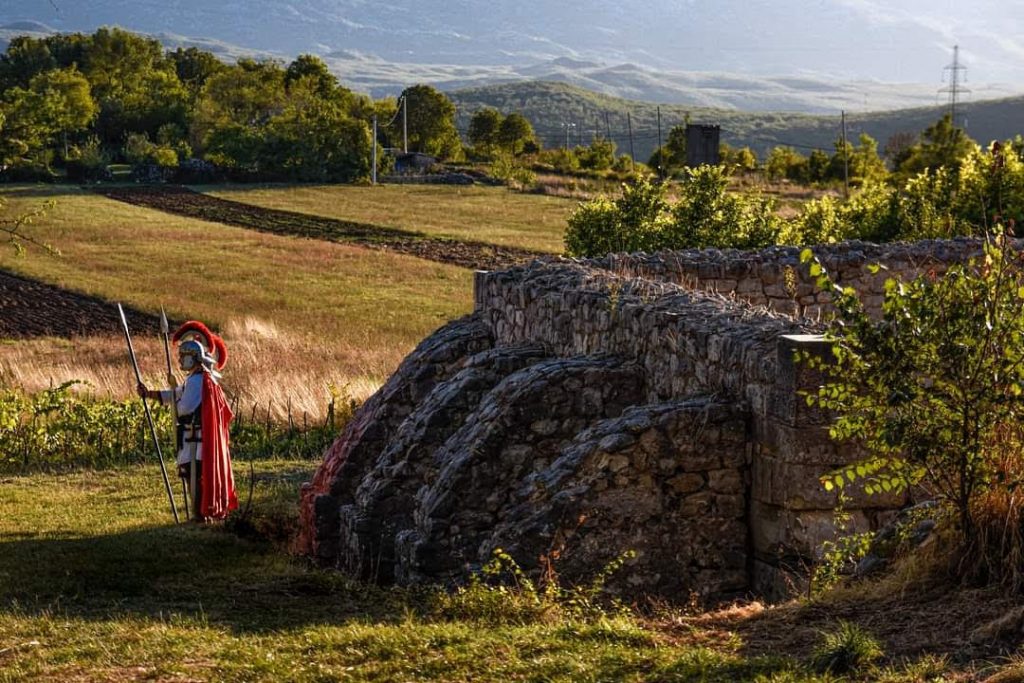
Interpretation Tour: The Story of Tilurium (Tilurij)
The Tilurium Roman legionary camp is located on the northeastern part of the plateau above Trilj, on the right bank of the river Cetina, and it was one of the most important military centres of the entire Roman province of Dalmatia - Camp VII of the Roman legions.
It covers an area of about 12 hectares, and today the ancient settlement is covered by the central part of the village of Gardun, which towers over Trilj. The camp is located in a strategically very important position, since the altitude dominates the surroundings and thus enables the control of communications across the river Cetina.
It has been systematically researched archaeologically since back in 1997. The excavations resulted in imposing remains of architecture and numerous movable discoveries, and two Roman tombstones were found in the neighbouring village of Vojnić. One belonged to Lucius Cusius Anharen, a freedman who died at just 20 years old, and on whose character the interpretive walk of the Museum of the Trilj Region in Trilj is based.
The project is performed by licensed guide Sanja Budić Leto who takes the role of Roman Kusija Valerija, who will lead interested tourists through the story of the camp and what each day looked like in this sort of life from a woman's perspective.
This storytelling tour will present the way life was lived back in those ancient times in an innovative and interesting way, as well as reveal the history. It will certainly be an unforgettable experience and a valuable source of new knowledge, both for tourists and for our fellow citizens.
Interpreter: Sanja Budić Leto
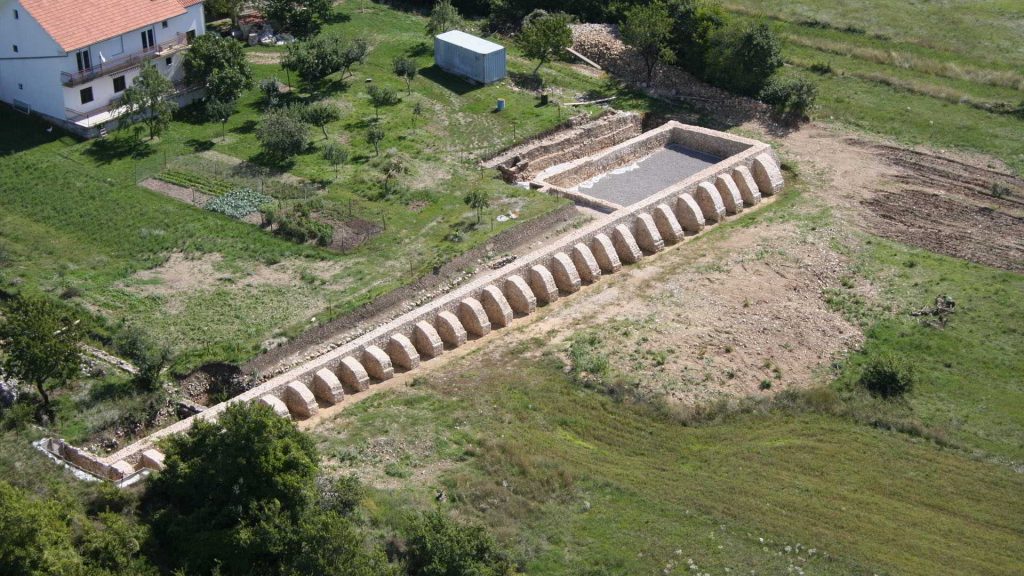
3. Interpretation tour: Don Frane Bulić
The costumed interpretive walk begins at the entrance to the Museum where don Frane Bulić, i.e. the performer, talks about the history of the Museum, with a well-known anecdote about the acquisition of money for the construction of the building. Don Frane was in an audience with the Emperor and told him about the problems of the obsolete building of the Museum.
The Emperor then wrote a receipt for the allocation of the necessary funds. But what matters is what stamp the Emperor placed on that document. If he put a small stamp, the Minister would certainly give some amount, but if he put a large one, then the Minister must give the full amount. When the Emperor wrote out that confirmation, he reached for the small seal, but Don Frane anticipated that he’d do so, and himself added a large seal.
The lapidary and stone monuments are also visited on this tour. Don Frane managed to purchase the sarcophagus of Valeri Dinent and his wife for the Museum, the only sarcophagus in Salona (today's Solin) to have avoided being stolen. Don Frane also mentions another sarcophagus - the Sarcophagus of the Good Shepherd. When the building was being constructed, he first had a sarcophagus erected, and only then did he erect a tower so that the sarcophagus couldn’t be taken away.
Interpreter: Nino Švonja




Dalmatia, a storytelling destination - Take the Adriatic Highway for an unforgettable storytelling road trip!
The Adriatic Highway is one of the most beautiful roads in the whole world. If you find yourself visiting Split-Dalmatia County, from whichever side you approach it, from the direction of Trogir or Makarska, from the sea or from the beautiful Dalmatian hinterland, you will be amazed and fascinated by the rugged coastal landscape, the azure blue Adriatic Sea in which islands are scattered like pearls... The richness of the past and the present intertwine along the entire coast and hinterland. On some of the hills, you will notice both towers and former forts each telling their own stories and the often tragic fates of well known local heroes…
With this article, we’re going to take you on an unforgettable "storytelling road trip" through three cultural interpretation walks, which are carried out as part of the Dalmatia Storytelling destination project, accompanied by licensed guides.
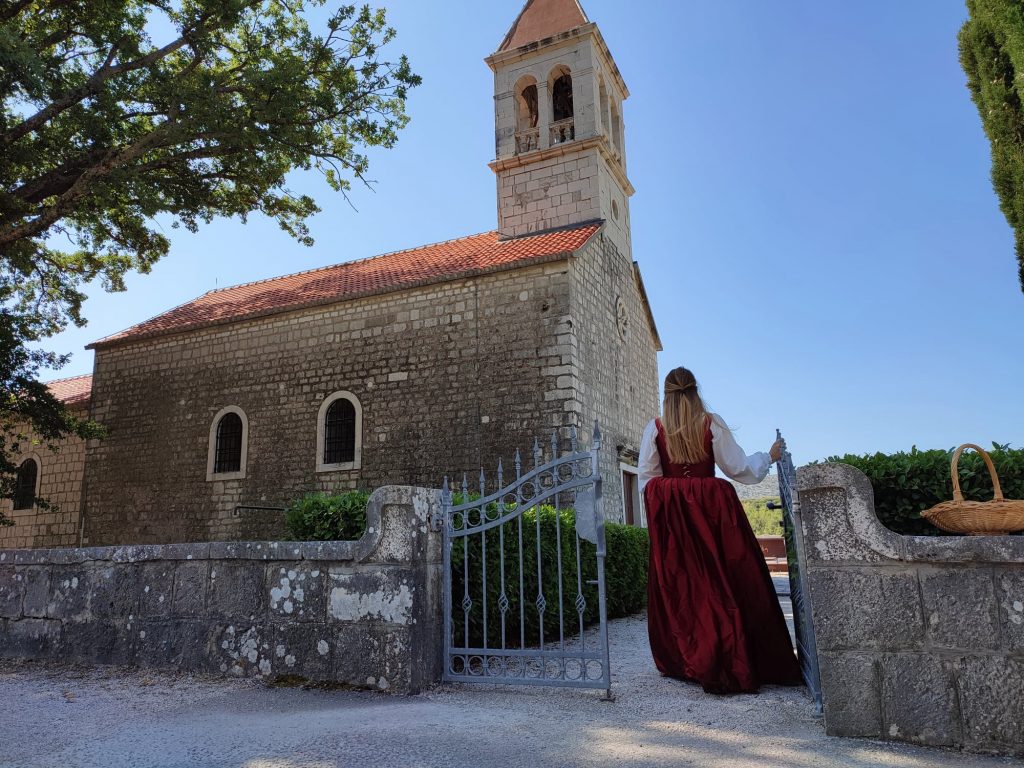
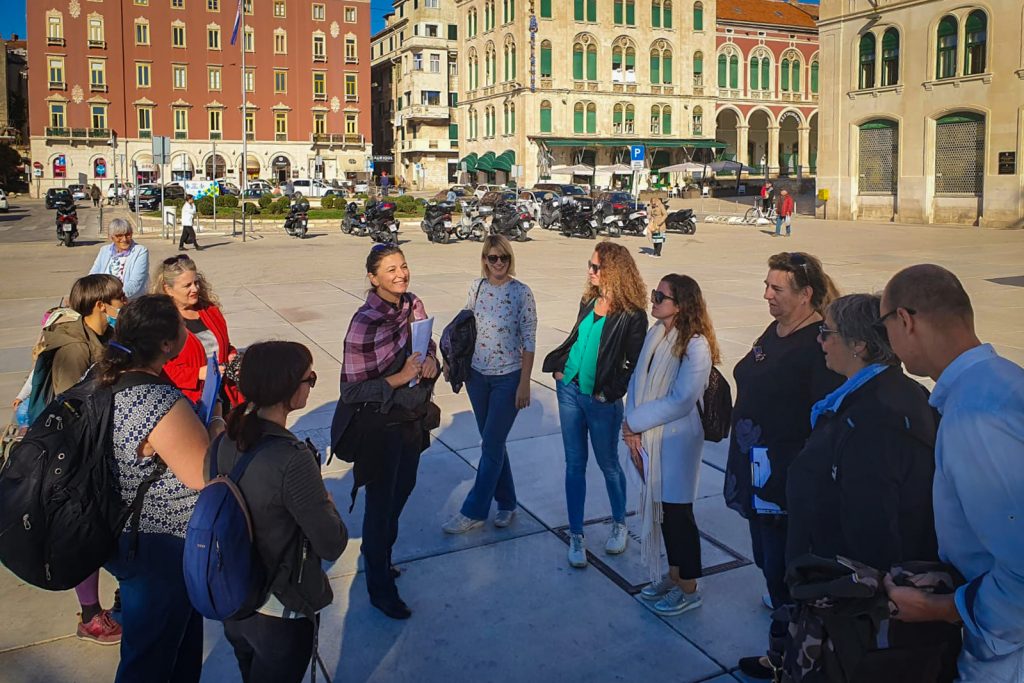
Sixteen reasons why I love Split
Interpreter: Nila Tudor
The tour called Sixteen reasons why I love Split tries to bring Split closer to those who know absolutely nothing about it through simple stories. The tour starts from the beginning of the Riva (Split’s waterfront), with a look at Pazar, which includes the unmissable local coffee and more which encompasses the Split mentality and the phenomenon of always wearing sunglasses, which is characteristic of Split - it’s one way to learn how to recognise who is a citizen of Split in another city, and who is a foreigner visiting Split.
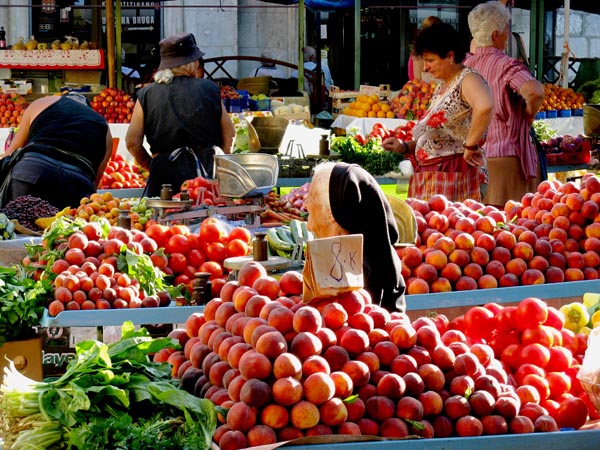
On this tour you will learn how Split owes its name to a seemingly ordinary, fragile, but in fact powerful flower. This plant is called Spanish broom - and the Greek name of this plant is - Aspalathos. Spanish broom was once very widely used for making nets, ropes and as a textile raw material.
Our tour then continues to the model of the Palace, where the story of the construction of the Palace is presented, more about Emperor Diocletian can be learned, and then the tour continues through the cellars which reveal their secrets to us and narrate the continuation of the life of the Palace through many centuries past, all the way to the present day, with special reference to the reason as to why these cellars are so remarkably well preserved.

The easy walk continues on the Peristyle where the Sphinx tells us its story, and the mausoleum/church with its stunning bell tower evokes awe and a desire to visit in everyone who sees it. All of these elements are merged together and permeated into one truly fantastic natural stage - Split’s Peristyle. From the Peristyle, the tour continues in the direction of the Golden Gate with the story of Split during the Middle Ages, revealing some hidden details along the street, from its beginning to the end and telling a childhood story about when the Palace seemed like another world through the naive eyes of a child.
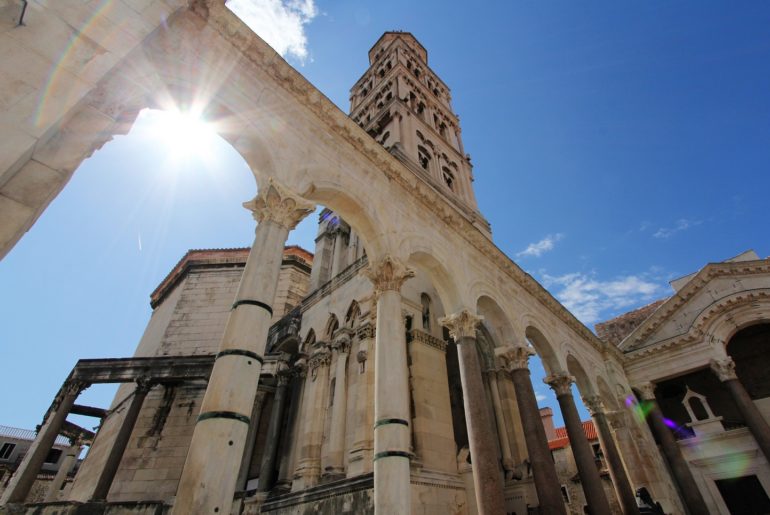
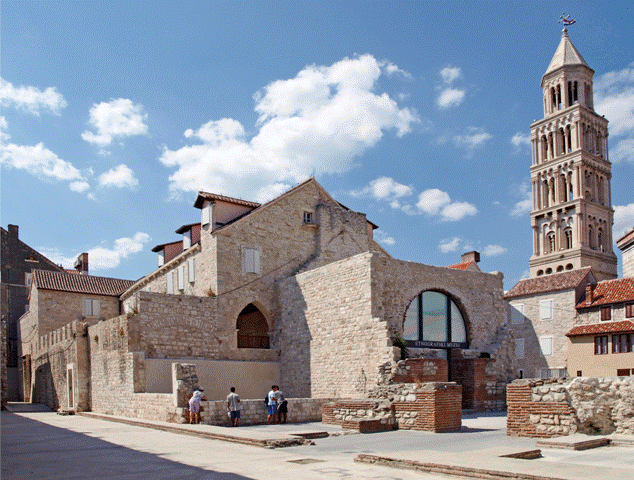
D
Arriving at the defensive courtyard, the church of St. Martin and below the Golden Gate.
We conclude and round off the tour by returning to, this time, the famous Dalmatian mentality that we can work to properly present through the characters of Gregory of Nin and Meštrović.

Stories and legends about the Omis pirates
Interpreter: Senka Vlahović
"Many of our visitors don’t know that once upon a time, access to the city of Omis was not only impossible but also life-threatening. How this situation came to be, quite understandably, will be asked by many people. Today, it is easily reached from all directions, by water - the sea and the river Cetina, but also by land - the Adriatic Highway and the canyon which leads down from the hinterland of Omis.
The answer to this question lies in stories from way back in the Middle Ages. During the time of the Dark Age, sandwiched between the hills and the sea, surrounded by the sparse karst soil, the people of Omis managed to survive as they knew how, so among other things, they worked as pirates.
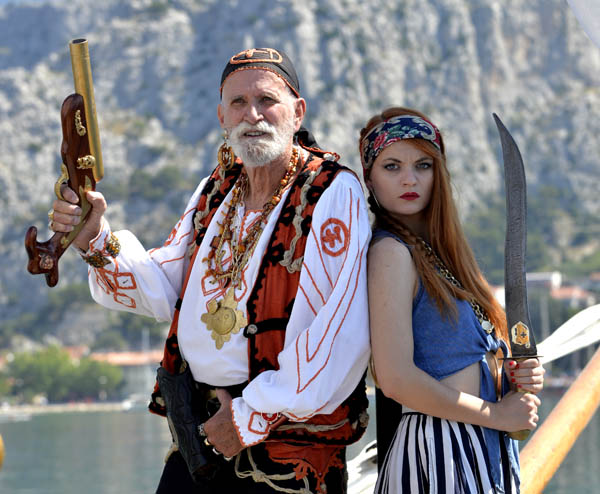
Who were the princes of Omis, under whose leadership the brave Omis sailors controlled the navigation between Split and Dubrovnik for two hundred long years? How did they do it? What tactics did they use? Was piracy was a normal occurrence back then? What does the view from the pirate fort look like?
Find all of this out on a costumed city tour. Get much better acquainted with Omis in a new way by following in the footsteps of Omis’ pirates through the city streets accompanied by Princess Kačić.’’
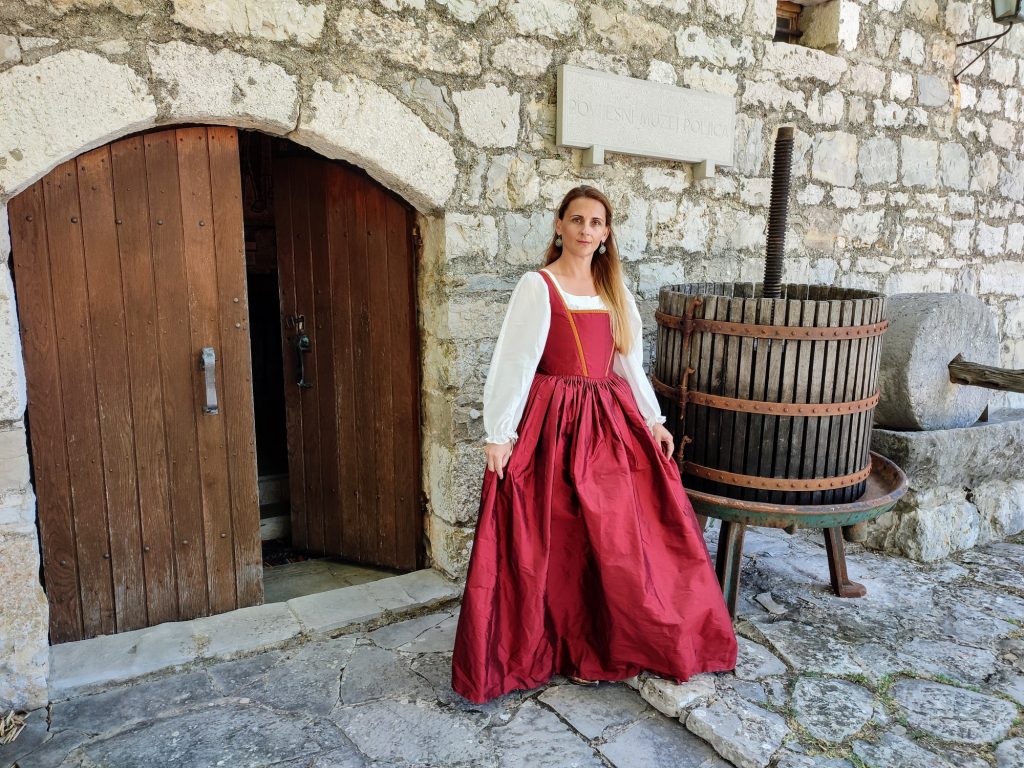
The story of Mila Gojsalić
Interpreter: Nikolina Radmilo Pivčević
After only 30 minutes of pleasant driving through the picturesque Omis hinterland, we arrived in a small village called GATA. There, I was greeted by a brave young woman, Mila Gojasalić. August Senoa even wrote about her. Her figure was carved by Ivan Meštrović at the mouth of the river Cetina near Omis. Jakov Gotovac composed an opera bearing her name in 1951, but I actually got to meet her. Fearless, yet timid, an obedient daughter, in love and above all proud of her Poljica Republic.
Now her home is the Historical Museum of Poljica, where from today you can travel through time with her and discover the stories of that area, her life and the history she wrote. GATA-Omis has a new tourist offer to boast of at the Poljica Historical Museum, where Nikolina Radmilo Pivčević, a costumed heritage interpreter, revives the heritage character Mila Gojsalić.
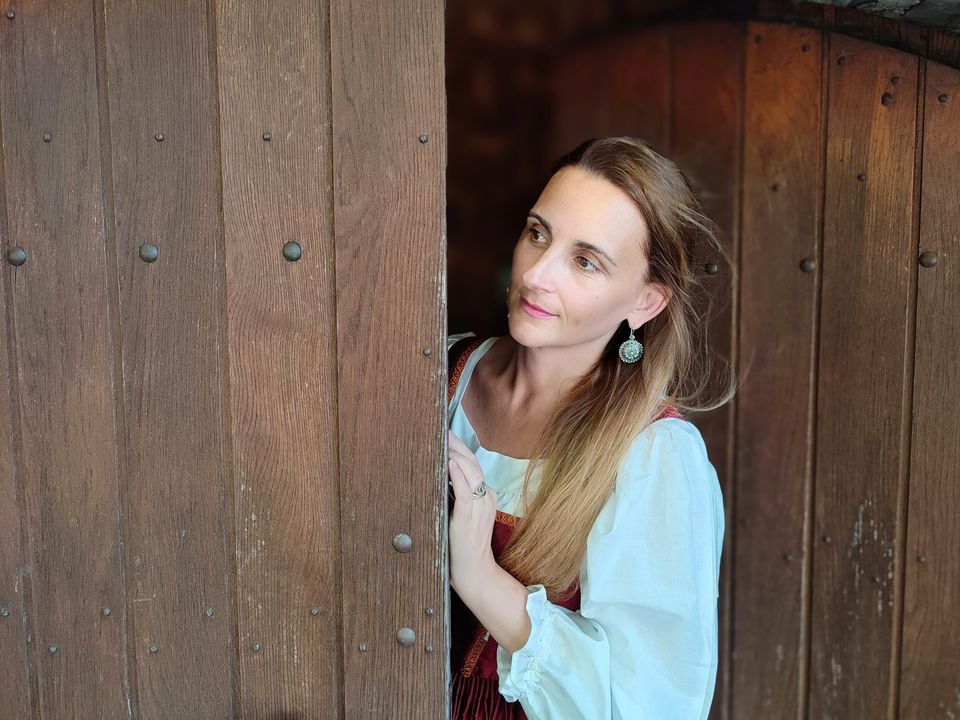
Hidden island stories which will lead you to an unforgettable experience dominated by ancient times and full of legends
The idea behind the Dalmatia Storytelling destination is a unique storytelling platform that allows you to get better acquainted with unforgettable, authentic, emotional Croatian stories through something different and unusual.
In this edition of the article, we’re going to take you in search of Viver, a mythical creature that lives in the hidden caves of the mystical Brač village of Dol, a walk with the Renaissance poet Petar Hektorović, and to get to know the cultural heritage of Komiža - a wealth of fishing heritage.
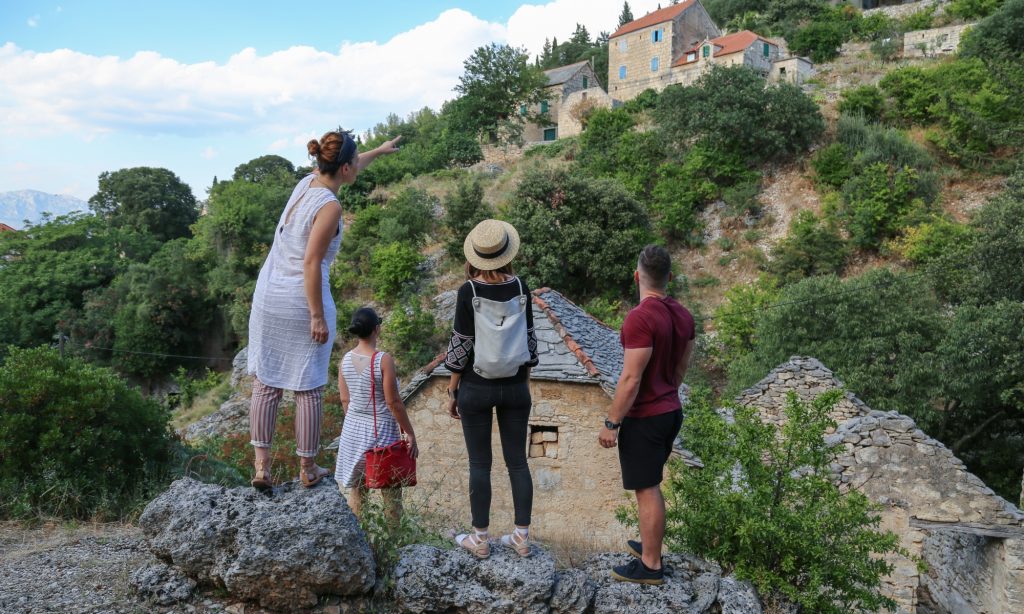
"In search of Viver"
Interpreter: Ivana Gospodnetić
The inhabitants of Dol on Brač know about the mythical creature that hides in their caves, and they call him Viver. He can only be found in Dol, and if you are lucky, you might even be able to hear him calling.
About the village of Dol:
Dol belongs to a series of twelve old medieval settlements located in the interior of the island of Brač, sheltered at the end of a deep fertile valley, surrounded by steep hills topped with beautiful medieval churches, and at the foot of inexhaustible springs of water. Today it has about a hundred inhabitants living there, and at the very entrance to this small place lie breathtaking houses traditionally covered with stone slabs, as well as numerous caves made up of the grainy hrapućuša stones which were once human dwellings, which are currently used as shelters for cattle, places in which to keep firewood, a dwelling for pigeons, owls, but also Viver!
About the walk:
In an interpretive walk through the village, we’ll take you to meet the mythical creature that hides in the caves of Dol - Viver. One guide will embody many Dol locals who will take you to the past of this little village and directly to some of the legends and beliefs of its inhabitants.

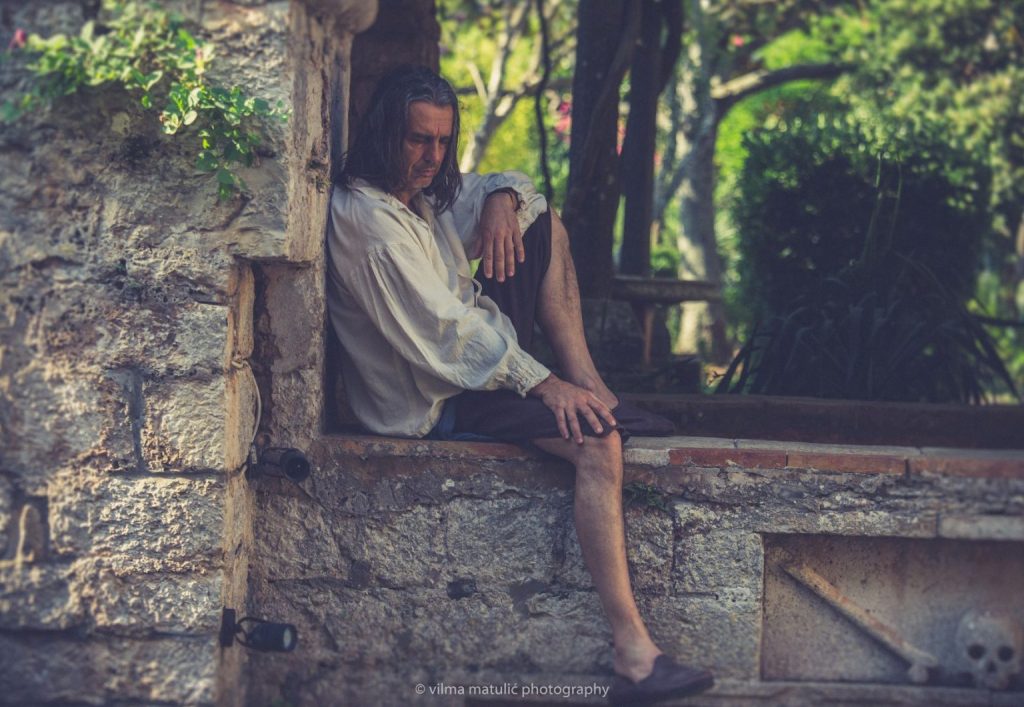
This cultural-interpretive walk is carried out as part of the Dalmatia Storytelling destination project. It is dedicated to Petar Hektorović. It takes us back in time, deep into the past, and teaches us how the hand of fate brought Petar Hektorović to Tvrdalj, and how he wrote his ‘’stone book’’ in Tvrdalj. It then points out the reasons that prompted Hektorović to write his famous work “Fishing and Fishermen’s Talk’’, what his favourite cake was, what it was like to live in Stari Grad at the time of the plague, which Saint Roch (Sveti Rok) means to Stari Grad and what Petar’s role in all of that really was. It also tells us about his granddaughter Julija and the famous Tintoretto.
The interpretive tour of the Renaissance poet Petar Hektorović is the story of a person who was born during the awakening and renaissance on the island of Hvar. In a cycle of virtues and abilities, we will discover how he could swim strongly and resourcefully like a fish in their very own pond. Tvrdalj, the ‘’Fishing and Fishermen’s Talk’’ book, the Saint Roch Church and St. Peter the Martyr, is a thematic line that follows his life, actions and eventually - his death.
"At my Fortress, the fortress which adopted me" begins the story of the life of the famous Renaissance poet and nobleman Petar Hektorović. The saga reveals the details of the situation from life on the island of Hvar way back in the sixteenth century and how, under the scarlet cloak of this most unusual nobleman, and yet a true representative of the Renaissance period, the heart of a man who loved, understood and appreciated people regardless of their class and affiliation, beat strongly.
Tvrdalj
The starting point of the storytelling tour about Petar Hektorović is the easily visible facade of the Tvrdalj summer house. In front of the building, guests get the impression of the size of the building, which is followed by a story about the no less famous poet. Through the main wooden door you enter the "portego", a lobby with barrel vaults, numerous antique chests and an attractive toilet area from back in the sixteenth century. Heading out on the south side, you enter the very heart of Tvrdalj, a real microcosm in which all God's beings are welcome.
Our host, the good spirit of Tvrdalj, teleports us into an oasis of peace and quiet, dominated by a real glittering emerald pond, framed by stone arcades and inscriptions from all over the world.
A view to the north reveals an interesting construction of a gazebo tower and a dovecote. From there we head over to the "glamorous" park. There sits an oval stone table and there is an interpretation of Hektorovic’s famous ‘’Fishing and Fishermen's Talk’’. In that very place and at that same old stone table, on clear days, Hektorović received friends, and enjoyed singing songs with them, feasting on Stari Grad peppercorns paired with a glass of prosecco. Heading from the park along the corridor to the west, we come to an ethnographic collection with exhibits of typical Hvar cuisine and a tavern where the Hektorović family used to gather together for a meal.
Saint Roch’s Church
This church is ideologically connected to the character and works of Petar Hektorović, who made the designs, financed the construction, and bequeathed the funds for its completion. He built this church and gave it as a gift to his city and his people in need, without whom he would not have completed his stone symphony, his Tvrdalj. Namely, back when the plague was ravaging Europe, people were influenced by St. Roch and sought help, so, Hektorović, being more noble than any other nobleman, decided to build a church with the name of that saint on his own property. In constructing Tvrdalj, Petar Hektorović built a strong friendship with the local people and in that way, he thanked them.
The Church of Saint Peter the Martyr
This church is the final resting place of Petar Hektorović and his mother Katarina. Above the main door of the church is an inscription about the unpleasant events which occurred back in 1571 when the marauding Ottomans attacked all of the major towns on the island of Hvar, including Petar’s own Tvrdalj in beautiful Stari Grad. The museum of the Dominican monastery, which is located within the church itself, preserves the unique Tintoretto altarpiece that once adorned the tomb and altar of the Hektorović family. The motif on the altarpiece "The Lamentation of Christ" hides an interesting fact within, and is therefore an unmissable point of interest for every single visitor.
This concludes the interpretive walk and the thematic line that follows and honorus the life, work and the death of Petar Hektorović.
Interpreter: Klaudija Gamulin
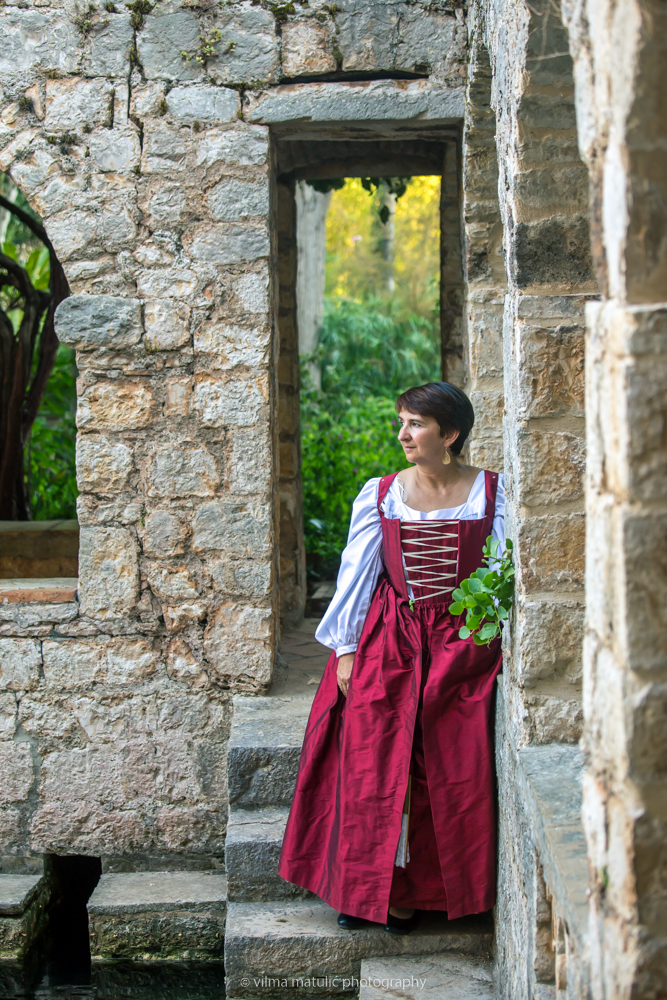
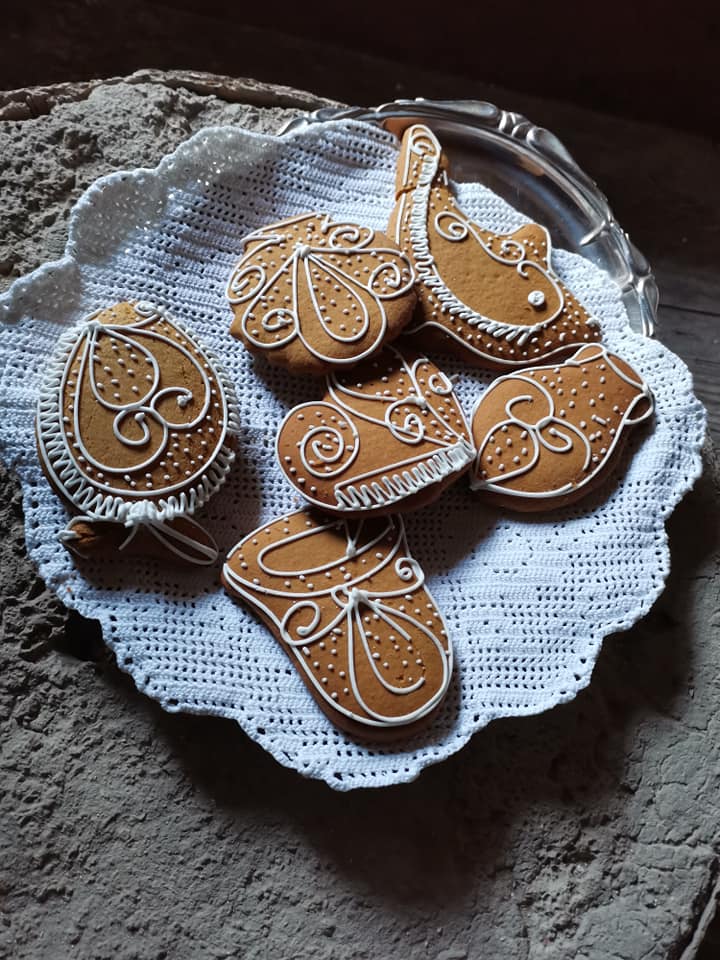

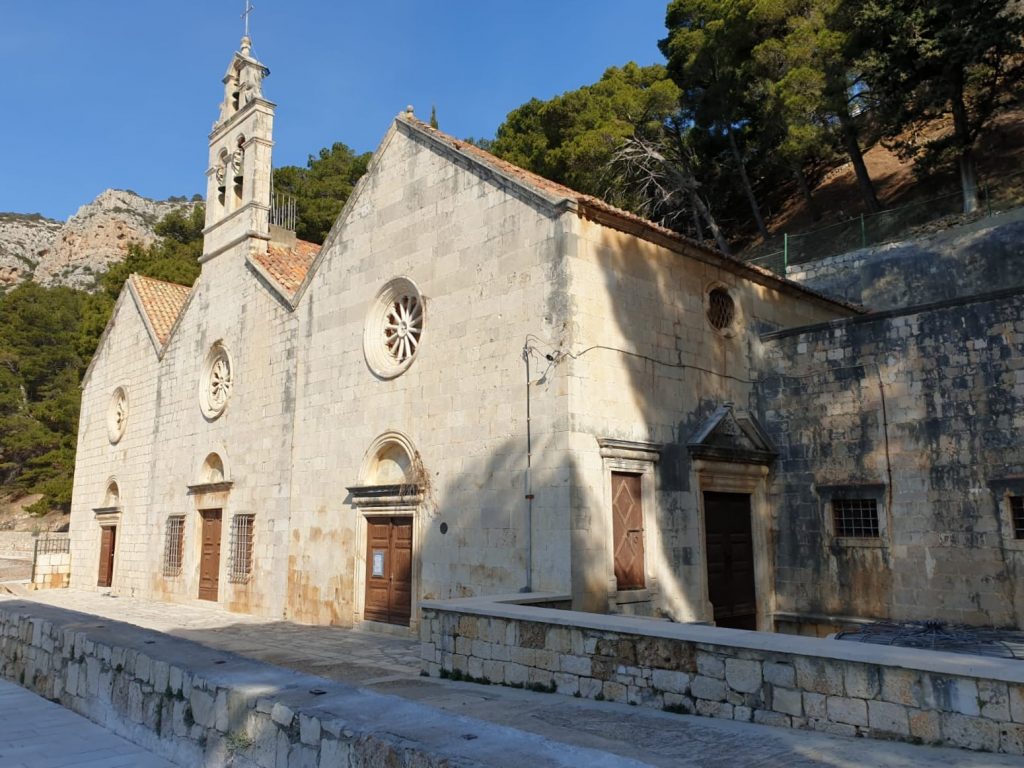
Komiža’s fishing cultural heritage
Interpreter: Dora Čukušić
The Church of St. Mary is often referred to as the Church of Our Lady of the Pirates. It is located on the beach and was built throughout the sixteenth and seventeenth centuries. It is closely associated with the numerous legends of pirates and the fishing heritage of Komiža, the oldest fishing village in the entire Adriatic.
Throughout history, the islanders have struggled with many adversities including pirate attacks. There are a few legends about pirates and the origin of the name of this church, and one legend says that pirates once stole a picture of the Virgin Mary during the robbery of the church, but they couldn’t sail with her on board at all, managing only when they threw her off the ship.
Another legend says that they successfully sailed away with all of the treasure, but they were caught in a severe storm and they began to become unstuck and slowly sink, but the picture’s end was a little different...
As for the construction of the church, there are several variants, in one church document from local folk tales it is stated that a man from the Ivčević family was told three times in a dream that a picture of the Mother of God was somewhere on the shore and then he ended up discovering it in a small cave while fishing in the Komiža waves.
According to another story about the construction of the church, the Mother of God appeared to a fisherman while he was fishing and told him to go to the pastor and tell him to build a chapel for her. The pastor did not trust the fisherman at all until he read with his own eyes the miraculous inscription of Our Lady on the fisherman's back and then set out to build her the most beautiful church possible.
The Bishop of Hvar approved the construction of this church with a bull issued in Zadar back in 1513. Local fishermen's income from catching sardines, mackerel, anchovies and other species successfully supported the fraternity, the Parish church of St. Nicholas and the church of Our Lady of the Pirates, and the prayers addressed to the Mother of God ensured their protection and blessing, or so the people of Komiža believe.
A source of water flows beneath the church...
Thanks to having a very specific geological background, the island of Vis has its own drinking water which comes up from underground and just below this church lies one of the water sources that flows through the channels from the central altar through to the beautifully decorated well which boasts reliefs of biblical scenes out in the churchyard.
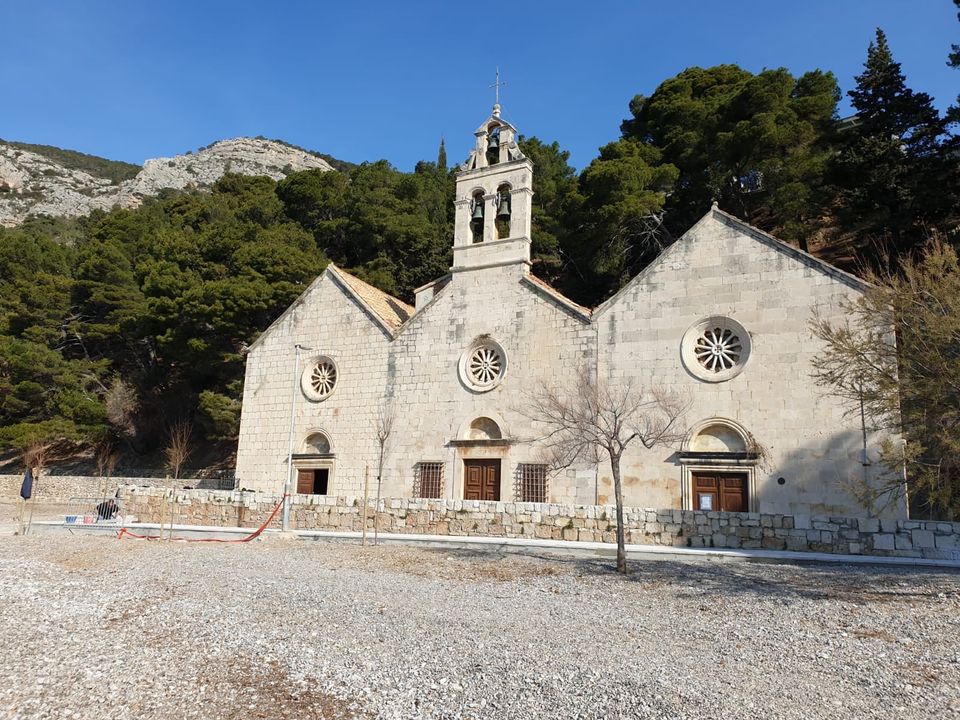
Follow the direction of an amazing island experience - VIA BRATTIA is waiting for you!
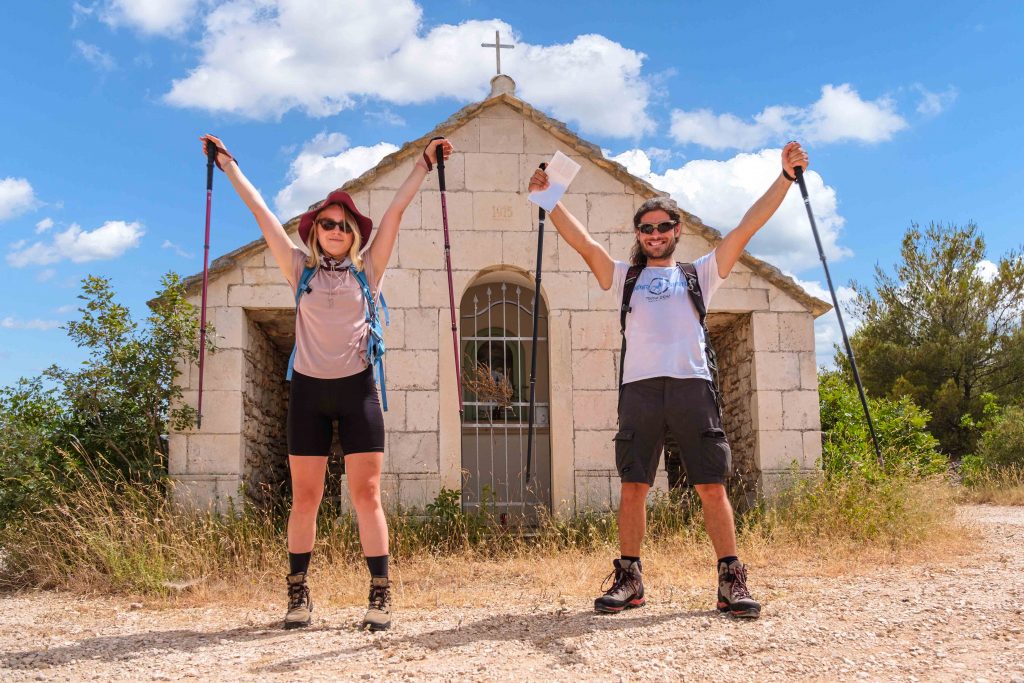
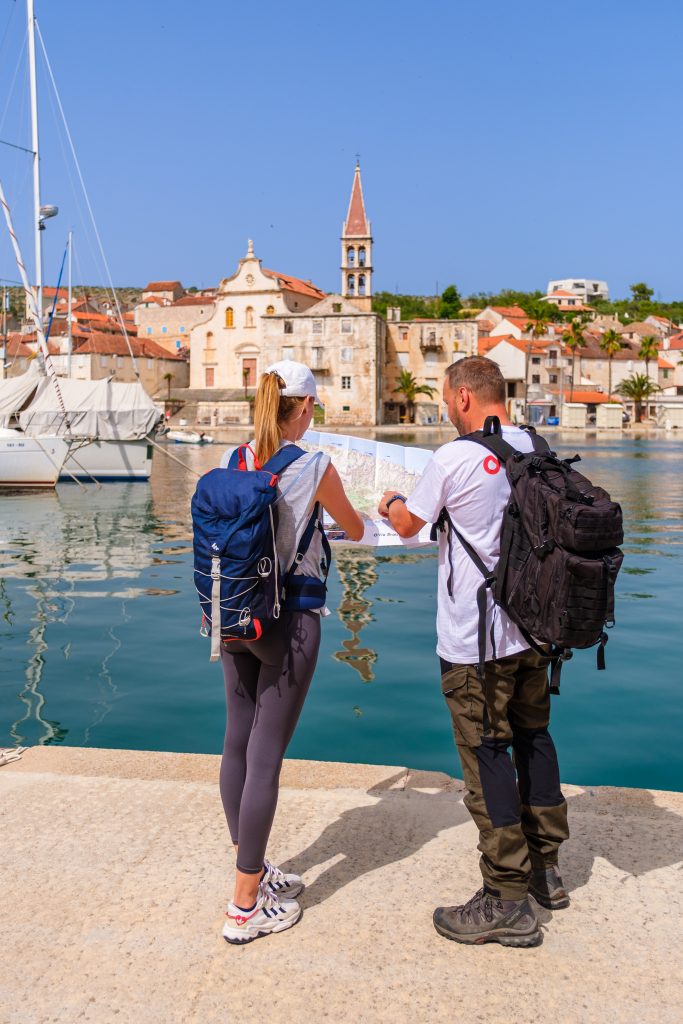
Despite the fact that it took a while as it was very carefully prepared, VIA BRATTIA, the circular tourist hiking trail of the island of Brač, has finally sprung into life and has opened up this island's sheer beauty to lovers of active holidays, as well as to those who plan to join that group of tourists.
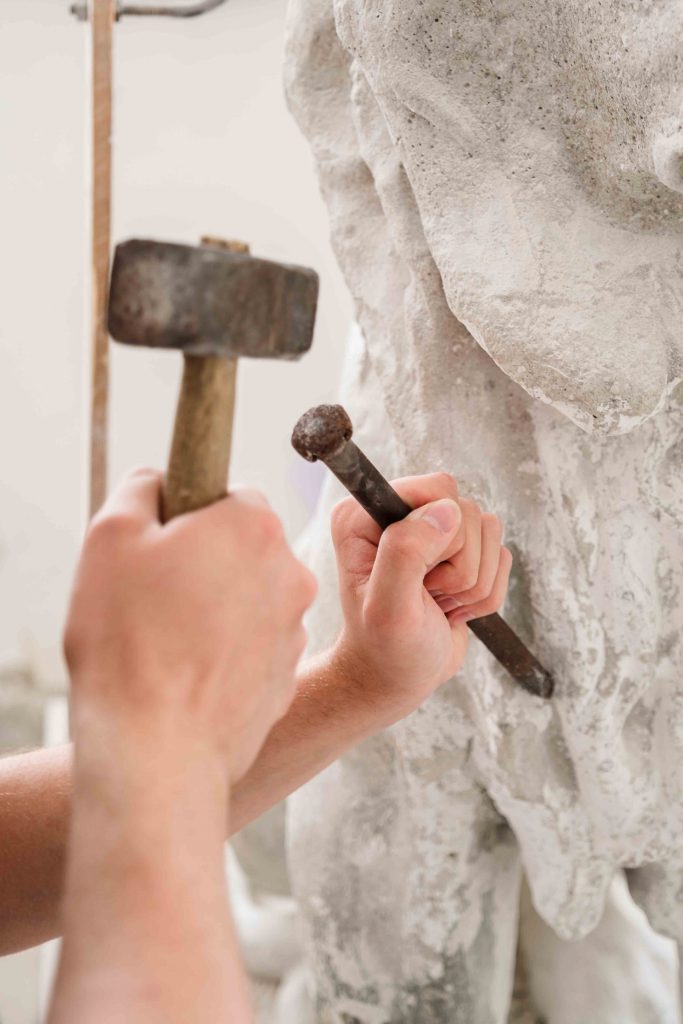
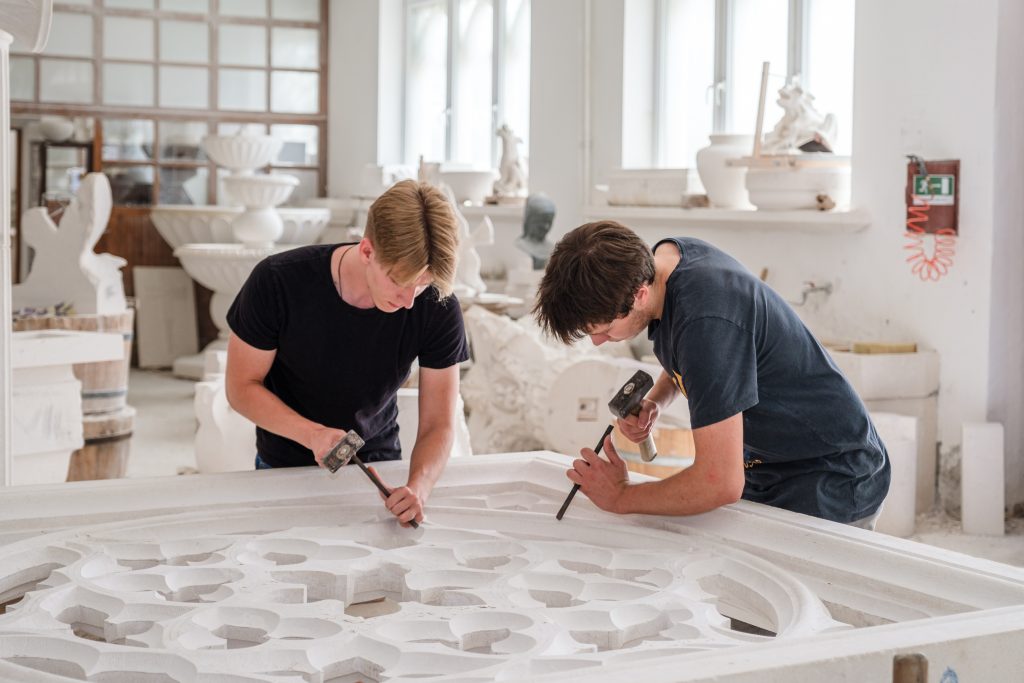
Following two long years of joint work of all of Brač’s tourist boards together, the municipalities of Nerežišća and Pučišća, the Profunda Mountaineering Association, and with the co-financing of the Split-Dalmatia County Tourist Board, a new tourist attraction has been ‘’born’’ which will experience the most traffic during the pre- and post-season.
VIA BRATTIA, which is a massive 140 kilometres in length, has connected the whole island, its many exceptional locations, and a large number of small towns and local attractions.
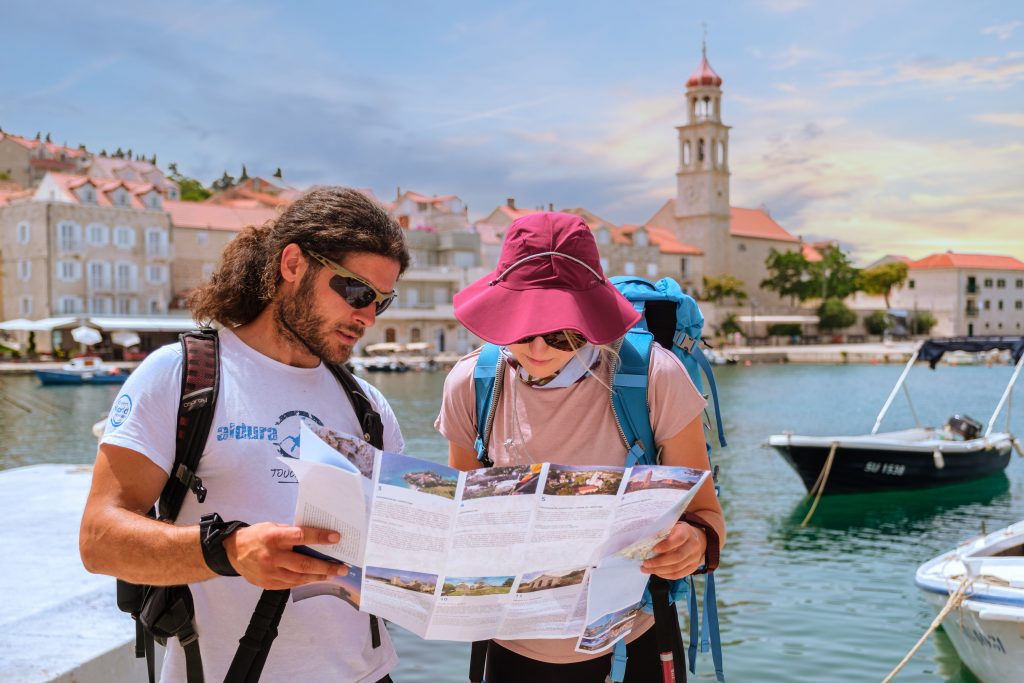
The trail is intended for lovers of hiking, running, nature walks, mountain biking, it is suitable for recreationists and amateurs, but also for all those who want to get to know Brač and its unusual, stunning beauty in a slightly different way. The trail has clearly marked trails in both directions, and you can jump in and take the trail of your desire at any point.
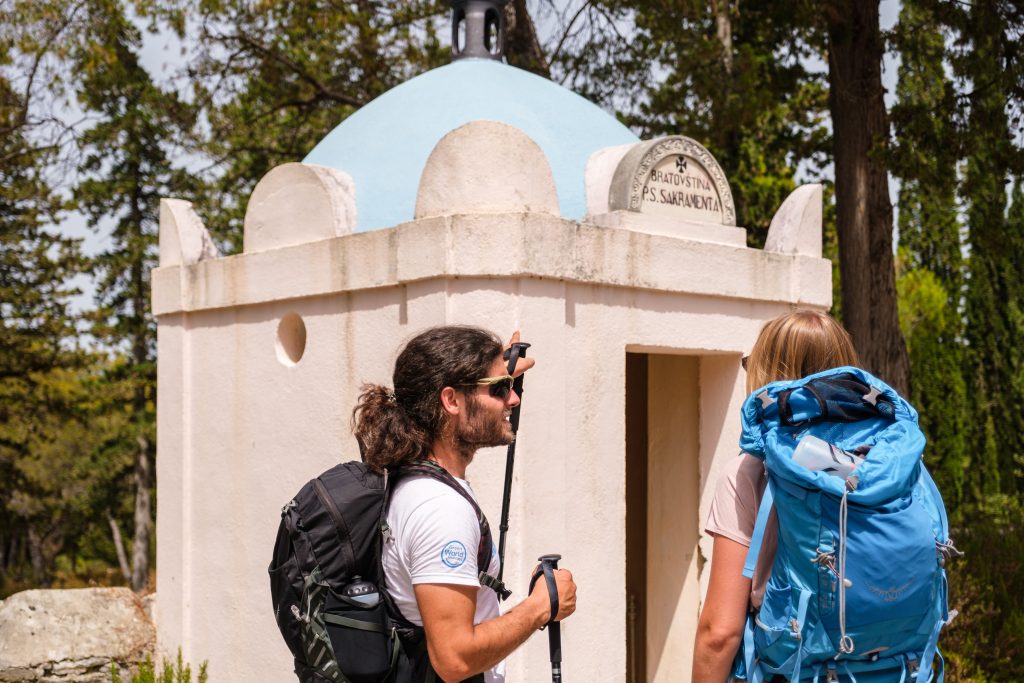
You will be guided to all of the locations by a map and blue and white markers, and you’ll be able celebrate getting through each section with a stamp. With stamps attesting to your success, the end of the road will create a real picture, the coat of arms of the island of Brač, and in it the figure of St. George, the patron saint of this island in the scene of the slaying of the dragon.


VIA BRATTIA tells the truly amazing story of the island of Brač. It starts in Supetar, where you can walk through the streets where the famous sculptor Ivan Rendić, the father of modern Croatian sculpture, used to walk. With the help of a guide, you can start Rendić's tour and find out a lot about his works, but also about the attractions of Supetar, Leroj, the old cisterns, and how life functioned in a small Mediterranean town.


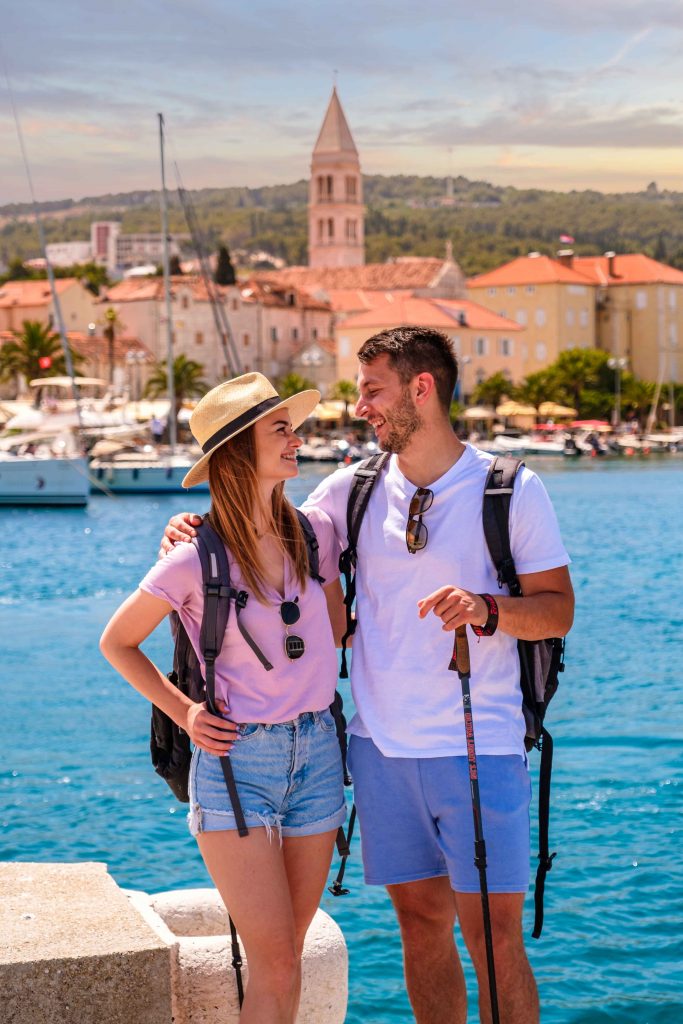
From Supetar you can then head to Mirca, and on the way you can stop in Sutivan, where you can relax in the Lemon Garden heritage hotel, or in many of the small apartments rented out as family accommodation. Then you’ll visit the catacombs, some of the few still in use today. Renting a bike and heading out on one of the island’s very many bike tours is also a top recommendation.

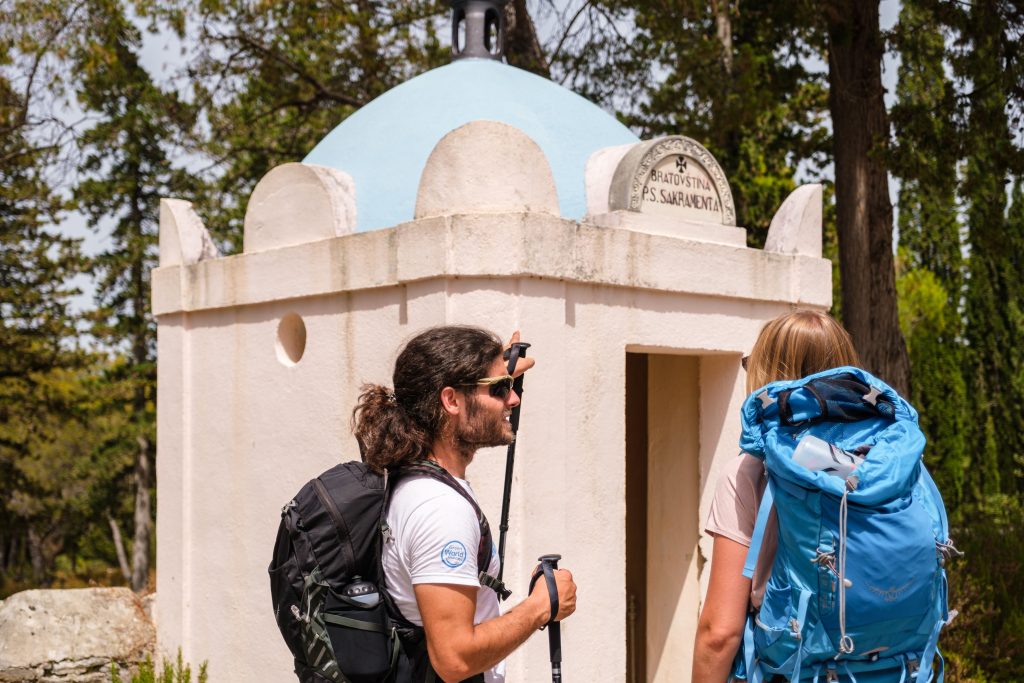
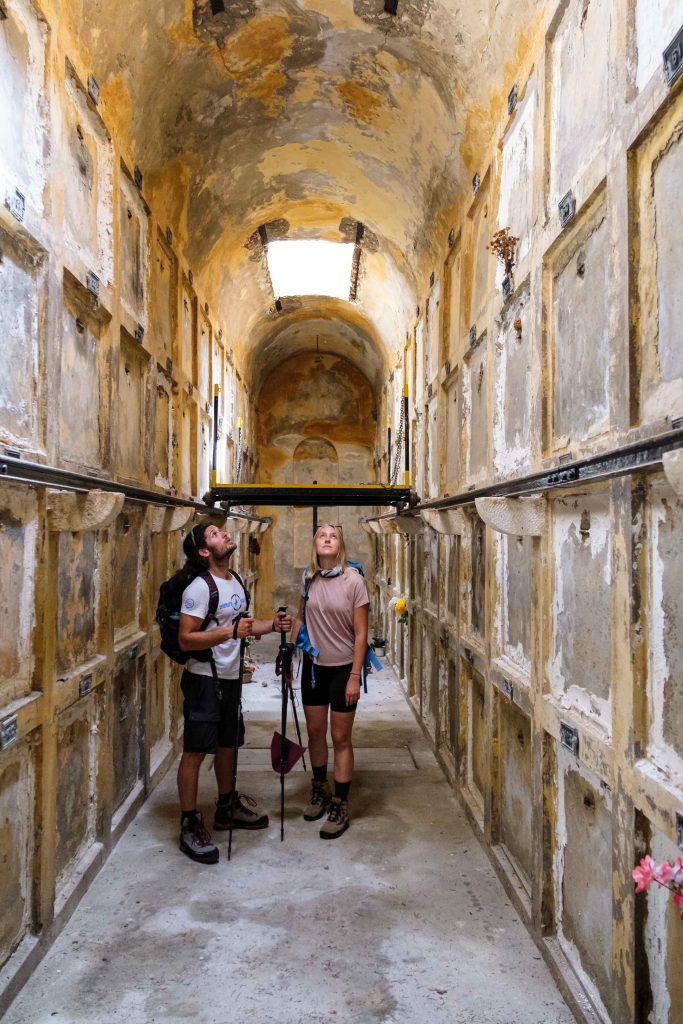
You can also cycle west in the direction of Bobovišća before descending to the sea where you will see an old fortress located on the very waterfront.

But that’s not the only story to be told by this small place. Vladimir Nazor spent his childhood and youth in Bobovšića, and his family house is still there, as is the symbolic tower he built. Next to it lies another, the Three Sisters, with three columns, built by Nazor back in 1937. On its pillars it bears three engraved letters I, O and A, the initials of the names of the sisters Irma, Olga and Amalia. Nazor cared for them throughout his entire life.
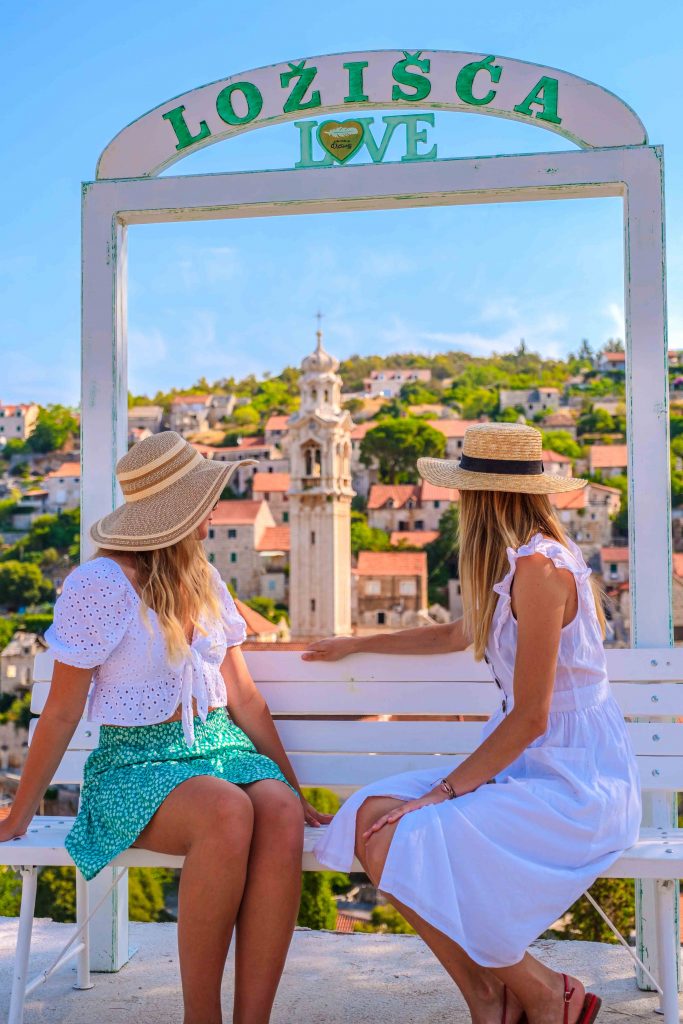
The next station is Ložišća, which many call one of the most autochthonous places on the island of Brač, best known for its stunning artistic work, the church bell tower made according to Rendić's designs, and lace carved in stone.
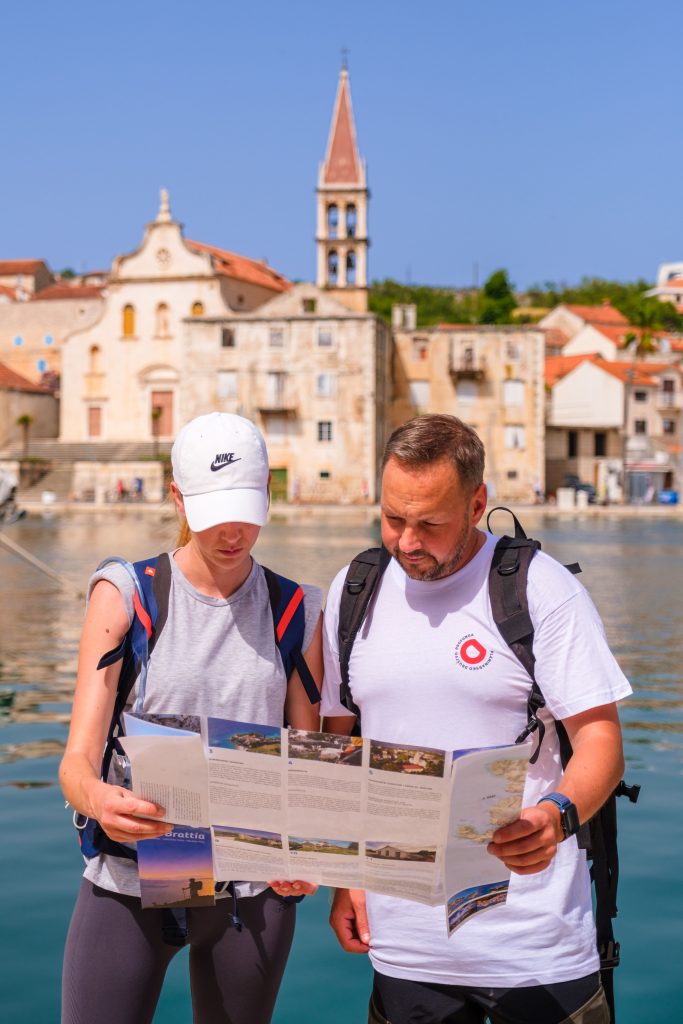
It is interesting how in the introductory part of the anthology series Naše malo misto (Our little place) by Miljenko Smoje, this very beautiful bell tower is shown. After that, it’s time to head down to Milna, a safe harbour for boaters, and a place completely facing the sea. Rade Harašić used to live here, a Milna native from whom Miljenko Smoje created poet Servantes’ character from the aforementioned Croatian cult series. Harašić's collection of paintings is still housed in Milna to this day.
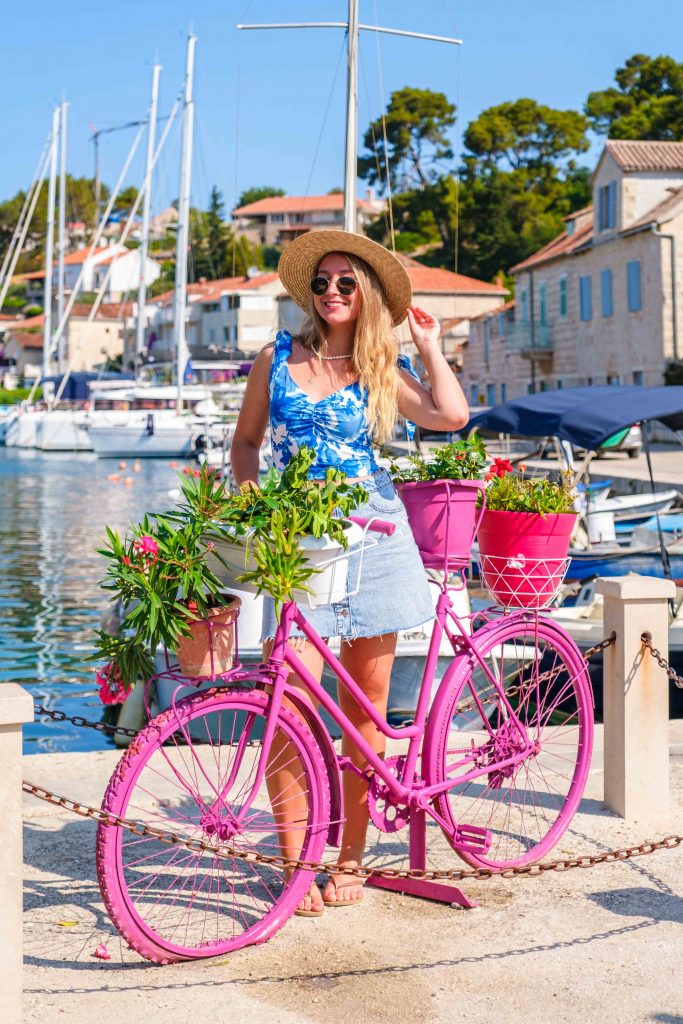
Where you’re about to head off to now is one of the biggest attractions on all of Brač, through the hidden, turquoise bays of the southwest coast of Brač you will reach the Blaca Hermitage.

It is a monastery from back in the 16th century, founded by Glagolitic priests. You can only reach it on foot, so make sure to choose the time of day you take on the challenge carefully and be sure to bring plenty of water with you in the summer heat. Get ready for the goat trails, and the amazing views that await you at the end of this journey.

After that, you can head east, across the bay of Farska and to the town of Murvica where there are three excellent beaches.
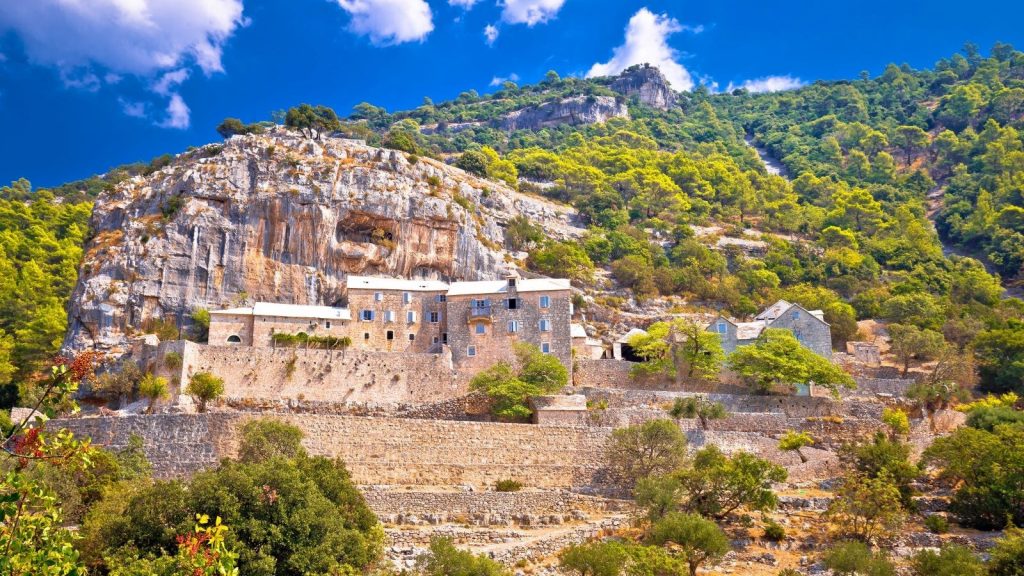
Just above Murvica lies the Dragon’s cave, at 200 metres above sea level, which for centuries served as a sanctuary of the Poljica Glagolitic Catholics. They continued to live in it as hermit monks, and today, this astonishing cave is a top cultural location that you simply must see when visiting the island.
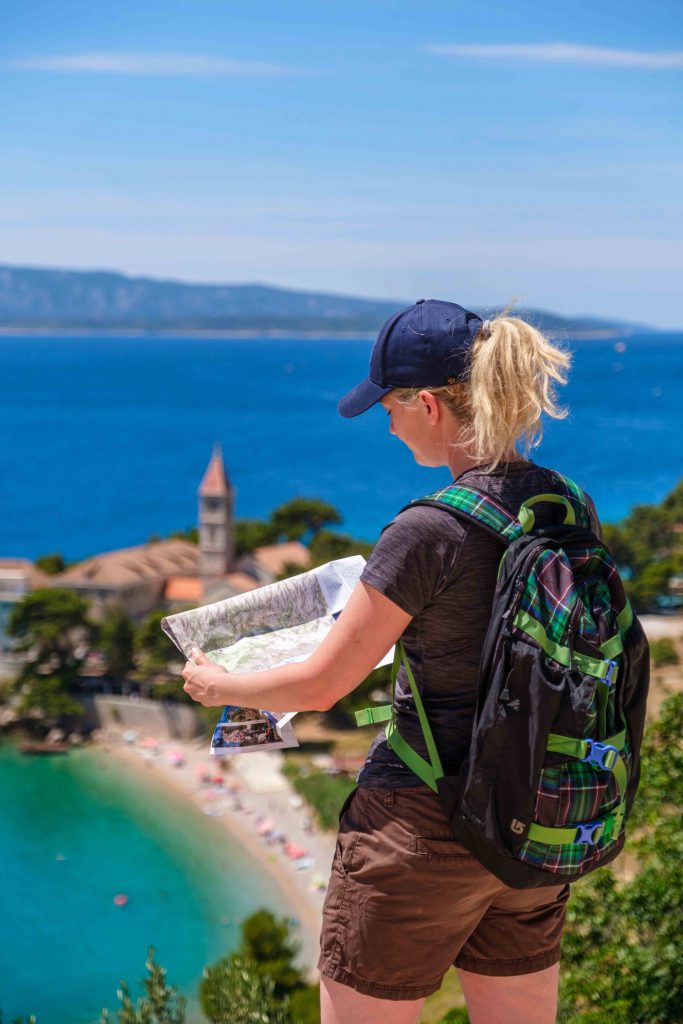
Then comes Bol and its trademark, one of the most beautiful beaches in the world, Zlatni rat (Golden horn), with its crystal clear sea and smooth white pebbles. When spending time in Bol, make sure to visit the Dominican monastery which is home to a library with rare copies of books.

There is also a recently reopened and renovated museum that houses a collection of incunabulum, church vestments and other interesting items. On the altar of the monastery church is the famous Tintoretto's fallen Virgin Mary holding a child which is from the 16th century, another amazing attraction from this part of the island.
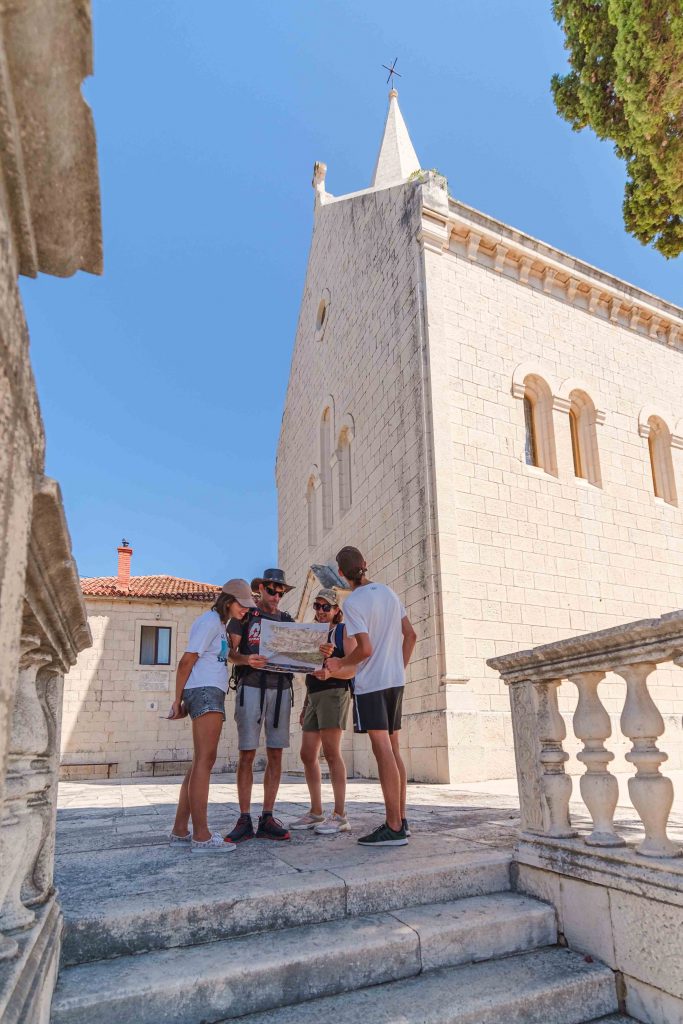
Following Bol, you can ascend once again, high up into the hills in Podsmrčevik, to one of the five peasant hamlets with small stone houses, a monument and a symbol of the island’s former pastoral life.
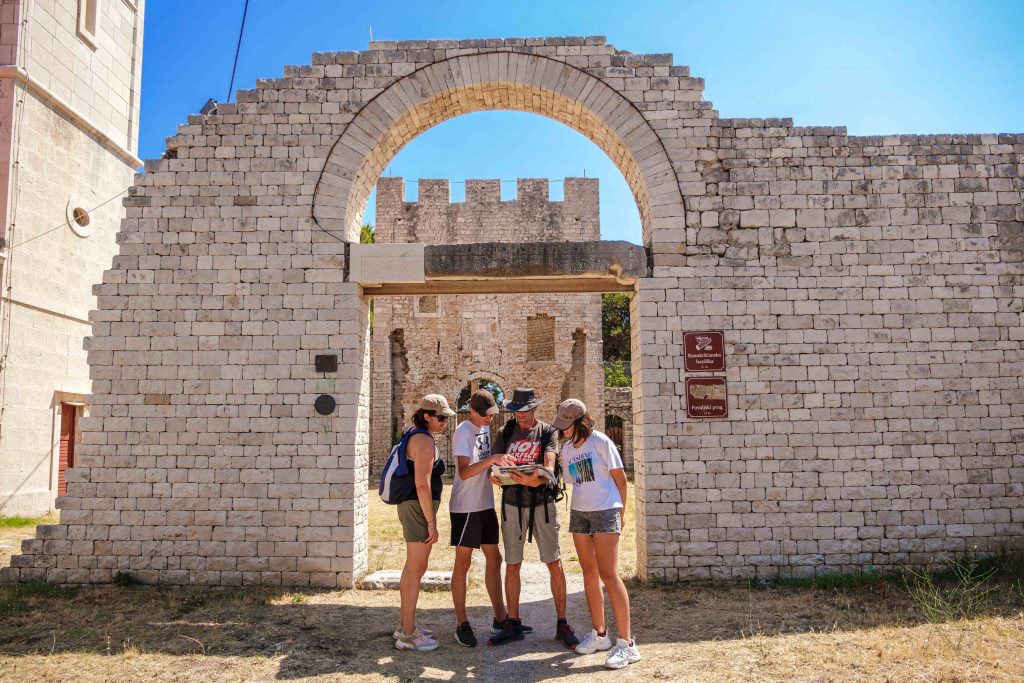
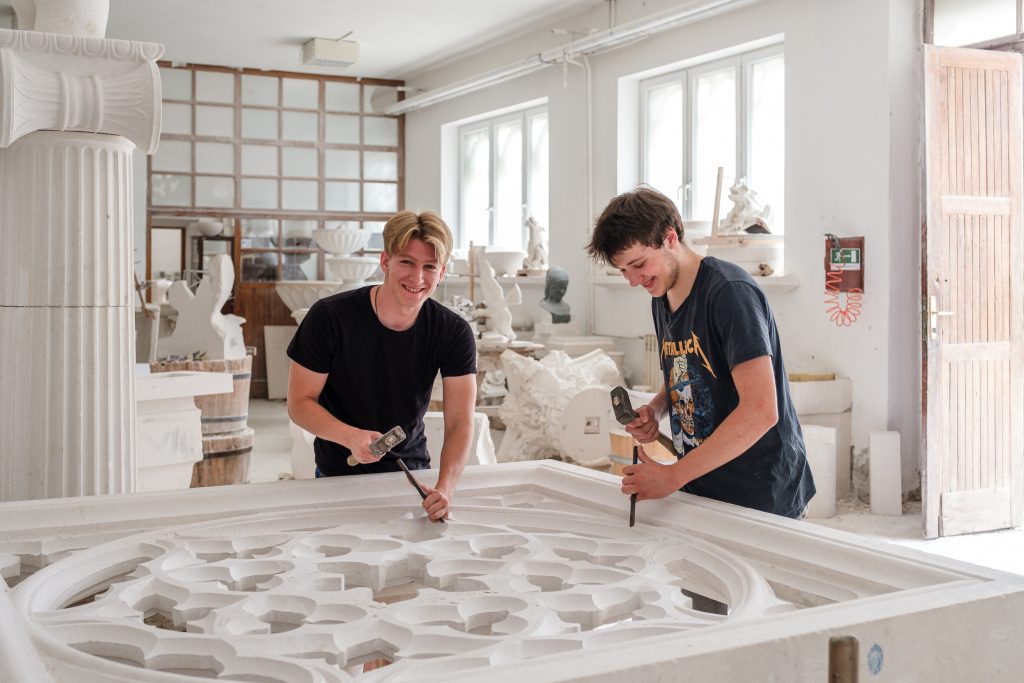
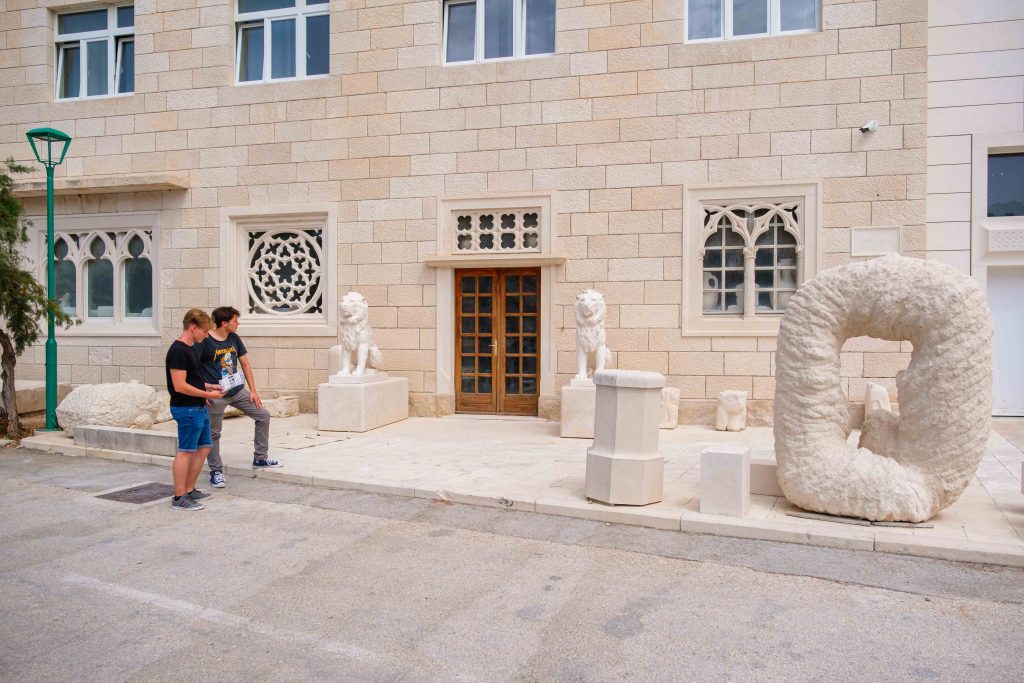
From the hamlet you’ll then descend to the stone white village of Selca, where you can visit the beautiful cathedral on the square, as well as the famous busts and monuments dedicated to many famous people by the diligent stonemasons who come from this area.
From there, you can head down to the shoreline once again, more precisely to Sumartin, where you can visit the Franciscan monastery best known thanks to the poet and Franciscan Andrija Kačić-Miošić. Enjoy a refreshing swim in gorgeous Rasotica bay, then head to Povlja and visit the early Christian basilica located next to the parish church. Then comes the time to visit the famous Pučišća and the stonemasonry school, as well as the beautiful sandy bay of Lovrečina and the remains of the Basilica of St. Lawrence.
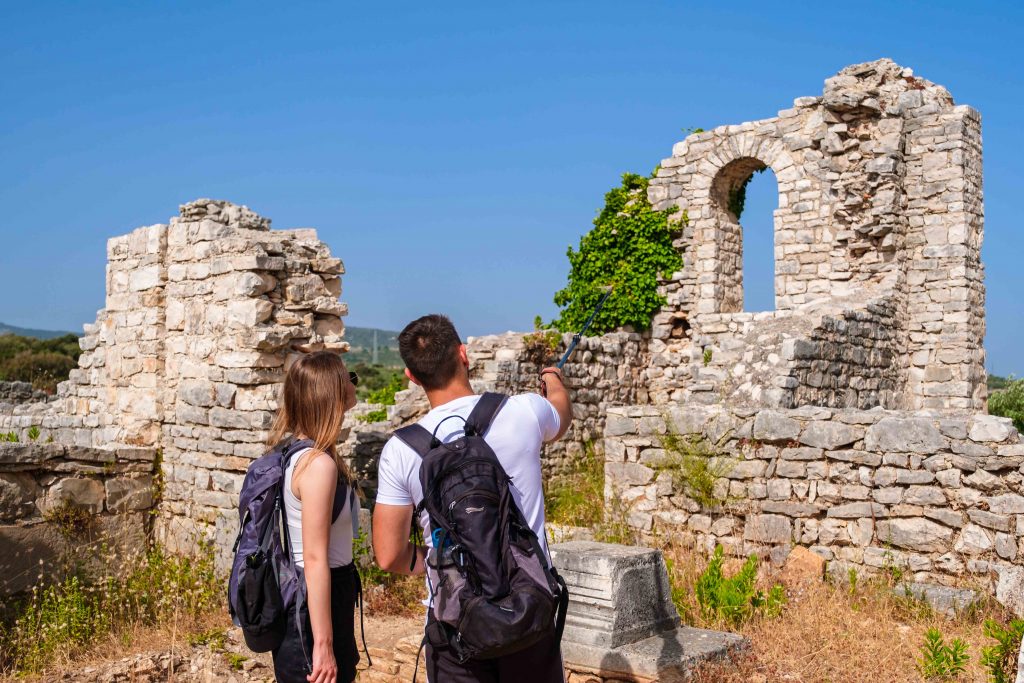
the way there lie Postira and the beautiful Villa na Mirju. Next to Postira lies the small town of Dol which has preserved its traditional architecture excellently. Be sure to try out their specialty while you’re there, roasted dormice and the famous hrapoćuša cake, a tasty calorific bomb made from an entire kilo of walnuts and the exact same amount of sugar.
On the way, you will come across a beautiful little place called Škrip which boasts the Museum of the Island of Brač, located in the Radojković tower which dates back to the 16th century. Be sure to stop by the beautiful Uja Museum, followed by a return to your starting point of Supetar.
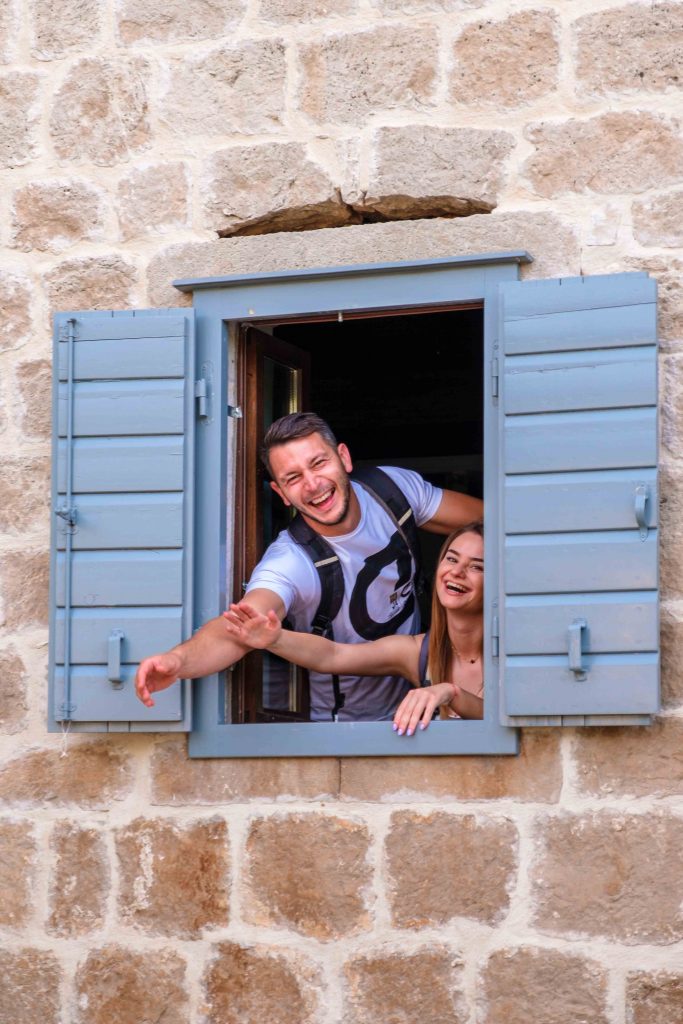
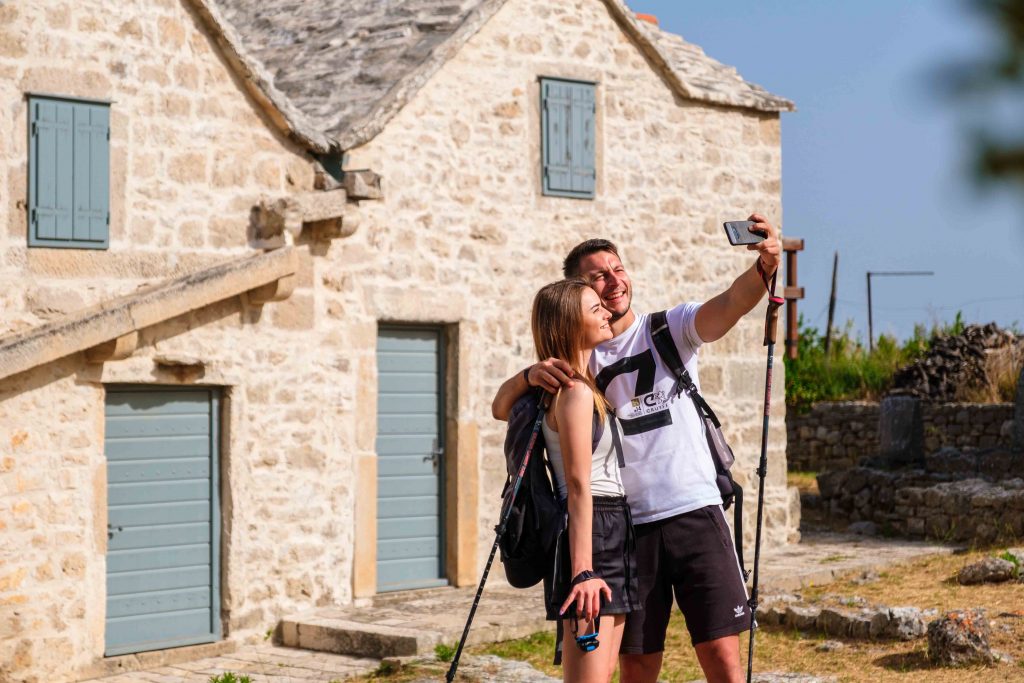
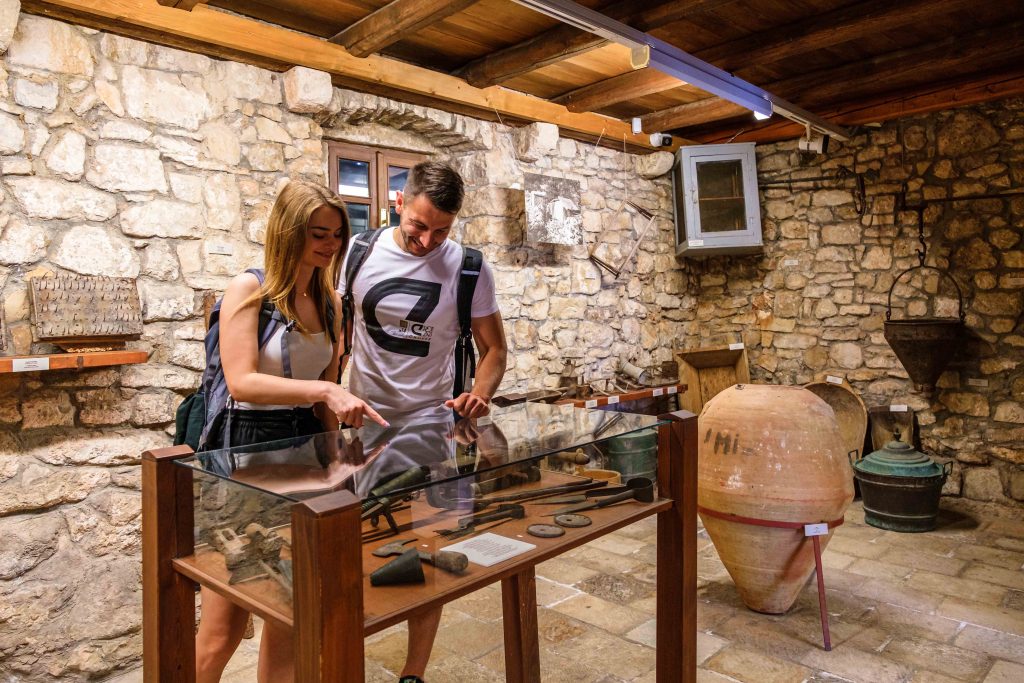
At the end, you will receive 12 stamps, each one representing each of the 12 points from this unique attraction in the Museum of the Blaca Hermitage, the Dragon's cave, the Dominican Monastery in Bol, Podsmrčevik, the Franciscan Monastery in the Church of St. Martin in Sumartin, the Early Christian Basilica in Povlja, the Stonemasonry School in Pučišća the Basilica of St. Lawrence, Vila na Mirju near Postira and the museum of the Island of Brač in Škrip.
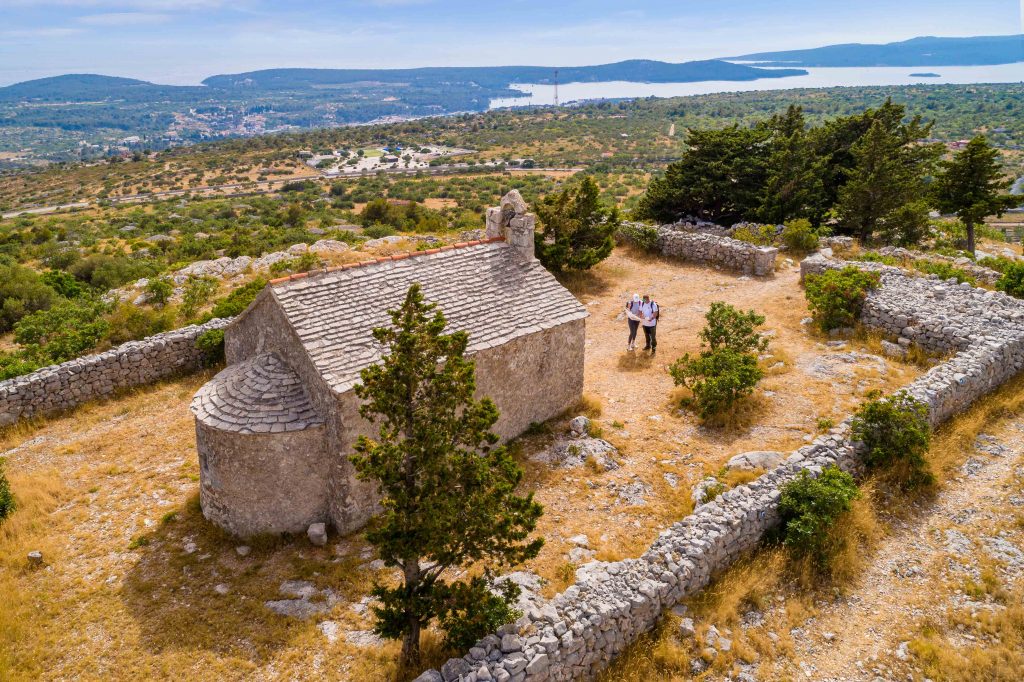
The 11th seal is obtained in the church of St. Spyridon at the crossroads of ancient roads from Sutivan to Mirca, and the last in the church of St. Martin from the location of an extremely important strategic position and view of the sea route through the Split Gate to the Central Dalmatian islands of Hvar, Brac and Solta.
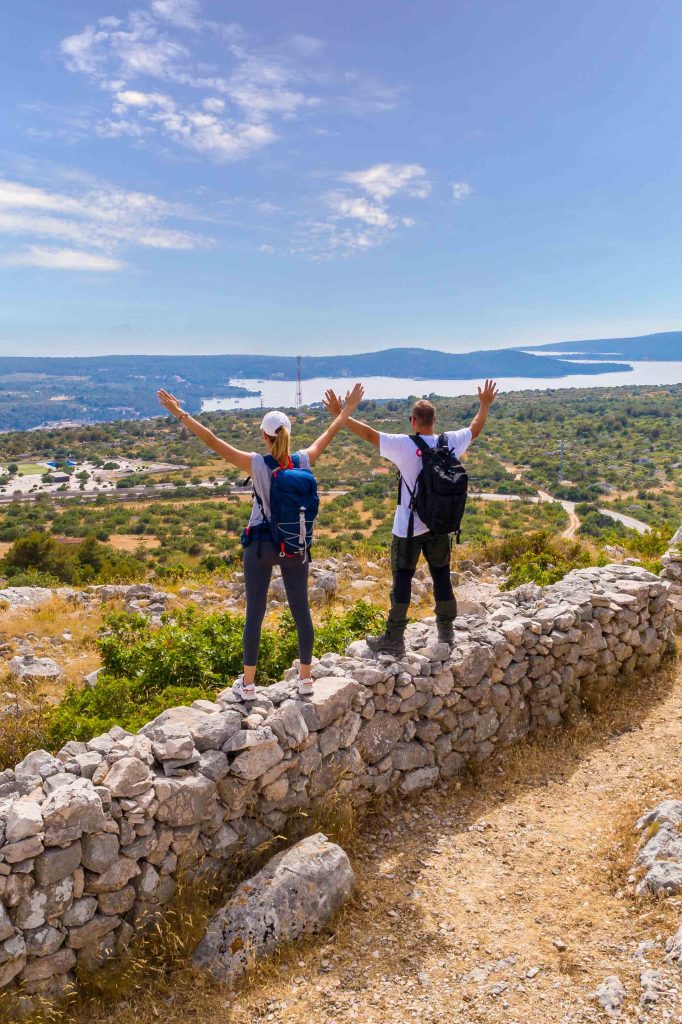
For all those who decide to take this amazing island walk, here are some important tips to be learned. Pedestrian sections would be desirable to do in such a way that sleep is provided in one of the more populated places near the route. The road map provided for the stamps can be downloaded from the Tourist Information Centre of the island, in Supetar, Sutivan, Milna, Bol, Postira, Pučišća, and in Sumartin. The fluid for the stamp should be carried on your person, as should sufficient amounts of water and food, especially in the summer months. And that would be it, VIA BRATTIA is waiting for you, so why not begin by heading in the direction of an amazing island experience?
MORE ABOUT LOCATIONS:
1 – MUSEUM BLACA DESERT

ABOUT LOCATIONS WITH THE STAMPS
1 – Hermitage Blaca Museum
The hermitage (monastery) was founded in the 16th century by the Glagolitic priests who come to Brač fleeding from Poljica before the Turks. Blaca can be reached from many directions, but always exclusively by foot. Blaca are really an exceptional monument of human work, with great historical, economic, artistic and scientific content.
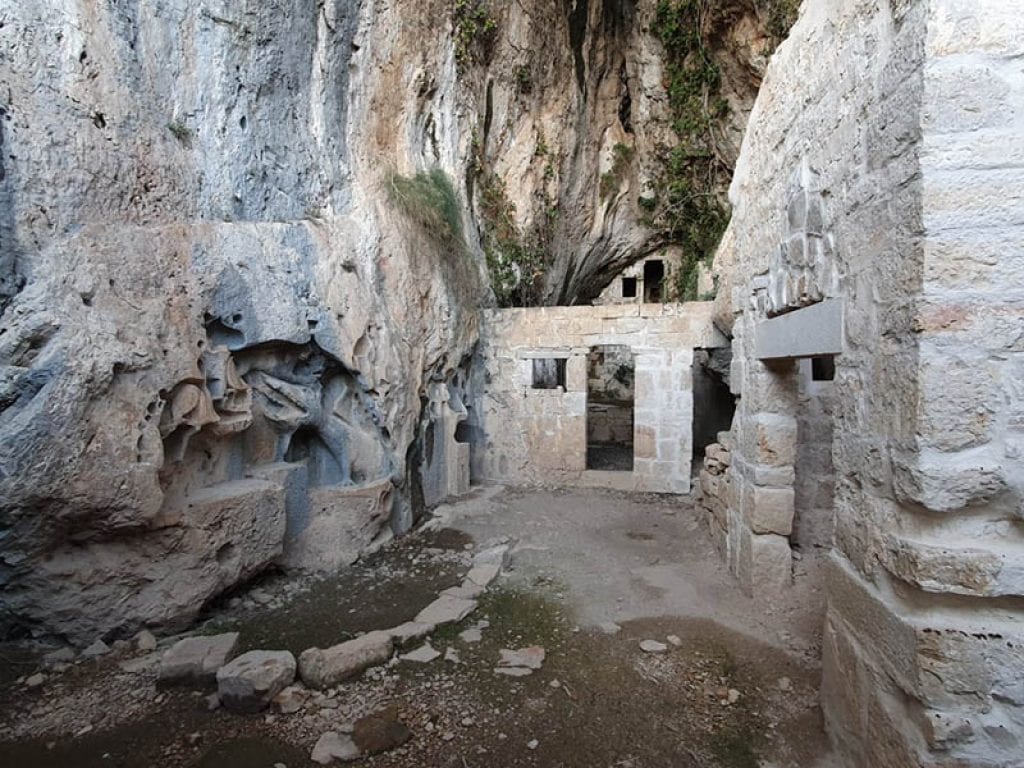
2 – Dragon’s Cave
Dragon’s cave is a monument to the hermit-like monastic life of the Glagolitic priests from the 15th century. It is situated 200 m above the village Murvice, in the heart of Vidova Gora (mountain). Throughout the centuries it has served as the residence and sanctuary of Poljica Glagolitic priests fleeing before the Turkish invasion to continue their monastic life in the caves.
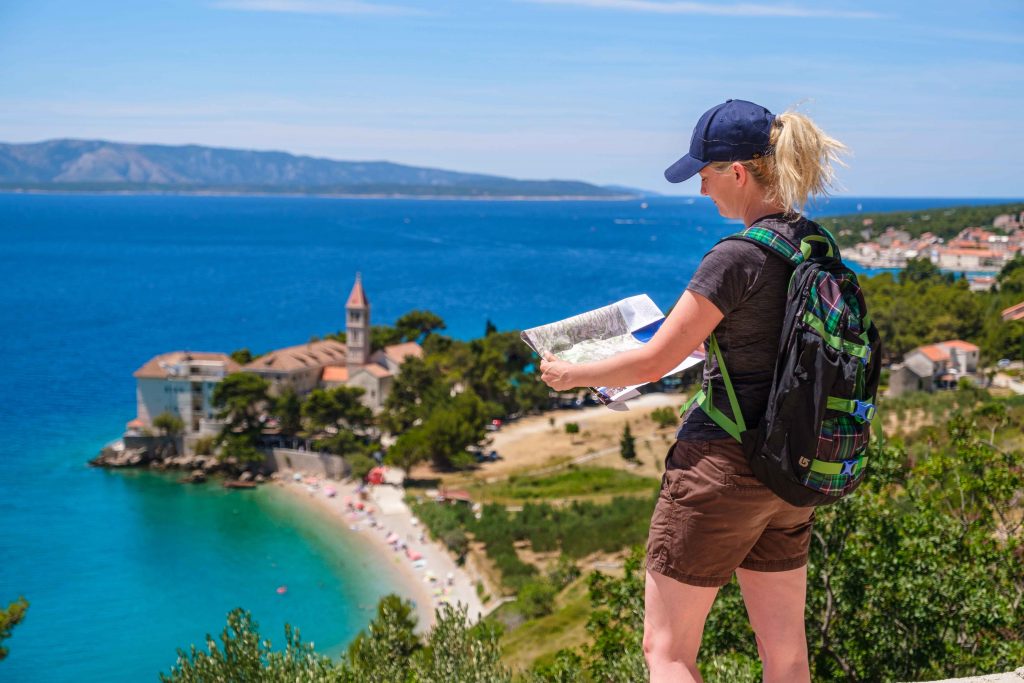
3 – Dominican Monastery In Bol
It was founded in 1475 in a location chosen for the Dominicans by the inhabitants of Bol, and confirmed by the Brač Duke Zacharia. The spiritual and cultural influence of the monastery was felt for centuries, not only in Bol but also the wider region. Aside from the museum in the monastery there is also a library with rare books and manuscripts.
4 – PODSMRČEVIK
Podsmrčevik is one of five hamlets settled in the inner part of the island, northwest of Selca. Today they are almost abandoned because their people settled in nearby settlements.
The oldest parts of this hamlet are characterized by small stone houses covered in stone slabs, using the dry-wall technique or built from hewn stone blocks, with enclosed gardens and stables.

5 – Franciscan Monastery And The Parish Church Of St. Martin In Sumartin
Fleeing the Turks Franciscan monks came with the settlers and founded Sumartin in the middle of the 17th century. The monastery is synonymous with the legendary poet and Franciscan monk Andrija Kačić-Miošić and today holds a private museum with valuable collection of artifacts. Next to the parish church also look for the footprint commemorating the “Footsteps of St. Martin de Tours”.

6 – Early Christian Basilica In Povlja
Many visitors come to Povlja to see the early Christian basilica on the grounds of the parish church. The remains of the Early Christian basilica date back from 5th and 6th centuries.
Many parts of this triple – naved basilica can be seen in their entirety, also as an area of the former baptistery. Povaljski prag and Povaljska listina, of great importance to Croatian history, also originated here.
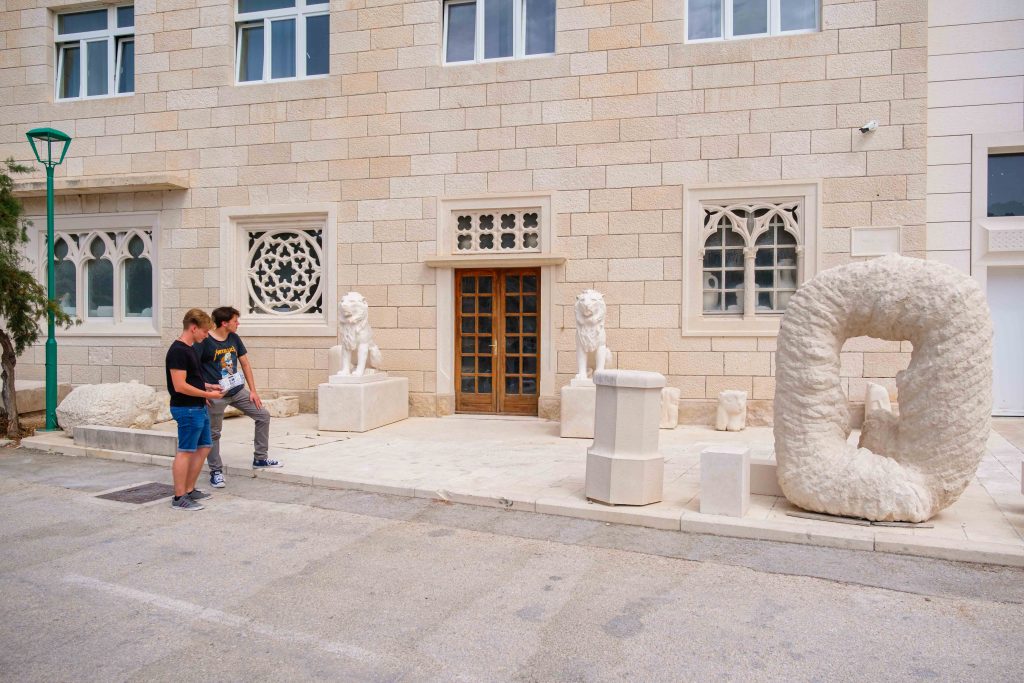
7 – The Stonemason school in Pučišća
The Stonemason school began with its work in the remote 1909. This is the only school in the Republic of Croatia that educates the stone masons. Its work is based on the ancient Roman stone processing technology using hand crafted tools. It is recognized throughout the world and is being visited by innumerous visitors each year. The skill of hand stone processing using the old Roman tools nourished in the Stonemason school is protected by non-material cultural heritage of the Republic of Croatia.
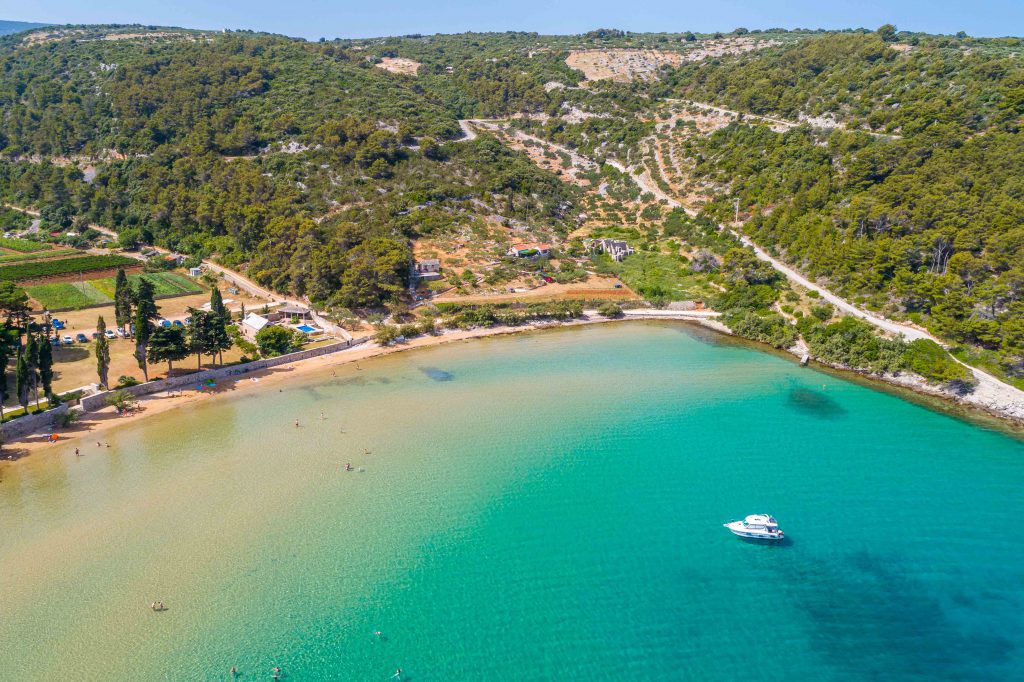
8 – Lovrečina And The Basilica Of St. Lawrence
The Roman farm was built in Lovrečina bay, close to a water source and a fertile field. In the 5th century a Benedictine monastery was founded in the border area with the church dedicated to St. Lawrence, whose name has been preserved in the name of the bay. Lovrečina is the biggest sandy bay on the island Brač.
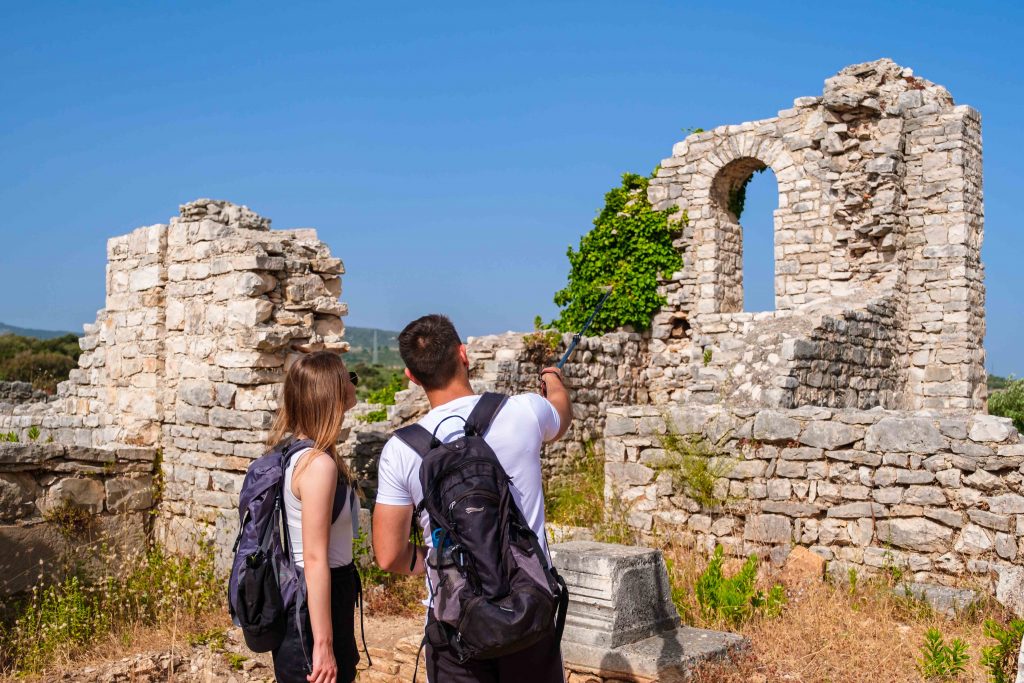
9 – Late Antique Villa On Mirje Near Postira
Mirje is situated among the two important centers on the Adriatic part of the province: Diocletian’s palace in Split and imperial quarries near Škrip, from which architectural stone for building the monumental palace was cut.
Numerous fragments of stone furniture confirmed the existence of a sacral building from the 6th century. The analysis of the discovered walls suggests that the complex was not built for the convent’s community, but that was in fact a later adaptation of the late antique villa with thermal complex.
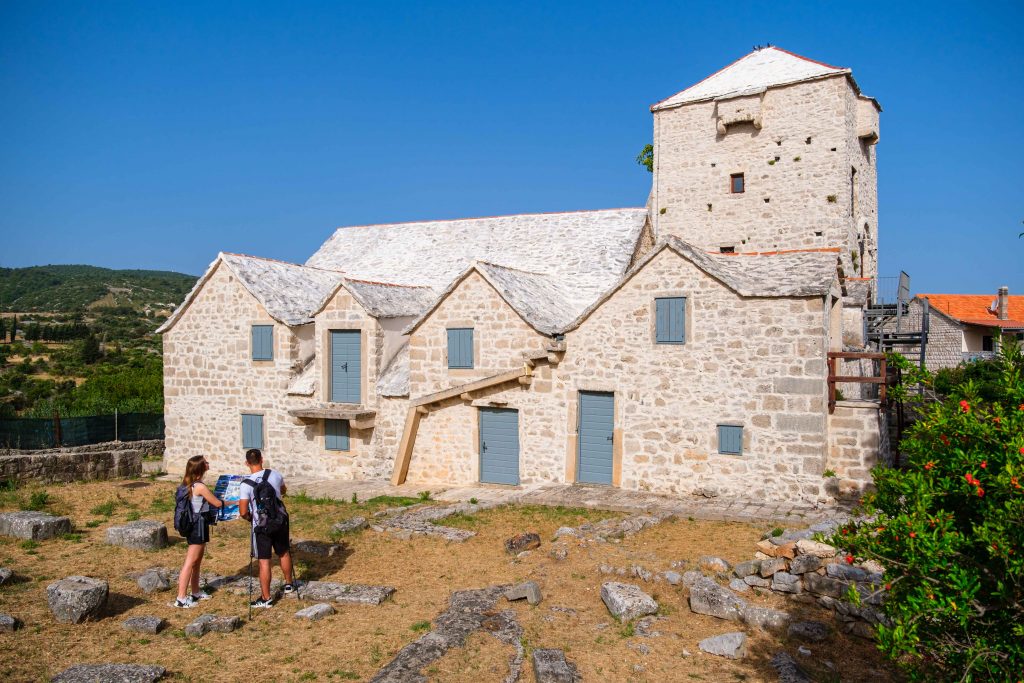
10 – The Island Of Brač Museum In Škrip
The Island of Brač Museum, situated in Radojković Tower from the 16th century, is one of the Croatian most visited museums, annually visited by more than 15 000 people. Its foundations date back 1500 years A.C. In the lower floor of the Museum, there is a Roman Mausoleum where, according to the legend, rest Valerija and Priska – wife and daughter of the Roman emperor Diocletian. The Island of Brač Museum in Škrip is the place not to be missed when visiting Brač.

11 – St. Spiridon’s Church
Uniquely shaped small chapel at the crossroad of ancient roads from Sutivan to Mirca and former parish Donji Humac (16th century). Not far from the church there is a speleological location (pit), the only one in Sutivan area.
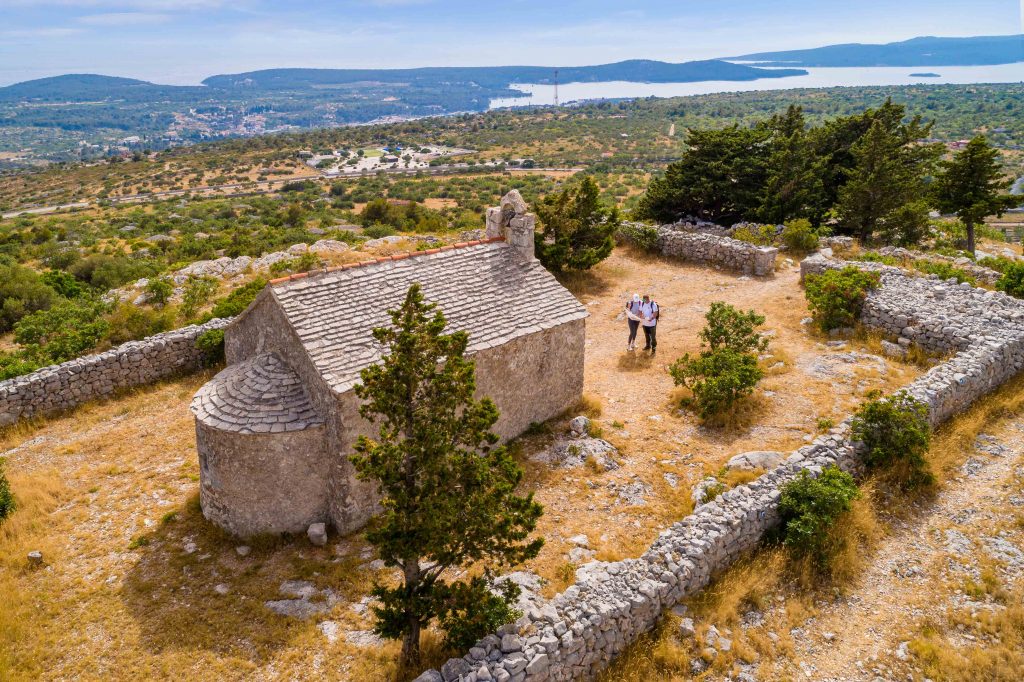
12 – Church of St.Martin
We don’t know exact time construction of the church of St.Martin, but shows early Romanesque style characteristics. On the facade of her annexed bell tower in the late 15th century. Simply stone facade on top of a brick distaff with a triangular pediment from the 14th century church is vaulted barrel vault without a flange, and the walls were broken down broad shallow niches. Above the altar is a Renaissance stone relief, workshop Firentinac, depicting St. Martin and the beggar on horseback.
photo: Hrvoje Gabrić, Robert Barilla, Alan Čaplar, archive TB Brač island
DALMATIA – A STORYTELLING DESTINATION This is a story about Split, citizens of Split and their battles throughout history
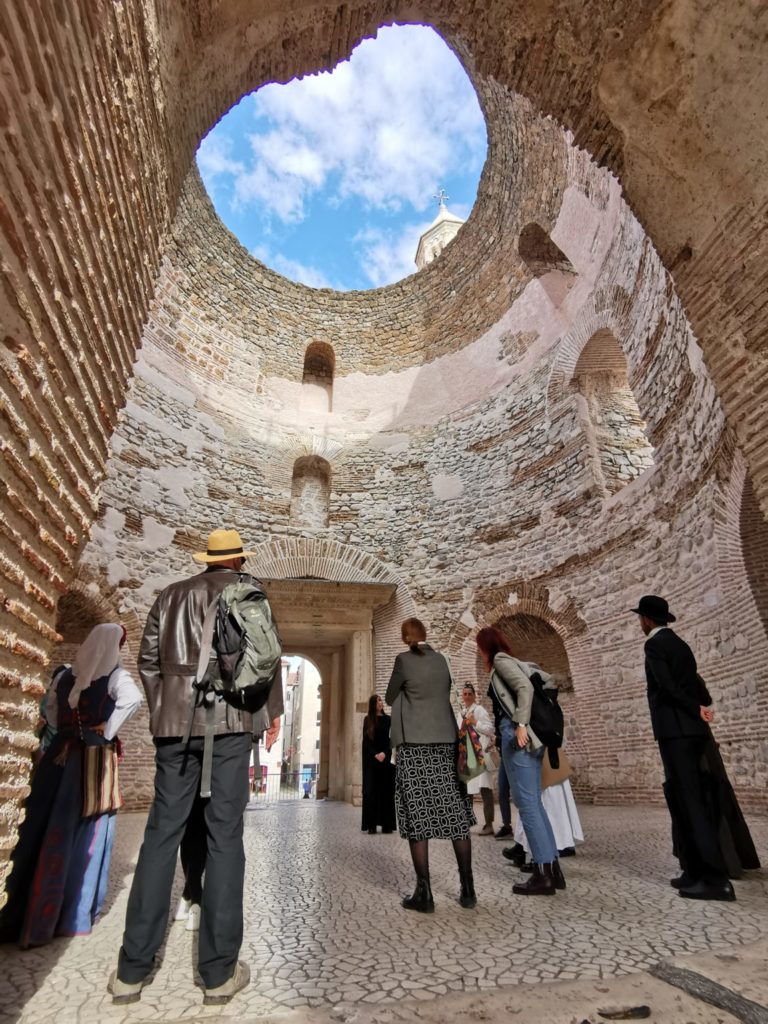
For centuries, the beautiful Mediterranean city of Split, located between the Marjan Hill and the Adriatic Sea, has attracted visitors from all over the world. Here they discover monuments from times long-gone, touch the thumb of Grgur Ninski and explore cellars of Diocletian's Palace, marveling at this magnificent architectural monument.
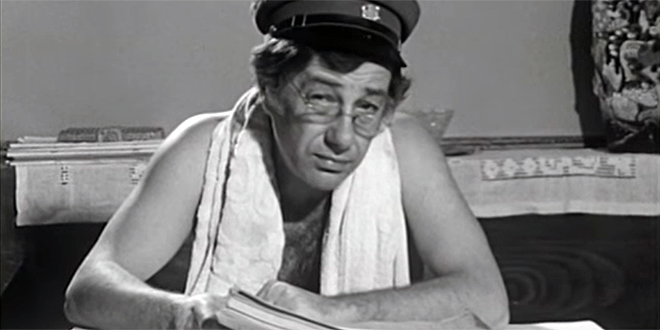
They also enjoy Marjan, "the lungs of the city," creating beautiful moments for their treasure boxes of memories. However, the story of this glorious city can be told in a completely different way: through the history of the Jewish community in Split with explorers, artists and mayors that will soon find their place in new specialized storytelling tours.
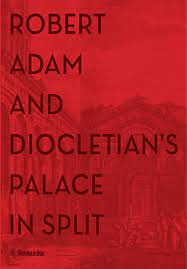
The Story of Robert Adam Discovering His Own Style
Diocletian's Palace in Split has always attracted international travelers, writers, historians, architects, and archaeologists curious about one of the best-preserved antique monuments in the world. Many of them tried to describe it but only the rare British architect of Scottish origin managed to do so, Robert Adam, who was mesmerized by Roman architecture and began to explore antique architectural structures. As he was intrigued by Emperor Diocletian and "the Emperor's monumental villa" in Split, he decided to visit this monumental city and learn more about the private architecture of ancient Romans. His first glimpse of the town was from the sea: "The moment you sail in between the two capes extending into the sea that form a large bay and a friendly harbor, you will see the remains of the walls facing the sea and a long arcade of the Emperor's Palace, a modern fortress, a lazaretto and towers located within the walls as well as one of the ancient temples. The urban structures are perfectly harmonized with the surrounding hills creating beautiful scenery. Upon his return to London, Adam spent 6 years preparing etchings for 61 etching plates. He published the book Ruins of the Palace of Emperor Diocletian at Spalato in Dalmatia in 1764.
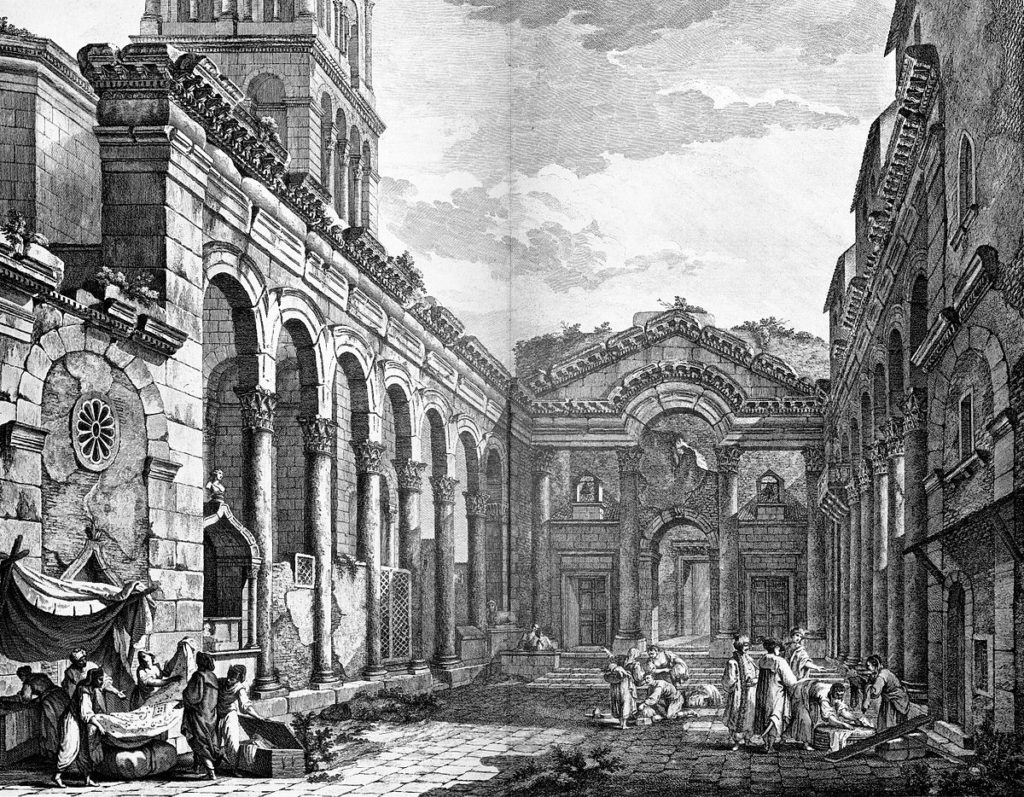
Adam's visit to Split and the Diocletian's Palace influenced his work and in part inspired his own style of interior decoration, named "Adam's style." He was deeply influenced by ancient civilizations. His experience of the Split's architectural masterpiece, especially the southern façade of the Diocletian's Palace, is visible on the Register House in Edinburgh and in the orangery of the Bowood House in Wiltshire, known as the Diocletian Wing. Simultaneously, the Adelphi Buildings on the Thames in London represent his interpretation of the whole Diocletian Palace.
Robert Adam was so astonished by Peristyle, a half capital from Diocletian's Palace that he used it to decorate the façade of a building located on St James' Square in London. His architectural style was so strongly influenced by Split's ancient monuments that he included the sketch of the entire capital in his book The Works in Architecture of Robert and James Adam.
Jewish Heritage in Split

Jews in Split is the name of a storytelling tour that will take you all the way back to ancient times. Jews have been living in Split ever since the times of Emperor Diocletian, and stonecutters' symbols on the walls of the Palace testify to their presence in the Palace. A Jewish cemetery and decorated menorahs, Jewish candleholders from the 3rd century tell us a story about their lives in Salona (today's Solin).
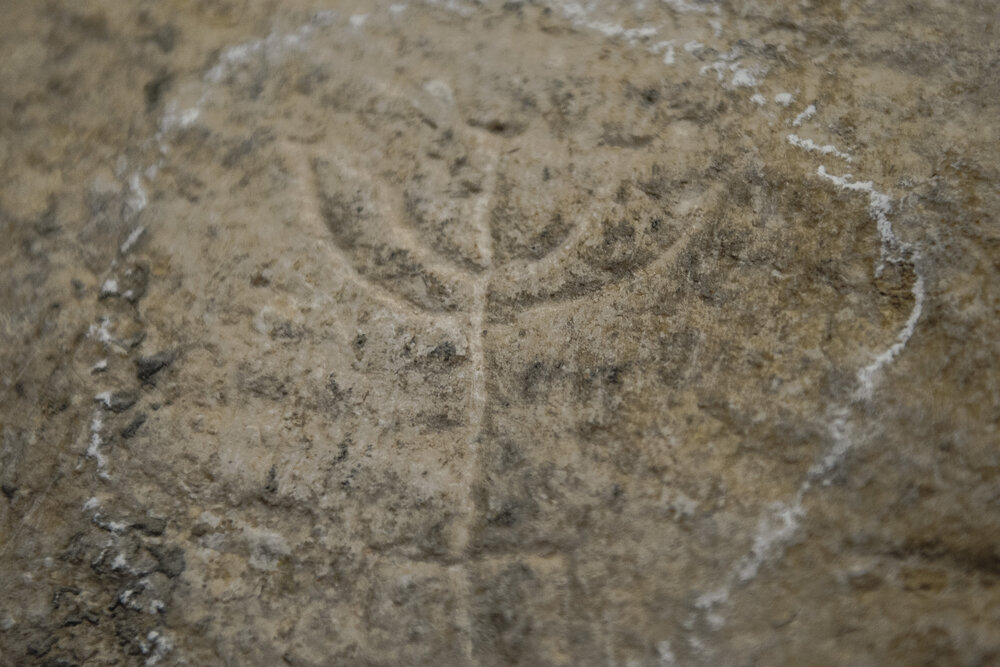
Although persecution has been the major part of the history of Jewish people, they were welcomed in Split thanks to their excellent multilingual and trade skills. Daniel Rodrigues, a Jewish community member in Split anda tradesman,left the most significant trace.In honor of his contribution to the evolution of the city of Split, a street was named after him - Rodrigina Street that was once inhabited by Jews exclusively. Next to it, in Židovski prolaz (Jewish passage), one of the oldest still active synagogues in Europe and the only one in Split found its home. It was built in the 16th century. Well-preserved, it tells a story of the influence of the community up to the 18th century.
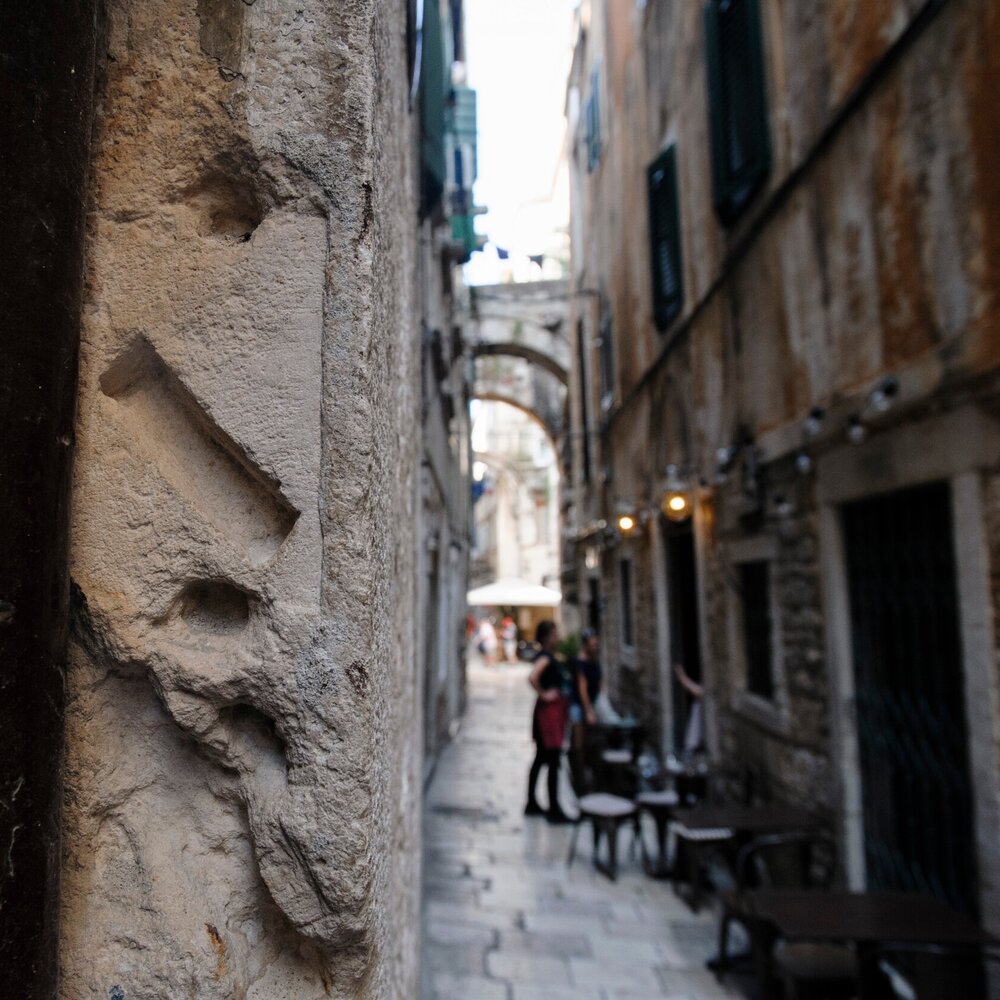
Today, the Jewish community of Split has approximately a hundred members that occasionally organize exhibitions and lectures. Work hours are from 10 a.m. to 2 p.m., on work days.
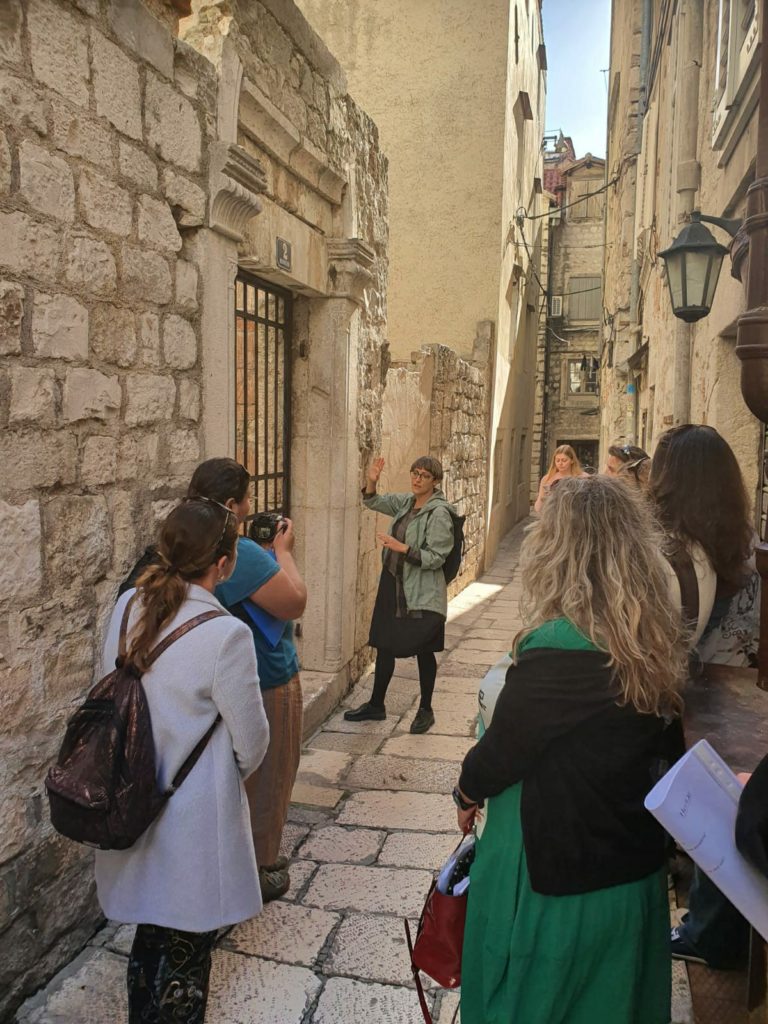
The Mayors of Split
A storytelling tour named The Mayors of Split tells a story of visionaries that have shaped Split as it is today. The guided tour starts on Prokurative with a tale of Antonio Bajamonti, a medical doctor and an adored mayor of Split for almost twenty years. He turned a neglected and poor varošica (a small town) into a modern Mediterranean city. He renovated the Roman aqueduct, introduced gas mantles, and built the Bajamonti Theatre.
The tour continues on Splitska Riva, where the scent of sulfur can be felt due to the sewage collectors constructed thanks to the mayor Grabić.
While strolling down the Riva, the scent of sulfur reminds us of "sulfur spas," and "furešti" (a slang expression for foreigners) who should learn about the mayor Grabić, thanks to whom today’s Riva smells only of sulfur.
Today's King Zvonimir Street was once known as Dr. Ivo Tartaglie Street, named after the favorite mayor of citizens of Split, a lawyer, politician, and painter. Thanks to his efforts, electricity supply was introduced in Split as well as it was connected to the mainland through Lički railway constructed in 1925. You will get a chance to find out more about this street that you will reach from the Riva.
This storytelling tour ends near Koteks, the first shopping center in ONE communist country. There, the participants will get a chance to find out more about the mayors of Split during the most significant city’s industrial-construction expansion and about the famous Mediterranean Games.
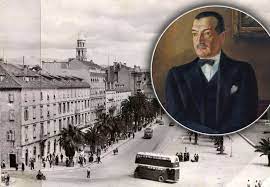
World War Two in Split
This is a story about the citizens of Split and their struggles during the Second World War. A war means destruction, pain, and suffering, and Split was no exception during the Second World War. The terrific bombardment of Split destroyed almost 20% of homes. However, innocent victims (citizens of the town) are those who suffered the most extensive injustice.
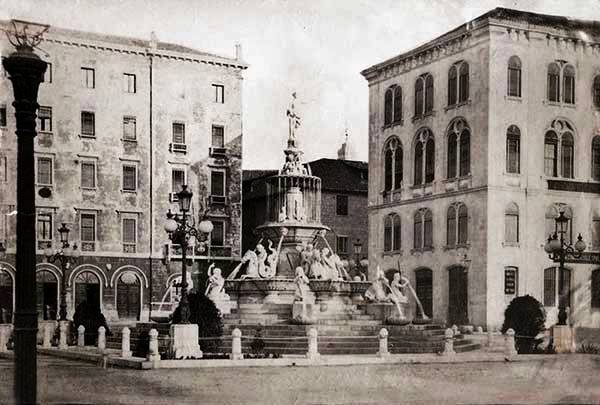
Tyranny was a form of rule of the new government that imposed new restrictions on living. Every new day brought further instability, sometimes in the form of price inflation, sometimes in the form of scarcity (of all essential goods) and sometimes in the form of the bloodcurdling howling of air raid sirens or random street checks or cardings and arrests.
Participants in this storytelling tour will learn about the atmosphere in Split during those dark times with an emphasis on the local population. In addition, they will hear about the postwar period, influences of which are still present but overshadowed by the war.
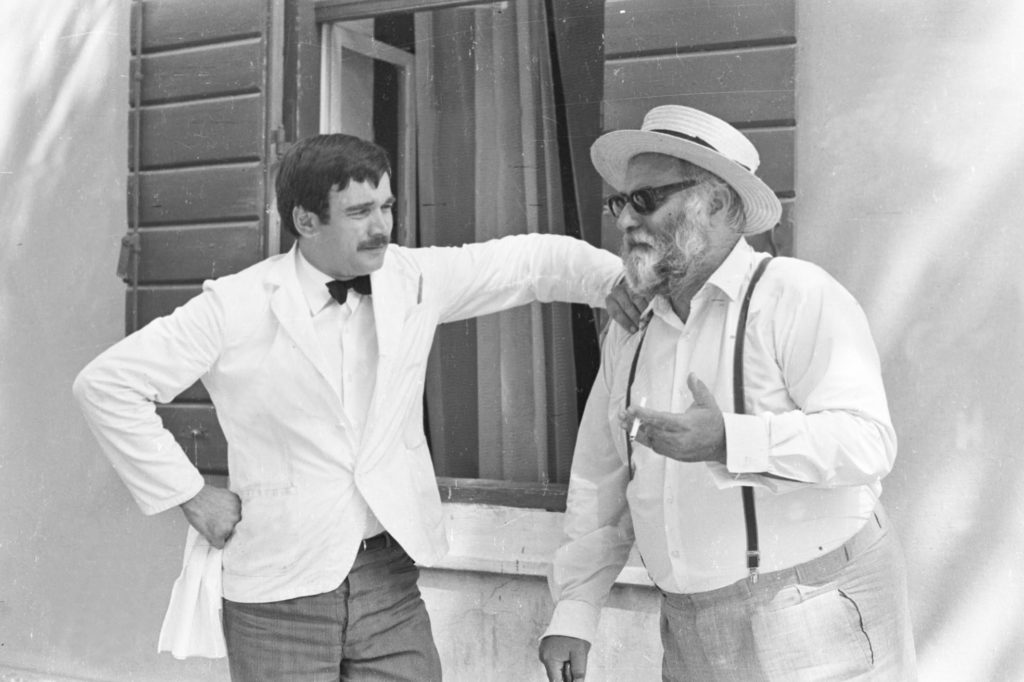
A Story about Split’s Mentality “The Craziest Town in the World”
We always wonder what makes this city, in which everything is acceptable, so special. The answer is that this is the craziest city in the world, with no further explanations needed.
States are changing, governments come and go, but the citizens of Split remain the same – unpredictable, passionate, loud, wild… Their mentality has become a brand. Splićani (citizens of Split) take pride in it as something more resilient than systems and ideologies. The small and the big town, as described by Uvodić, Smoje, or Kudrjavcev, each of them from their own perspective and their own interests provide the best insight into the “craziness of Split.” The characteristics are mainly negative – defiance, mockery, gossiping, hedonism… However, in this town, some reversed rules are in power. So everything that can be experienced as something negative at first, with time, becomes something adorable, and holding grudges does not exist.
No other city can take pride in eccentric characters born in Split, so-called ridicules, that transformed Split into u perfect stage for Fellini movies. Only in Split are people “fjakani” (meaning tired and melancholic). Small talks and gossip are the top priority of daily coffees. Yes, when drinking coffees in Split’s cafes, we all talk about “grandece” (the grandeur of people). We pretend that we possess more than we really do; vanity is our virtue, and spitefulness would make us climb Mount Everest.
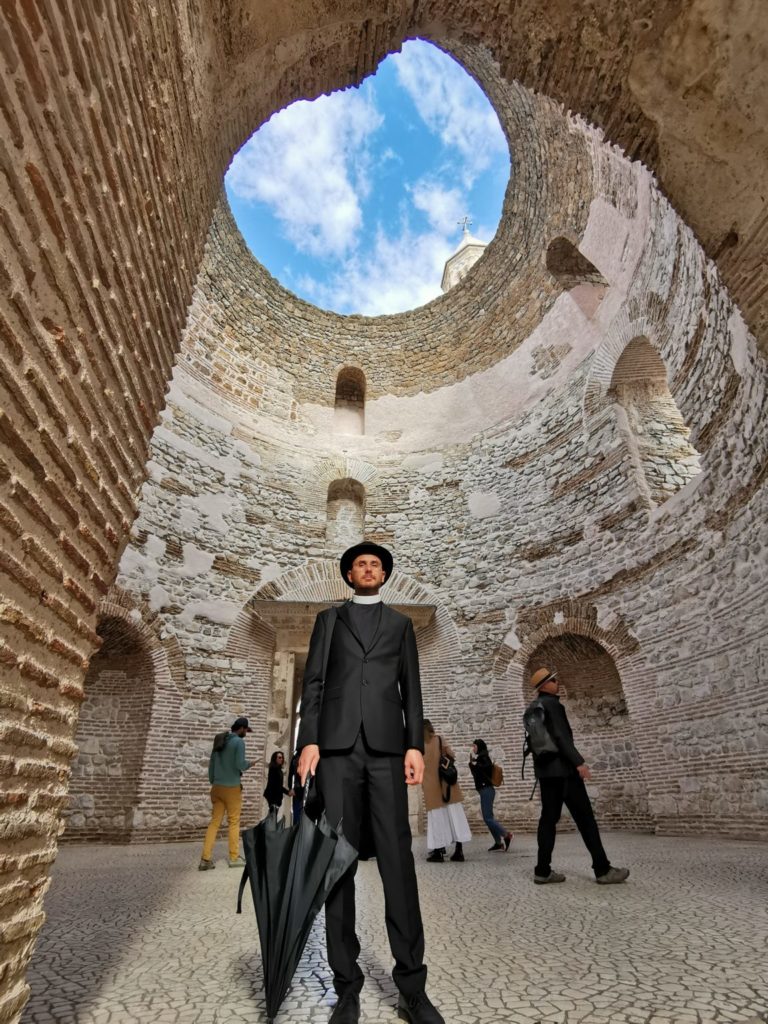
We sincerely believe that you will join at least one of our special storytelling tours and discover Split from a different perspective - by learning about people that breathed and lived in this city and have contributed immensely to its culture and tradition.
DALMATIA – STORYTELLING DESTINATION
Revival of storytelling in museums and institutions to preserve cultural heritage is a unique project in Croatia and Europe. In Dalmatia, as a storytelling destination, 14 characters of the area’s rich heritage have been revived. In addition to this project, 23 themed tours have been created. This project, intended for tourists and the local population, is focused on providing authentic experiences of cultural heritage through storytelling. These commercial guided tours will be available through the County’s storytelling platform that offers storytelling tours led by knowledgeable and certified guides wearing costumes. The project aims to preserve and publicize Dalmatian cultural heritage and create attractive 365 tourist offers in Splitsko–Dalmatinska County.
Knowledgeable and certified guides are:
The Story of Robert Adam Discovering His Own Style in Split: Maja Bilić
Jewish Heritage in Split: Lea Altarac
The Mayors of Split: Maja Benzon
The World War Two in Split: Ina Nikolić
A Story about Split’s Mentality “The Craziest Town in the World”: Luisa Quien
Photo credits: Dalmatia – Storytelling Destination; photo archive of TV series Malo misto; archives of certified storytelling guides; Wikipedia
CELEBRATING LOVE The project „Dalmatia – Storytelling Destination“ tells a tale of the most beautiful love stories from Splitsko-Dalmatinska County
Welcome to the project Dalmatia – Storytelling Destination… This is a story of the untold legends, full of memories, laughter, bitter tears, revenge… If only these walls could talk…

As Valentine’s Day is approaching, we are getting in the mood to celebrate love. They saythat only the heart can see “love.” Still, the project Dalmatia – Storytelling Destination has given “love” a shape visible to everyone. This creatively designed project with storytelling elements tells us tales of the most beautiful love stories in Splitsko-Dalmatinska County (SDŽ).
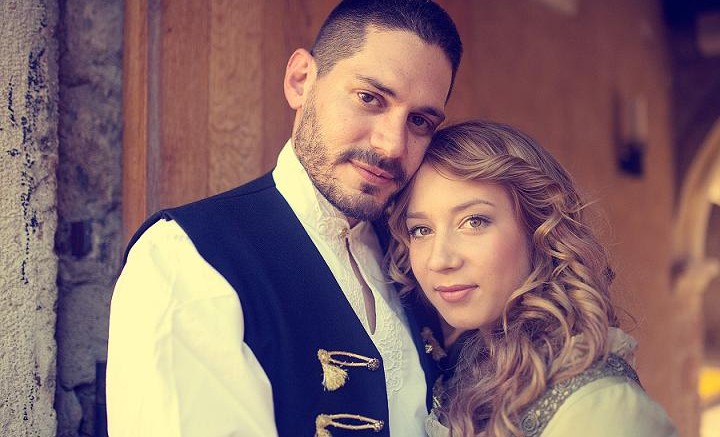
If the walls of homes and palaces in Splitsko-Dalmatinska County could talk, they would reveal many happy love stories, but also those with sad or even dramatic endings. Many legends tell tales about them. Some of them are brought to you as a gift for Valentine’s Day by storytellers of Dalmatian cultural heritage, licensed tourist guides from SDŽ involved in the Dalmatia – Storytelling Destination project.
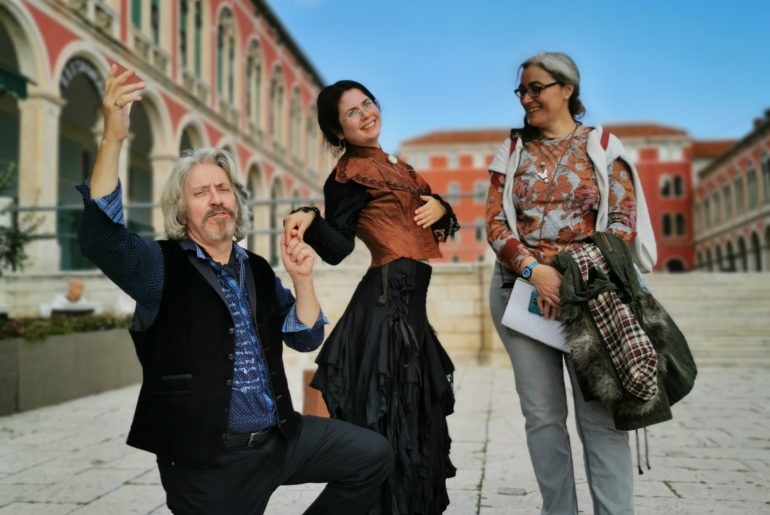
DALMATIA – STORYTELLING DESTINATION
Revival of storytelling in museums and institutions dedicated to preserving cultural heritage is a unique project in Croatia and Europe. In Dalmatia, as a storytelling destination, 14 characters of the area’s rich heritage have been revived. In addition to this project, 23 themed tours have been created. This project, intended for tourists and the local population, is focused on providing authentic experiences of cultural heritage through storytelling. These commercial guided tours will be available through the County’s storytelling platform that offers storytelling tours led by knowledgeable and certified guides wearing costumes. The project aims to preserve and publicize Dalmatian cultural heritage and create attractive 365 tourist offers in Splitsko–Dalmatinska County.

Here are 7 most touching legends and stories:
1. Castles and legends from Kaštela
In the 17th-century Kaštel Lukšić, a girl named Dobrila lived with her parents in the Vitturi Castle. And nearby, in the Rušinić Castle, a boy named Miljenko lived with his father. Their fathers, sworn enemies, opposed their love and brought a tragic ending to it. The storyteller starts telling the story near Dobrila’s castle and leads to the Church of the Assumption of Mary, where Romeo and Juliet from Kaštel were married. The tour then continues to the Rušinić Castle and St John the Baptist Church, where they were buried. The story reveals a tragic truth about Miljenko’s death, who was killed by Dobrila’s father. The tragic death of her loved one led to Dobrila losing sanity, wishing only to be buried next to her husband.
Storytelling guide: Nataša Birčić

2. A STORY OF DOBRILA VITTURI
The City Museum in Kaštela hosts this 45-minute storytelling experience that tells a tale of Dobrila and Miljenko, Romeo and Juliet from Kaštela. The guides will tell a story about happiness and tragedy with the help of a revived character of Dobrila. In addition to the love story, the visitors will have a chance to learn about the history of Kaštela.
Storytelling guides: Sandra Hrabar and Jelena Marijanović

3. Roko and Cicibela
…It was like in a story. Roko, a poor fisherman and the son of a rope maker. Cicibela, a daughter of a porter, even poorer… Ahh, who hasn’t heard of a story of a couple that fell in love in Split’s Matejušica. Ivan Baranović and Boško Papić will tell a story about these poor lovers from varoš (a part of the city) with just a little bit of bread, even less fish, and a lot of love. In addition, they will show the sights of the charming Vela Varoš. The couple married in 1903 lived on a Dujkin Dvor gaeta (a traditional wooden boat) named by Roko. The legend says that they died together, embracing each other during the winter of 1936/1937.
Storytelling guides: Ivan Baranović i Boško Papić

Love stories of ancient Split
4. Diocletian and Prisca
It is not easy to single out a love story from the ancient texts about love dedicated to Split. A more popular one is a story about Diocletian. According to the legend, the Emperor met his darling Prisca in the fields of Spanish broom. Maybe in Salonika, on the slopes of Kozjak, or on the mountain of Mosor. He was faithful to her and their daughter Galeria Valeria. When he abdicated in 305, he retired and withdrew to the Palace with Prisca. There, they lived peacefully until 310, growing cabbage. This is the year when his son-in-law and heir became sick. Mother Prisca rushed off to Salonika to help her daughter. In 311, Galerius died. As Galeria Valeria was a daughter of the great emperor, it was expected that the man that married her would become an emperor. But Galeria Valeria did not want to remarry, especially not for political reasons. This is why she and her mother were expelled. They found shelter in today’s Syria. But her adopted son, Candidianus, remained in Salonika (probably Galerius’ son from his first marriage). Pretender to the throne, Licinius, sent her a message telling her that if she did not return to Salonika, he would kill Candidianus. As she loved him like her own son, she decided to go back. Unfortunately, it was too late as Licinius beheaded Candidianus. Apparently, someone from the crowd spotted Galeria Valeria and Prisca and informed Licinius about their arrival. The two of them were arrested and executed.
Unable to save them, Diocletian died of sadness. According to the legend, he jumped into the sea below his Palace.
5. The love story of Adela and Mario
This story takes us back to the 16th-century Klis that was under the Turks at the time. A young and wealthy tradesman lived there. His name was Adel. A wealthy family from Split – Vornić – was buying his goods. Their youngest daughter Maria fell madly in love with Adel, who asked her to be his wife. He even promised that he would convert to persuade his family to bless their marriage. For the Vornić family, it was unacceptable for a Muslim man to join their family. So they sent Mara to a convent, where she became sick and died. This story of Adel and Mara was written by Luka Botić. Josip Hatze composed an opera to a libretto written by Branko Radic.
6. An unusual love triangle
Legends about Split also talk about mayhem, an unusual love triangle with a beautiful daughter of a sea captain in the middle. Marko Marulić, a famous Croatian poet, lawyer, judge, and Renaissance humanist, and his friend and relative Papalić fell in love with her. The young maiden could not decide between the two. So she would throw down the ladder during the night. One of them would guard underneath the window while the other would climb the ladders to the room. Each night they would take turns. And then, one night, there was a bloody confrontation. It was a break of dawn, but there was no sign of Papalić. Marulić suddenly spotted a bag at the bottom of the ladders with his friend’s head. The legend says that he took it home with him. He buried his friend and then withdrew to the island of Šolta, where he lived like a monk for the rest of his life. The young maiden was walled up in the house.
7. Forbidden love of Leon and Izolda
A 15th-century story of forbidden love from Split is about Leon, a son of the Venetian duke Quirin, and Izolda Alberti, the only daughter of Madi Alberti, a nobleman from Split. Wanting to help them, Leon’s friend, sister Katarina, lent her robe to him so that he can disguise and secretly meet his loving Izolda during a mass. When the old Albert found that out, he sent his daughter to the Benedictine convent of St Arnir. But the lovers continued seeing each other, planning to get married. However, to escape, she needed to go through the attic full of coffins hiding bodies of stillborn babies and those that died after birth. Izolda was so terrified that she stayed in the convent and died there. Leon has died in the battle of Zadar.
Storytelling guide: Sunčana Cokarić
Photo credits: Tourist Board of Kaštela, Roko and Cicibela (1978), Storytelling Dalmatia
Interview DOMAGOJ BEBIĆ "Creativity is the key to success"
THE FUTURE OF OUR TOURISM AS SEEN BY AN EXPERT – COMPETENCE AND KNOWLEDGE AS GUIDE MARKS IN DIFFICULT TIMES
In these seriously difficult and uncertain times, when coronavirus has redefined our reality in all its aspects, competence and knowledge have never been more significant. In these times of uncertainty, we have turned to people whose expertise and knowledge instil confidence and a sense of security.
We met with an expert of such kind, associate professor Domagoj Bebić, the holder of the chair on New Media and the head of the Department for Strategic Communication on Faculty of Political Science in Zagreb, and the coordinator and representative of all IPSA research committees – the greatest international association of political scientists. We talked about the interrelation of coronavirus and tourism, one of the most complex social-economical phenomena that has been significantly affected by the pandemic.
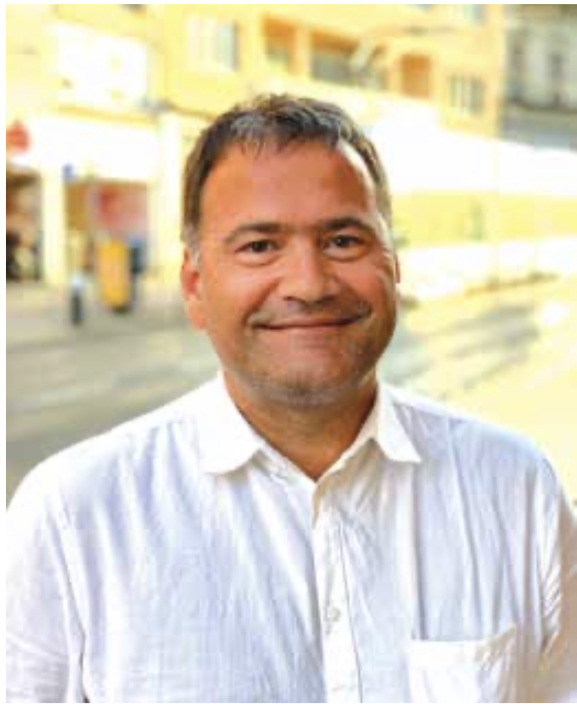
1. Lately, we have been witnesses of the dramatic effect of the pandemic on global travel – in which way has coronavirus particularly altered its dynamics?
I would like to point out that, at the moment, the most important thing for everyone is to keep ourselves and our loved ones safe. On the other hand, some people are pessimistic. If we take a look at the numbers, it all does seem a bit negative – air traffic is practically non-existent, there're a sense of fear among the world’s travellers, and I think we are close to a point when we have to redefine the term zero point and start with some new processes, and this will happen when we gain some more insight into the nature of this virus.
The global COVID-19 pandemic has definitely postponed the beginning of the tourist season, we have witnessed many reservation cancellations just several days before the tourist season as we know it should have started. I believe that uncertainty is one of the things that has affected this delay the most. The whole situation and its uncertainty as far as epidemiological measures are concerned have brought caution in terms of the booking of accommodation, as well as a decrease in the number of guests.
2. In your opinion, is it likely that this situation will have long-term consequences and permanently alter the travel market? Can you single out some of the specific segments where long-term changes are to be expected?
I believe that this should only be a kind of setback, but once the danger disappears, things will slowly fall back into their place and within a reasonable amount of time, the numbers will reach those of pre-pandemic times. I also believe that all of us will somehow change the way we act. Most likely with time we’re going to acquire some new habits, but we’ll certainly need some time to adjust and get used to the “new normal”. It is to be expected that after this storm the tourist market, the situation will start to stabilise and a new balance will be reached. I don’t think that this is the time for pessimism, but for an opportunity to learn a lesson and try to adapt to these new circumstances.
3. What about mass tourism? Is it, in the light of new events, a finished story?
Out there in the world, including here in Croatia as well, some new models of tourism have started to be encouraged such as sustainable tourism, green tourism, the growing and enjoying of organic food… The coronavirus situation only brought them up to surface and I think that it’s the right time for tourist workers to start to invest in them. As soon as the pandemic is over, sustainable tourism and the green economy will become the new normal. This new situation has prevented mass tourism from rising. As I previously pointed out, I believe we will, meaning all of us together, acquire some new habits and adapt to new trends. This situation will most certainly bring about some new trends and habits, but I believe that the tourist sector will soon recognise and adjust to the needs of guests. The Split-Dalmatia County Tourist Board has proved to be very successful in adapting to new situations on many occasions, which is the most important characteristic for successfully doing business in tourism.
4. What are your predictions about the nature of “new” tourists, or perhaps it’s better to say, the tourist of the future?
They are completely networked, the primary way of communication being social networks and new media. I believe this situation will encourage guests to be more open to different tourist offers, to explore new possibilities. The new type of tourist will be more open to somewhat different, specific offers and vacation models.
5. How do you envision Croatia on the world tourist map? Is there a segment in which our country as a destination can look for an opportunity or do we have some special advantage?
Croatia is one of the leaders in exclusive and expensive tourism. In this segment we are very creative, developed and expensive – which I don’t think is bad. In my opinion, this sector attracts global emissive markets, although there is a dose of public criticism on the exclusive part of tourism, but this is the branch in which we can offer the most.
I’ve already singled out the Tourist Board of Split-Dalmatia County as a leader when it comes to adapting to new situations, new trends and novel needs of tourists. We should also keep in mind that the advantage of Croatia is its natural resources that enable guests to try numerous possibilities in just a few minutes' ride. From secluded beaches, programmes in city centres to being able to enjoy themselves in isolated locations full of unexplored natural beauty.
6. What would you recommend to the leading people in Croatian tourism – what should be the base of their marketing strategy?
Creativity. This is the key to success. We are definitely not that creative, and we have every right and freedom to be. The audience’s span of attention has decreased, their hectic lifestyle has changed their habits, so it’s important to emphasise the creativity of the content to attract the attention of the target audience. Also, all discussions on global markets point out the importance of providing tourists with information about security, which has to be specially emphasised during this period.
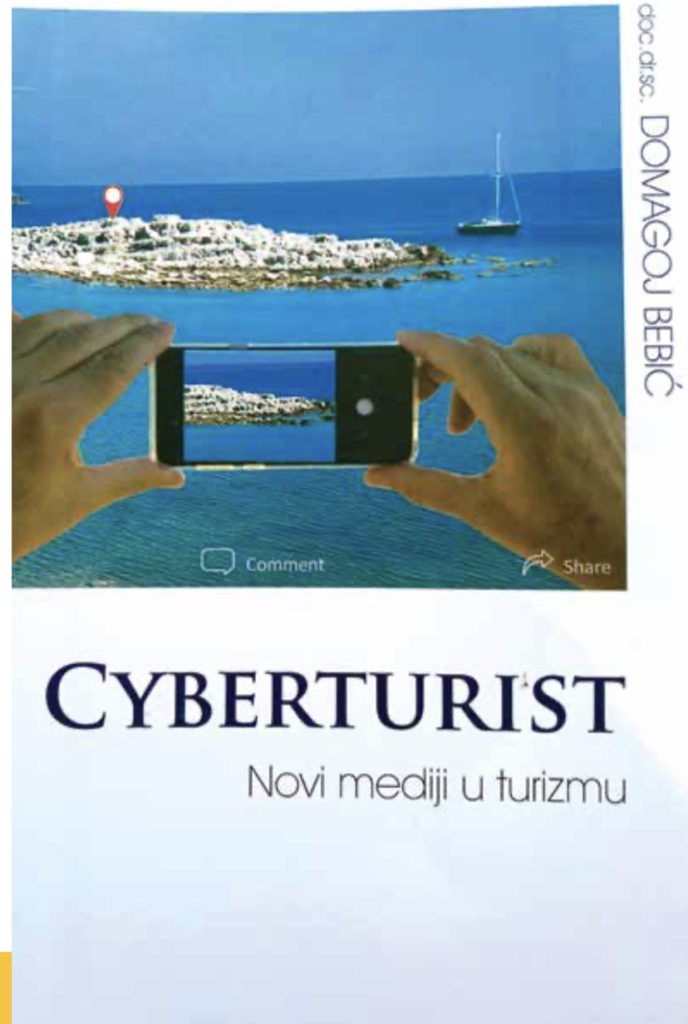
Domagoj Bebić is author of the book -Cybertourist, new media in tourism.
Cybertourism stands for the change in tourist communication patterns and tourist promotion. Due to the change that was introduced with the rise and popularisation of new media today we
deal with completely new communication rules and practices. The development and popularisation of social media has redefined core media practices.
Hvar's Arsenal - Winner of the European Heritage Awards/Europa Nostra Awards 2020.
EUROPE’S TOP HERITAGE AWARDS HONOUR 21 EXEMPLARY ACHIEVEMENTS FROM 15 COUNTRIES.
Ahead of the celebration of this year’s Europe Day (9 May), the European Commission and Europa Nostra are proud to announce the 2020 winners of the European Heritage Awards / Europa Nostra Awards. Europe’s top honour in the heritage field goes to 21 exemplary achievements from 15 European countries (for the full list see below).
This year’s impressive collection of award winners range from the restoration of Rubens’ garden pavilion in Antwerp (Belgium), to the revival of the renaissance arsenal on the island of Hvar (Croatia); from the trans-European network “Tramontana” dedicated to the research of the tangible and intangible heritage of mountainous regions, to the sensitive preservation of a cultural landscape formed by subterranean caves and wineries in the province of Burgos (Spain); from the rebirth of the impressive Basilica di Santa Maria di Collemaggio in l’Aquila (Italy), heavily damaged by the devastating earthquake of 2009, to the “Ambulance for Monuments” with an emergency team of craftspeople ready to save endangered heritage in Romania; and from “Scanning for Syria”, a research project carried out by a research centre in The Netherlands, to a major exhibition marking the 75th anniversary of the liberation of Auschwitz, organised in co-production between Poland and Spain.
Heritage lovers and supporters from Europe and all around the world can vote online for their favourite award winners and decide which achievement will win this year’s Public Choice Award. In times of confinement and physical distancing, the European Commission and Europa Nostra hope to inspire a particularly large number of people to discover this year’s award-winning achievements and to share the names of their three favourite winners. The Public Choice Award will be announced in the autumn of 2020. The winners of the Grand Prix, entitled to receive a monetary award of €10,000 each, will also be made public on this occasion.
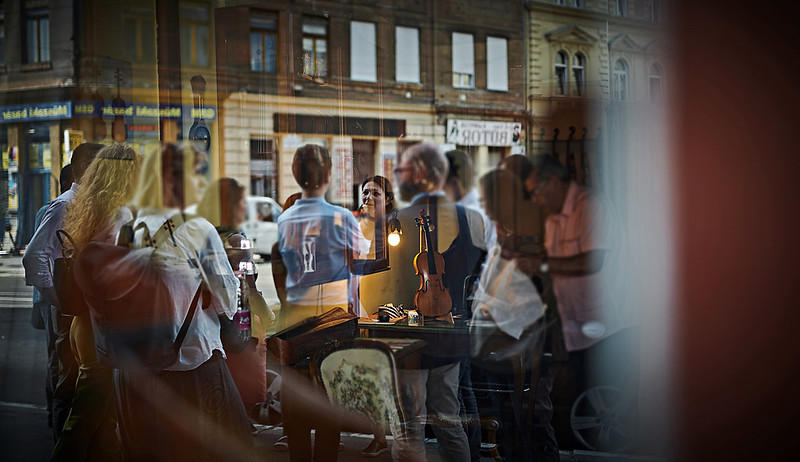
“The COVID-19 crisis has made clear just how necessary culture and cultural heritage are to people and communities across Europe. At a moment where hundreds of millions of Europeans remain physically separated, our cultural heritage continues, more than ever, to bring people together. This year’s winners of the European Heritage Awards / Europa Nostra Awards are inspiring and powerful examples which truly contribute to a closer, more united and more resilient Europe,” said Mariya Gabriel, European Commissioner for Innovation, Research, Culture, Education and Youth.
“In these trying times, our award laureates, with their success stories of how adversity can be overcome through expertise, dedication and teamwork, are true messengers of hope. These exemplary awarded projects demonstrate that cultural heritage is vital to our mental and physical recovery from the trauma caused by the pandemic. Our shared heritage and its custodians can contribute in so many ways: from making accessible cultural content via creative digital solutions to undertaking concrete restoration and rehabilitation works as an act of social and economic rebirth for our cities and villages,” stated Hermann Parzinger, Executive President of Europa Nostra.
The European Heritage Awards / Europa Nostra Awards were launched by the European Commission in 2002 and have been run by Europa Nostra – the European Voice of Civil Society Committed to Cultural Heritage – ever since. The Awards have the support of the Creative Europe programme of the European Union.
The Award winners were selected by independent juries composed of heritage experts from across Europe, upon thorough evaluation of candidatures submitted by organisations and individuals from 30 European countries. The Juries also decided to give three Europa Nostra Awards to remarkable heritage achievements from European countries not taking part in the EU Creative Europe programme, namely Switzerland and Turkey.
In 2020, two new ILUCIDARE Special Prizes will also be awarded from among the submitted applications to the European Heritage Awards / Europa Nostra Awards. The ILUCIDARE Special Prizes will be announced on 28 May. ILUCIDARE is a project funded by Horizon 2020 with the aim of establishing an international network promoting heritage as a resource for innovation and international relations.
2020 Award Winners
(listed alphabetically by country)
Category Conservation
Rubens’ Garden Screen and Garden Pavilion, Antwerp, BELGIUM
Hvar’s Arsenal, CROATIA
Epitaphs of the University Church of Leipzig, GERMANY
The Museum of Fine Arts, Budapest, HUNGARY
Basilica of Santa Maria di Collemaggio, L’Aquila, ITALY
LocHal, Tilburg, THE NETHERLANDS
Subterranean Caves and Wineries of El Cotarro, province of Burgos, SPAIN
The Iron Bridge, Shropshire, UNITED KINGDOM
Category Research
Tramontana Network III, FRANCE/ITALY/POLAND/PORTUGAL/SPAIN
Turin Papyrus Online Platform (TPOP), ITALY
Scanning for Syria, THE NETHERLANDS
Dedicated Service
Education, Training and Awareness-Raising
Cross-border Collaboration for European Classical Music, CZECH REPUBLIC
Arolsen Archives Online, GERMANY
The Secret Life of a Palace, Gödöllő, HUNGARY
Uccu Roma Informal Educational Foundation, HUNGARY
Auschwitz. Not long ago. Not far away, POLAND/SPAIN
The Ambulance for Monuments, ROMANIA
Europa Nostra Awards go to three remarkable heritage achievements from European countries not taking part in the EU Creative Europe programme.
Category Conservation
Manor Farm of Bois de Chênes, SWITZERLAND
Category Dedicated Service
Société de Lecture, Geneva, SWITZERLAND
Education, Training and Awareness-raising
SARAT – Safeguarding Archaeological Assets of Turkey, TURKEY
The Call for Entries for the 2021 edition of the Awards is now open and the application forms are available on the Awards website. Submit your exemplary project and share your expertise and success!
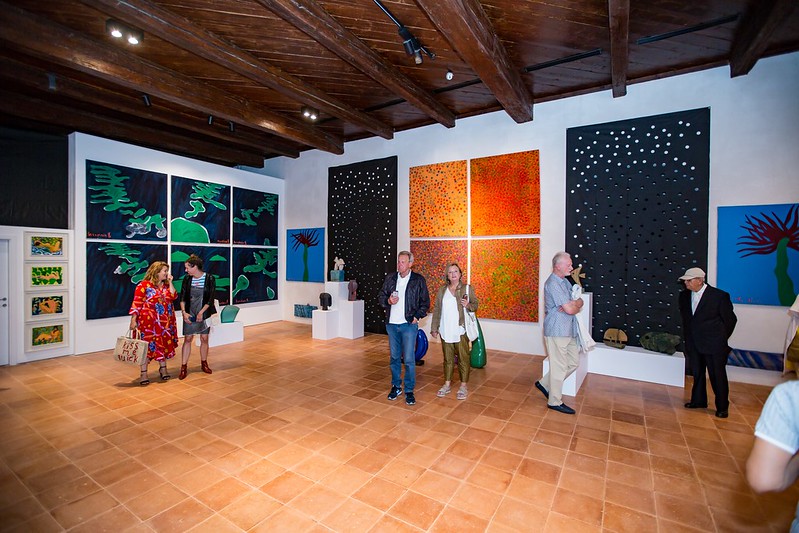
Hvar’s Arsenal
May 07, 2020 | Conservation | Croatia | Hvar
The Arsenal building, centrally located in the town of Hvar, the most important harbour of the island, has been carefully restored and successfully transformed into a vibrant cultural centre for visitors and the local community alike. The Croatian Ministry of Culture and the Ministry of Regional Development were partners to Grad Hvar in the 30-year project to rehabilitate Hvar’s Arsenal. The project was funded by the Hvar municipality, the Ministry of Culture, the Ministry of Regional Development and Split – Dalmatia County with additional funds coming from civil associations and the European Regional Development Fund.
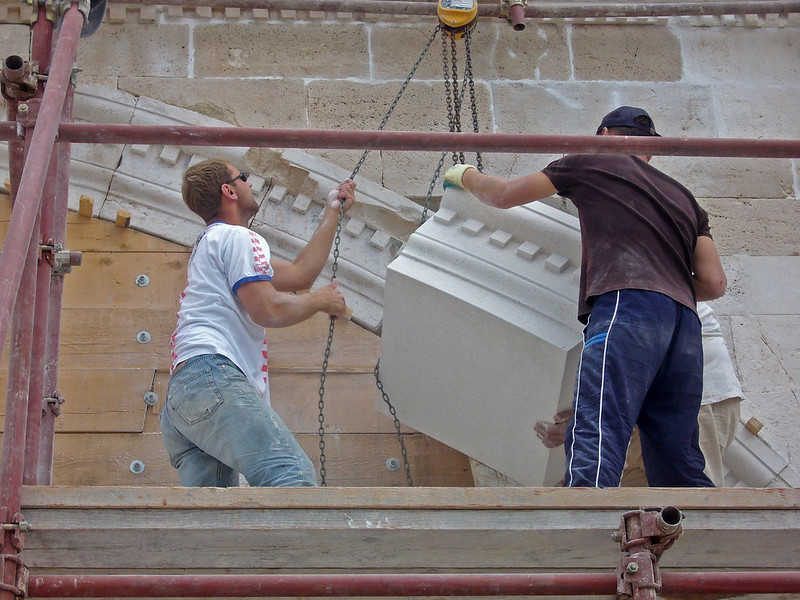
The construction of the medieval Arsenal began in the 13th century. Archaeological finds indicate that it was used as an arsenal since the 3rd-4th centuries AD. It was not until the early-17th century that the building achieved its present appearance, comprising a boatyard on the ground floor with a theatre and arsenal storage on the upper floor, which was adapted to a gallery and reception room.
The extremely demanding project to rehabilitate the Arsenal included documentation, research studies and a conservation report (1989-2005); the reconstruction of the load bearing structure (2005-2009); archaeological excavations (1994-1996 and 2014-2015); phases of reconstruction and renovation (2014-2018); and concluding work on the interior of the building, including updates to the theatre, gallery and reception room (2018-2019).
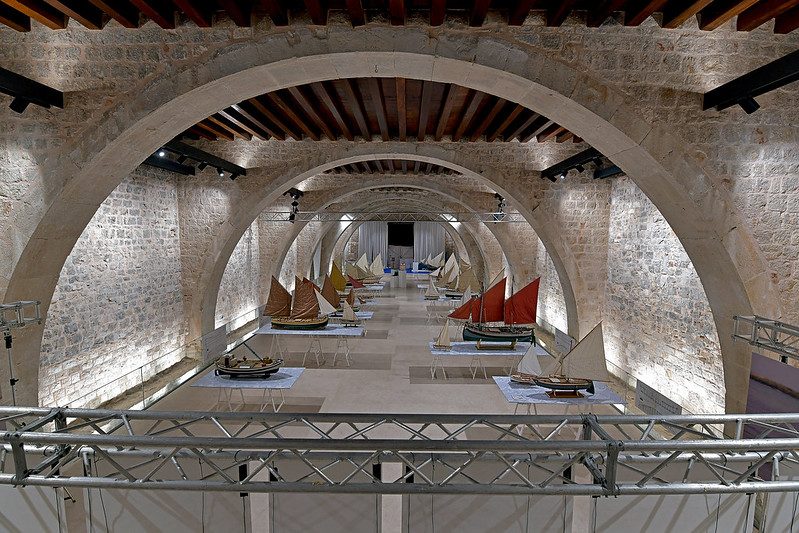
The ground floor space has retained its original character with exposed stone walls and arches while new multi-purpose facilities have been installed, providing Hvar’s citizens with a venue to host a wide range of cultural and social events. The original Venetian wooden beams are still present on the ceiling of the gallery on the first floor while some other original features of the building, most notably the frescoes and theatre boxes have been kept and restored to their original form.
The necessary new additions to the building were designed in a contemporary style, thus emphasising the original character of the building. These new components to the building’s historical layers have successfully evoked a dramatic meeting of old and new.
The Jury noted that “this respectful revitalisation project has adapted a very significant building to the modern needs of the community and adds a new cultural dimension to the tourism of the area. It represents a long-term effort to ensure the preservation of the Arsenal, a site of high heritage value. The stratification of the 16th-century building and the later 18th-century theatre has been properly recognised in the conservation works. These sites are evidence of a long history of international trade in Europe and are significantly located in the harbour area where they continue to play an important role as a place of connection”.
More information
www.hvar.hr

PROUD AND UNITED IN PRAYER The 500-year-old Hvar tradition of the Procession "Za Križen" will continue this year
Procession "Za Križen" (Following the Cross) is a unique religious rite that has been held continuously since the year 1658
There is no island sacral manifestation that is more monumental, and at the same time more mystical, touching and traditional than Hvar’s internationally known Procession "Za Križen" (Following the Cross)

It is not just a ritual in which the faith and piety of the people are manifested; in the case of Hvar, it is an event of the people that has been reflected in its continuity for five centuries. It takes place on the night of Maundy Thursday and Good Friday, and is performed as a religious sequence consisting of six processions that simultaneously move to six Hvar towns. And they never meet during this night-time procession.
The procession is a unique religious rite that has been held continuously since the year 1658, having experienced a partial interruption during World War II. Back in 1943, the Italian fascist authorities forbade the island to participate in the procession. Only the closest entourage participated in the event with the crossbearer. One year later, in 1944, the procession was banned by the Nazi authorities on the island.
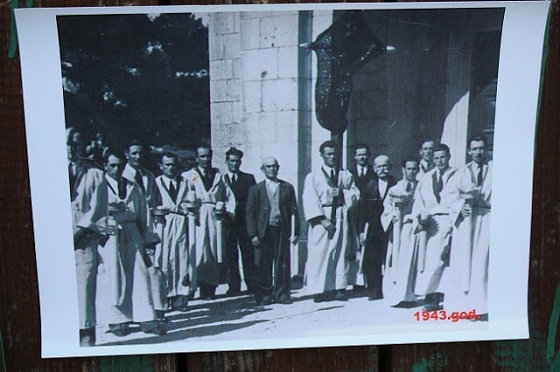
At that time, in El Shatt, there were in fact a large number of people from Hvar who initiated that tradition from their native island and organised the procession in Egypt, with the consent of the British refugee camp command. Dining rooms represented churches, and even improvised altars were erected. About 8,000 people participated in the procession, including the Allied soldiers. The memory of this procession, apart from a few preserved photographs, has also been preserved by the crosses from El Shatto which are kept in the parish churches. The Procession of the Cross was inscribed on the UNESCO List of Intangible World Heritage back in 2009.
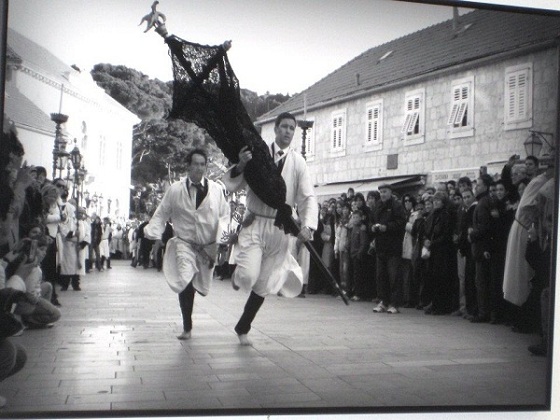
Once again this year, despite the coronavirus crisis, this unique religious event will take place from Good Thursday to Good Friday, on April the 9th, 2020. Only the closest entourage will participate in the event with the crossbearer, following all of the recommended social distancing measures.
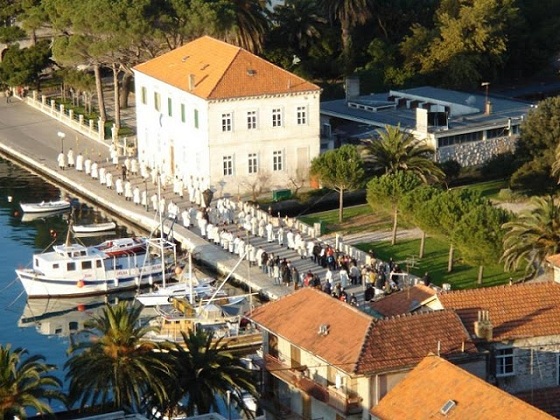
The highest honour in this story is worn by the bearer of the cross, a key person carrying an 18-pound heavy cross.
This role is of great pride for every citizen of Hvar, and in life, sometimes with a wait of 20 years, only a few get to enjoy this rare opportunity. Most often as a fulfillment of a vow made to oneself, or at the family level.
In deep silence, filled with prayer, and deep religious worship, the cross bearers and believers, in a long continuous column, begin their journey with the procession, presenting in the most beautiful way a memorial of religious love always bound in suffering.
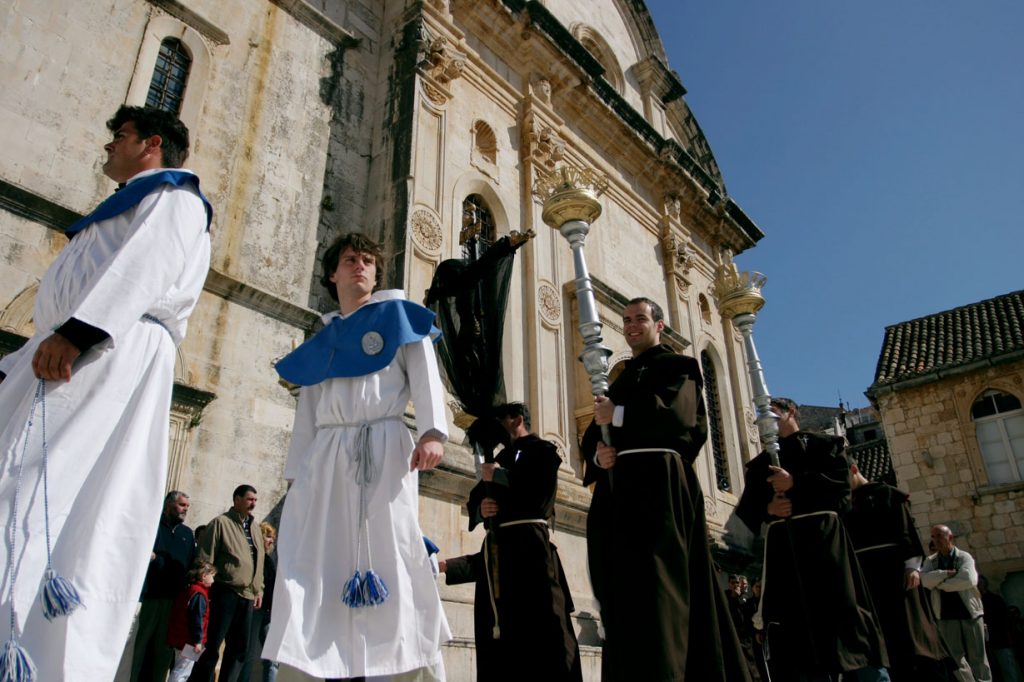
The procession simultaneously starts from the parishes of Jelsa, Pitve, Vrisnik, Svirce, Vrbanj and Vrboska. It has moved for centuries in a given trajectory, clockwise, without meeting and ending in the initial parish. If the processions were to encounter one another during that long night-time journey, the people would mark something like that as enormous bad luck. The procession also has its sacred music, an eighth-century octosyllable text of the Lamentations of the Virgin Mary, performed by cantors. The Procession Following the Cross is one of Hvar’s traditions, which every year records an increasing number of believers from the country and the world. They usually describe their participation in this event with the word - magnificent.
Photo: archive of tourist boards of the island of Hvar
More: TZ Jelsa
Intangible heritage of Dalmatian Zagora – an important element of cultural and national identity
Apart from series of natural and gastronomic goods, our country is also proud of admirable collection of UNESCO-protected intangible cultural heritage - by representation first in Europe, third in the world!
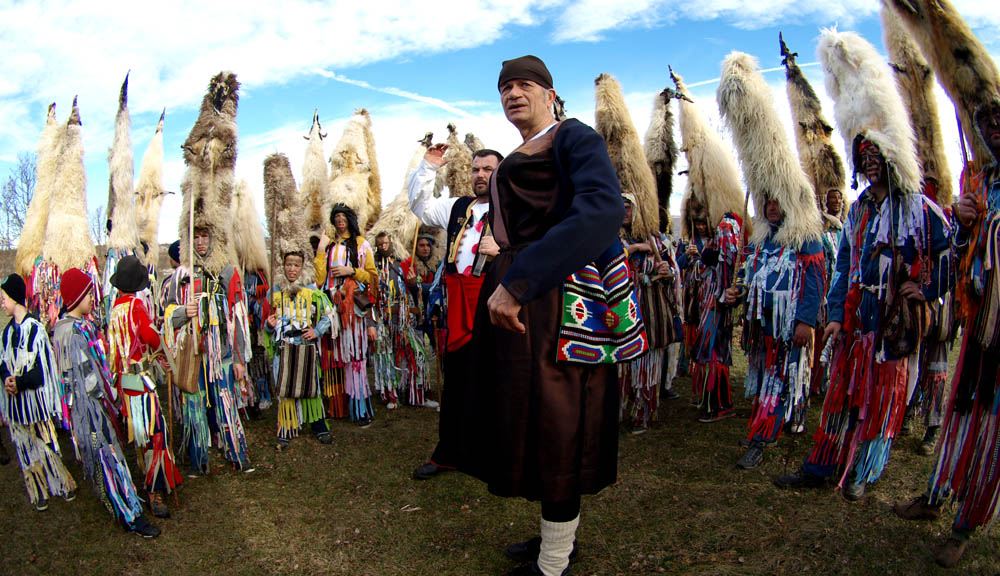
Considering the amount of cultural heritage that our country cherishes, the list is expected to expand in times to come.

Intangible heritage encompasses different shapes of folk and traditional cultural expressions – language, oral literature, music, dance, games, mythology, ceremonies, customs and traditional crafts; but also living communities where these shapes of culture are being cherished in.

The most famous of them all, the pride of Sinj and Cetina region, is an equestrian game Sinj Alka. It has been established in memory of the victory of Sinj people against the Ottomans in 1715; and as a gratitude to Our Miraculous Lady of Sinj who, according to a legend, saved Sinj and its defenders. From then on Alka has been performed in almost uninterrupted continuity. The game is regulated by Alka statue book that includes rigorous rules that ensure its authenticity, its origin and purpose. It has been protected by UNESCO since 2010.
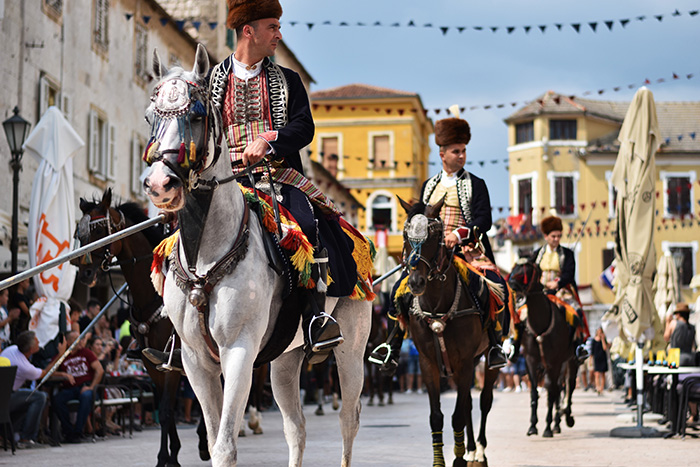
Ojkavica is a characteristic singing with many melodic fineries, the most basic being shaking technique on the syllabus "oj", which can be at the beginning, in the middle or at the end of the song. Two or more singers sing in multi-part, strongly and loudly, while the song lyrics are mainly very unique and suggestive.

It is sung in entire Dalmatian Zagora, while in Sinj its traditional name is rera. It has been protected by UNESC also since 2010. Even to this day it is passed on from one generation to another thanks to perseverance of cultural-art societies and folklore groups.

With their continuous efforts they are saving rera from oblivion, as well as another UNESCO-listed cultural good – Silent Dance. It is a type of dance cherished in Dalmatian Zagora and unique for the way in which is performed – in circle, or more often – in pairs that move in circles or freely along the dance area.

Sometimes it is danced accompanied by rera, ganga, ojkavica or bagpipes, but in Dalmatia Zagora, almost exclusively without any musical background.

Today it is danced (although more rarely than before) for carnivals, on fairs, folk parties, weddings, local, regional or international folklore festivals and on local festivities in patron saints’ honour.

Ministry of Culture of Republic of Croatia protects numerous endangered intangible goods, with aim to cherish, protect and preserve them. One of these goods is the art of making boats in Otok near Sinj. It is a specificity of this region, which arose from the fact that Otok is in near vicinity of the Cetina river.

Written records about the beginnings of boat building do not exist, but the oldest preserved boat is about seventy years old. Economic activities (mostly agriculture), the number of inhabitants and the very position of the village are the main reasons for making Otok people use boats more intensely than others in their surroundings. Depending on the river depth, they used to paddle while sitting or even standing.
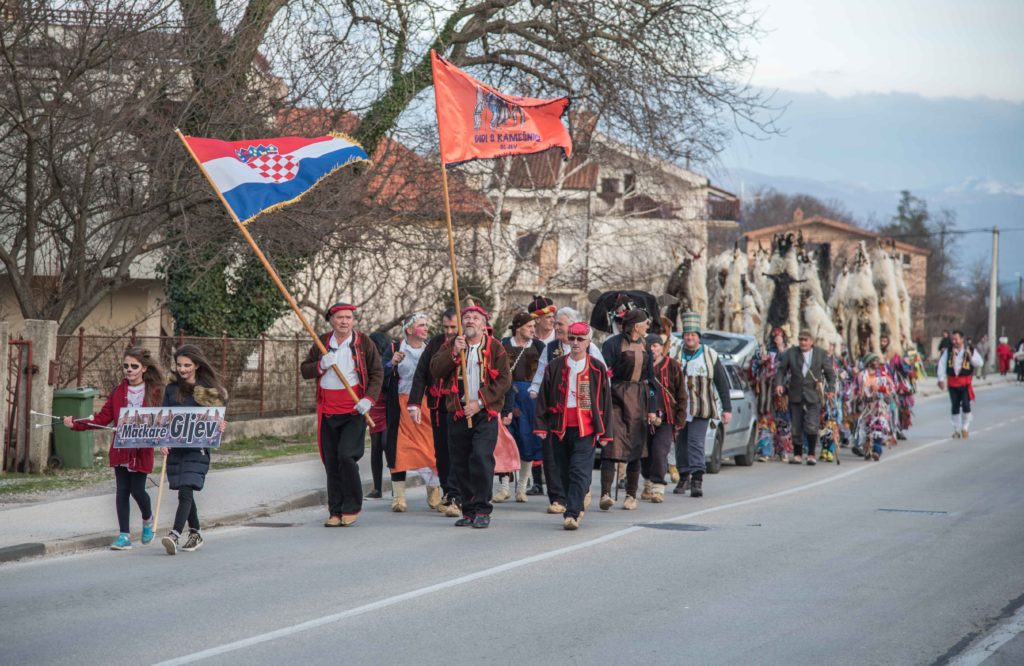
Annual carnival processions in villages under Kamešnica in the area of Sinj and Trilj town and Otok municipality have a long tradition and are the best promotor and keeper of carnival customs in these areas.
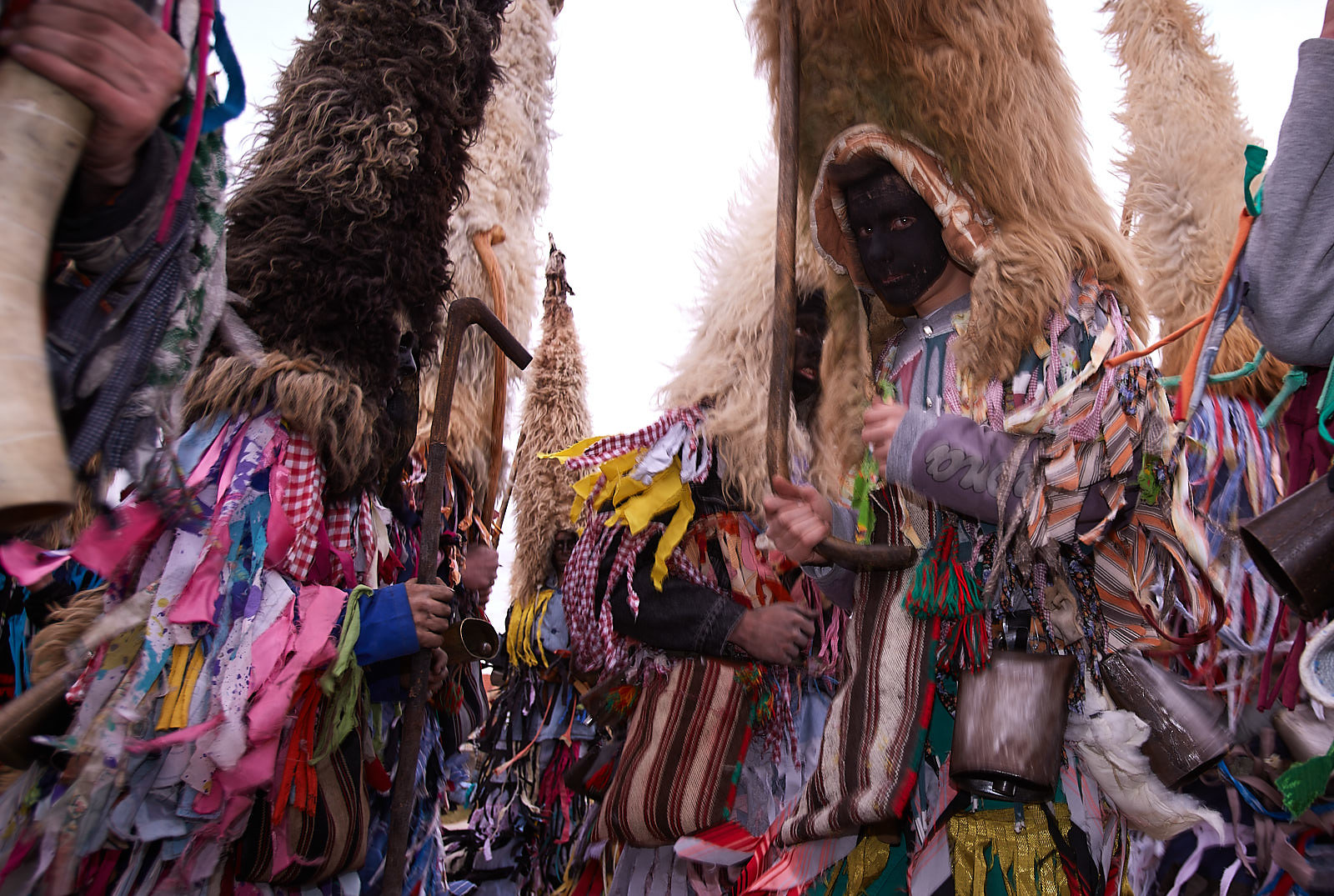
The processions are unique and original way of presenting ancient customs, frequently accompanied by the sounds of carnival bells and other specific rituals. The most attractive part of the procession are noisy and colourful didi, with 1,5 metres high sheep skins on their heads and bells around their waists.
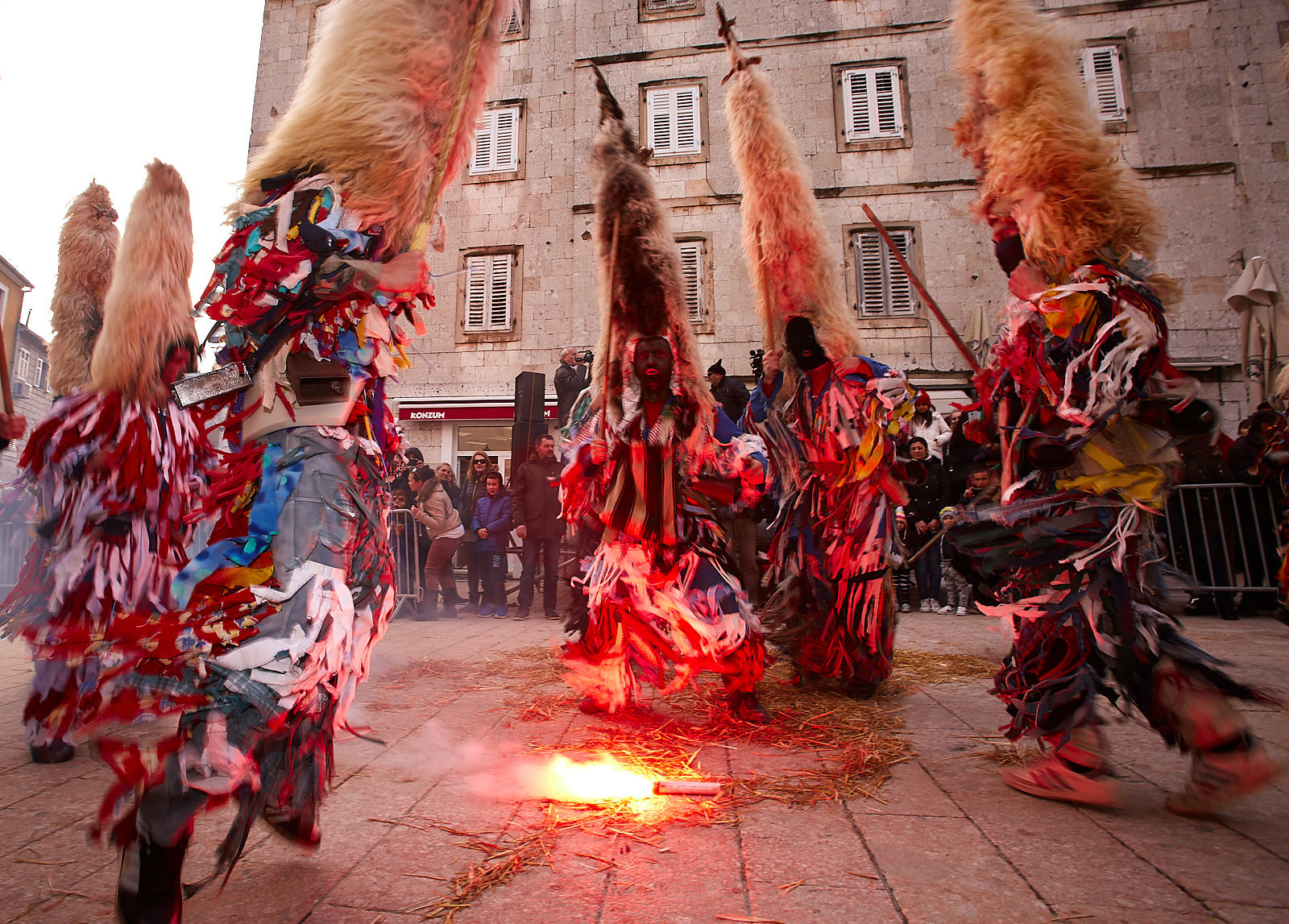
They are dressed in old clothes with colourful tassels and embody ancient struggle of good spirits and the winter, which they try to chase away with noise and jumping. Didi from Kamešnica have recently been guests of a famous carnival in Sardinia, where they have successfully showed a part of our tradition outside our borders.

Klapa singing is a traditional multi-part a cappella homophonic singing. Klapa songs are recognizable by their music structure, harmony, melody and lyrics. Despite various external influences, klapa song has kept its originality and faithful audience till today.

One of the old crafts that are on the verge of extinction is – traditional hand-wheel pottery from Potravlje. It was announced intangible cultural good in 2013, and the Ministry of Culture has nominated it for UNESCO protection. In our regions it has been used since the 4th century B.C., while in greater part of Europe this type was long ago replaced by foot-wheel pottery.
Unique
artistry of making clay dishes in this fashion has been only preserved in
Potravlje village in Hrvace Municipality – in only two families: family of Jure Knezović, where his sons Ivan and Pile have carried on the tradition, and
the family of Jure's brother Dušan Knezović.
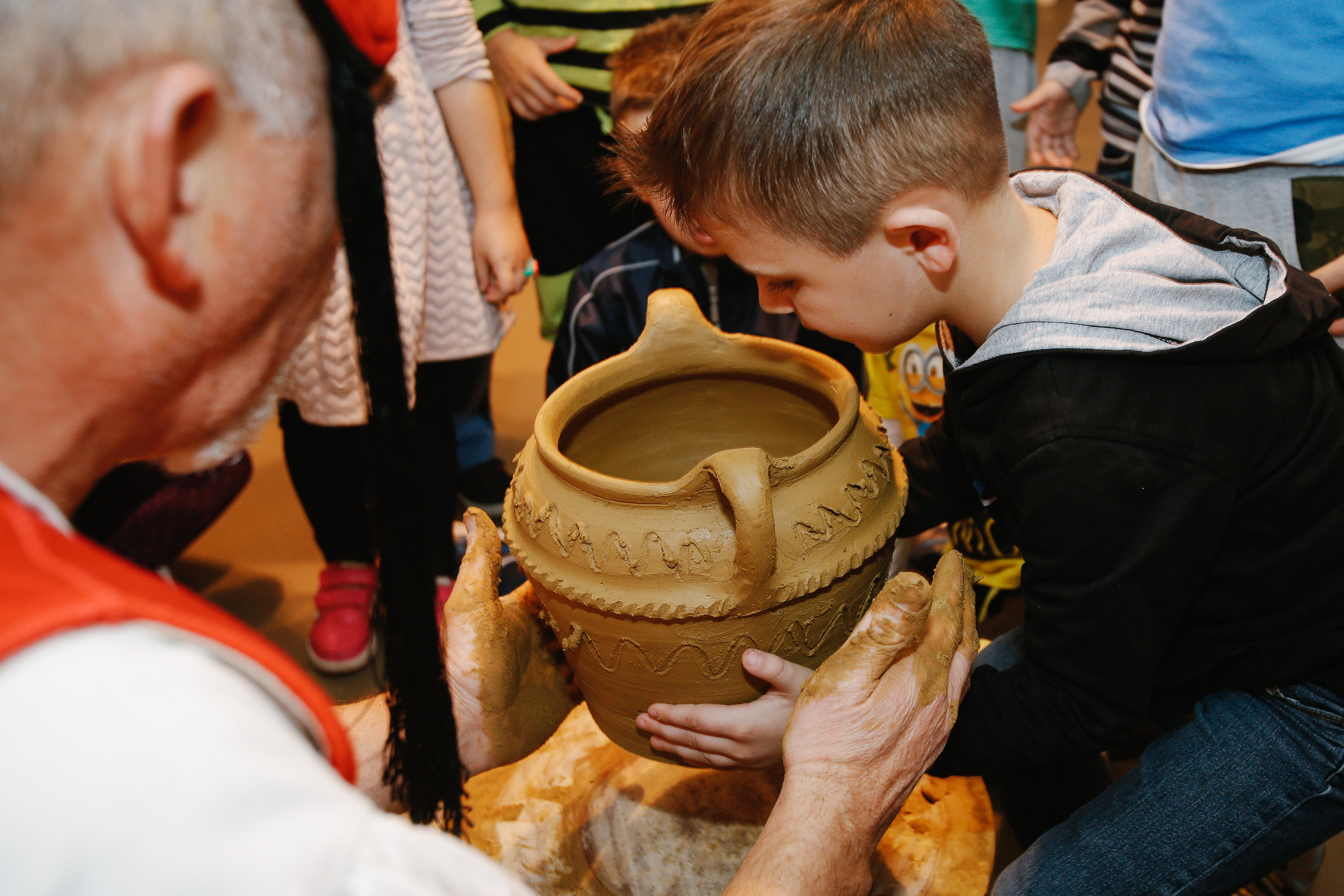
The potters from Potravlje, or, as they are usually called in this region, bakrari used to supply the whole Cetina Region and greater Dalmatia with their products
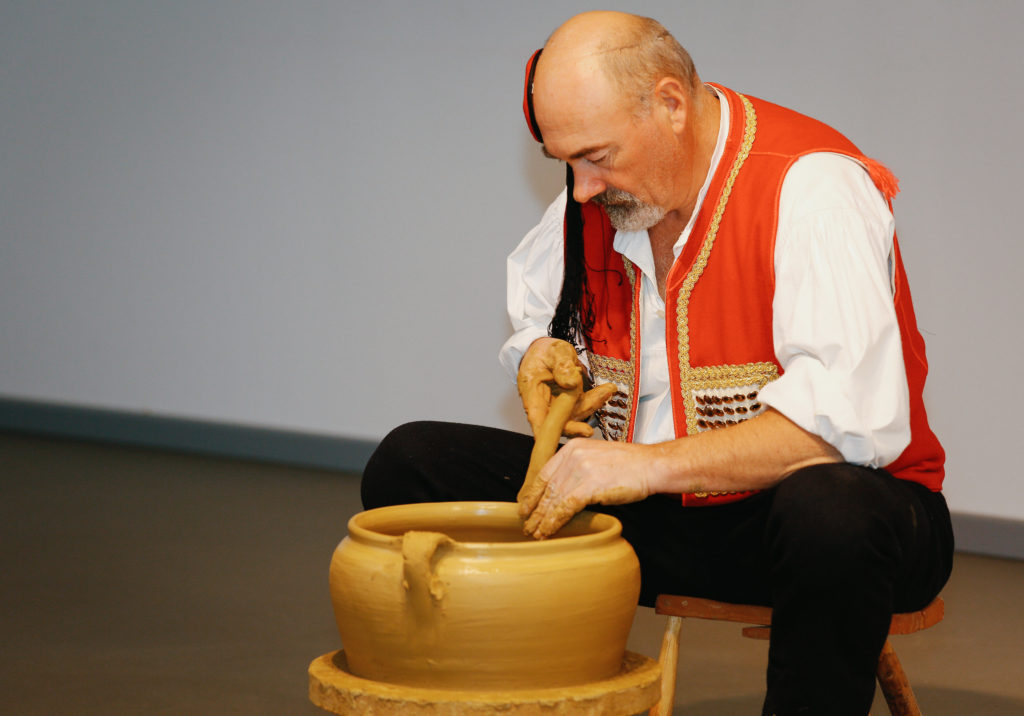
Up to the present day, they have sold their products at fairs in Sinj, Trilj, Zadvarje, Vrlika, Metković, Benkovac, Split and elsewhere. Apart from traditional pots, new types of pots are made nowadays, for instance, amphoras (for tourist purposes), flowerpots or pitari, and various miniature traditional pots sold as souvenirs.

It is of utmost importance to preserve this part of our traditional culture and enable it to continue developing by passing on the knowledge onto young generations. With this goal in mind, Sinj Tourist Board, supported by the Ministry of Culture of Republic of Croatia, has been regularly organizing workshops of traditional hand-wheel pottery from Potravlje. For this effort it was awarded Plautilla award in category of The best cultural-tourism product. Great attendance rates and good feedback from foreign and national visitors, especially the young ones, bring hope that this craft is to live on and blossom.
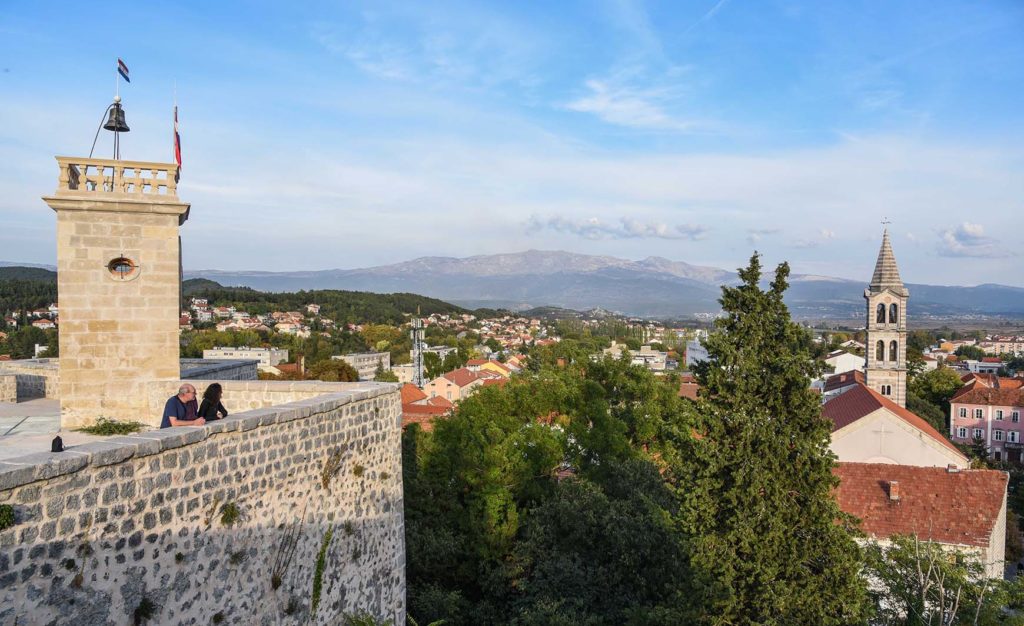
Preserving endangered intangible heritage is an important factor of not only cultural and national identity, but also of continuing efforts to blend these unique and priceless goods into our great tourist offer, all in correspondence with the laws of sustainable development.
More: www.dalmatia.hr
Photo: www.dalmatia.hr, croatia.hr, archive of tourist boards of Split – Dalmatia County

Top manifestations in Split - Dalmatia county attracts tourists from all over the world
Split-Dalmatia Tourist Board is very active in supporting projects that lead to continuous development and strengthening of tourist offer, especially that of pre- and post-season.
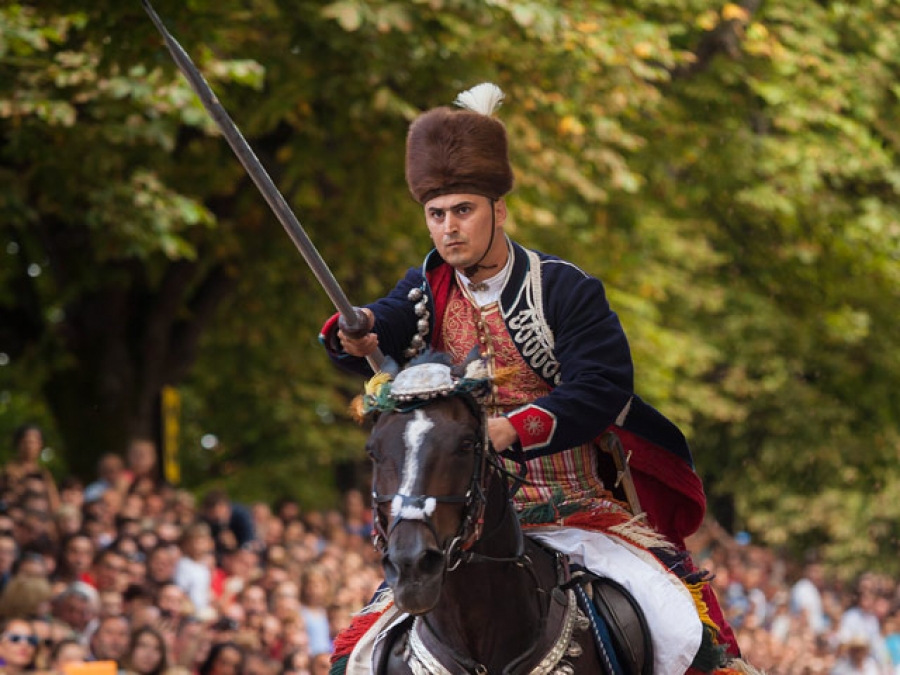
Wise consideration and design of numerous manifestations and quality events are becoming a precondition for development of year-round tourism. Importance of investing in important themes that are to enhance this kind of offer has been recognized this year as well by Expert Committee of the Tourist Board.

Therefore, 400 thousand kunas of non-refundable funds have been given in 2019 as a strong boost and a mighty financial support to several top events and manifestations. Great number of participants, praises of foreign and national media and great feedback have shown that these assets reached good cause. And the most important thing, the focus of tourist offer has been widened outside the prime season. Furthermore, it also ensured an excellent path for positioning Split-Dalmatia County as one of the main subjects of destination tourism.
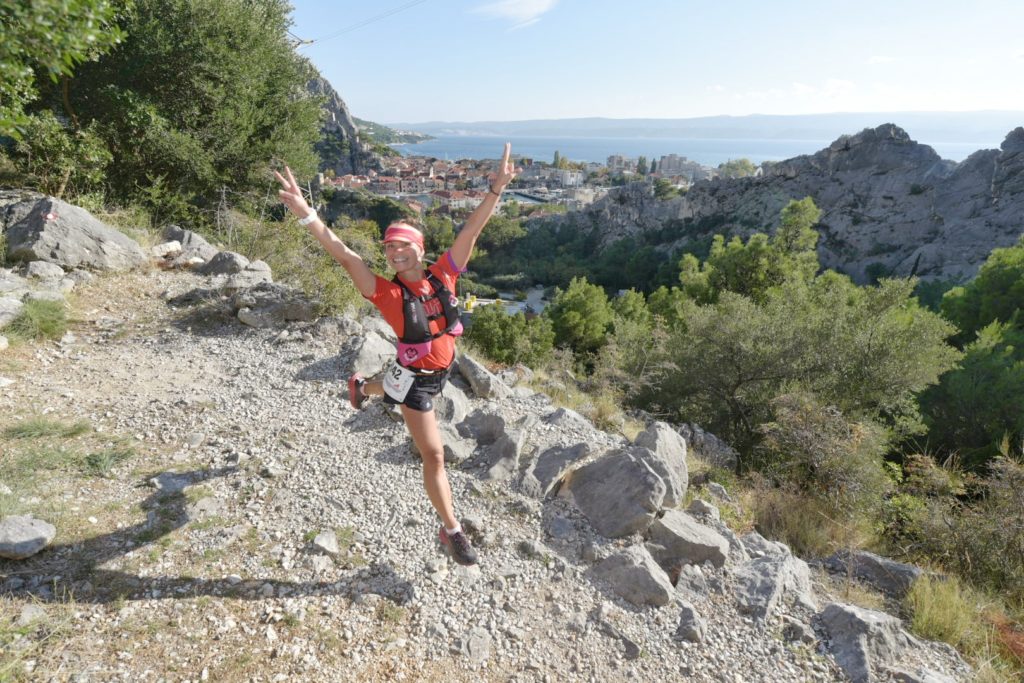
- Dalmatia Ultra-Trail 2019
4th edition of this event has presented Dalmatia to the world as a hit destination of sports tourism, and gave to Omiš town, since it is a central place of the event, a nickname of Cradle of Croatian trekking and trail.
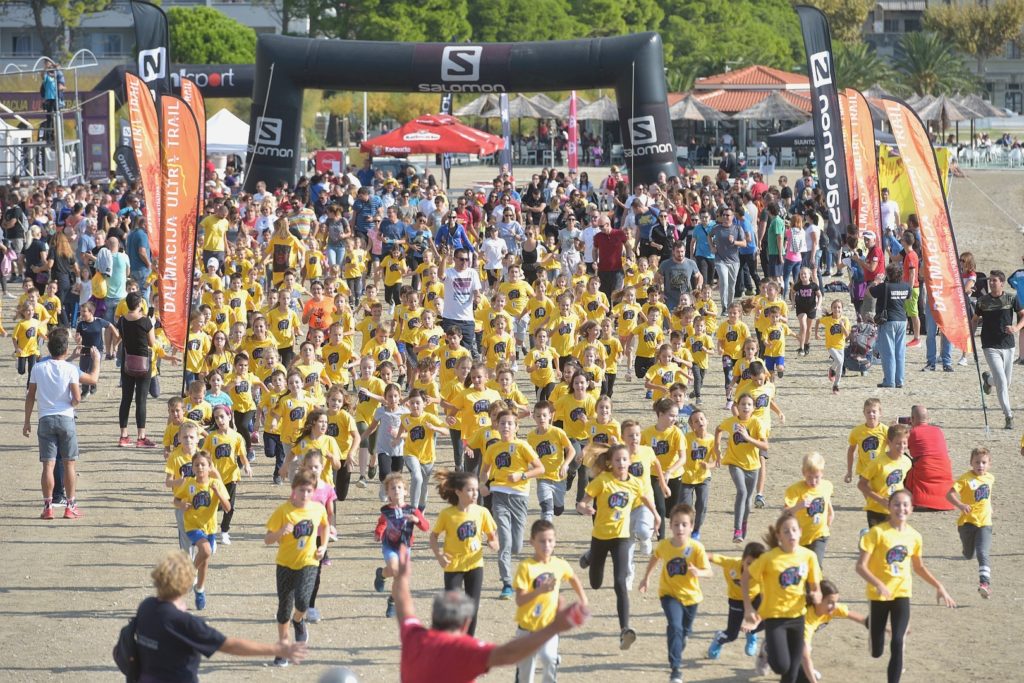
More than 900 runners from 30 countries participated in this international race, who brought back to their homes the best possible postcard from Croatia encompassing even 5 mountains, three rivers and numerous historical and cultural localities on the area between Kaštela and Tučepi.

2. Thrill Blues Festival After only three years of this festival Trilj has become a centre of blues, transforming Cetina region into a mecca of excellent music.
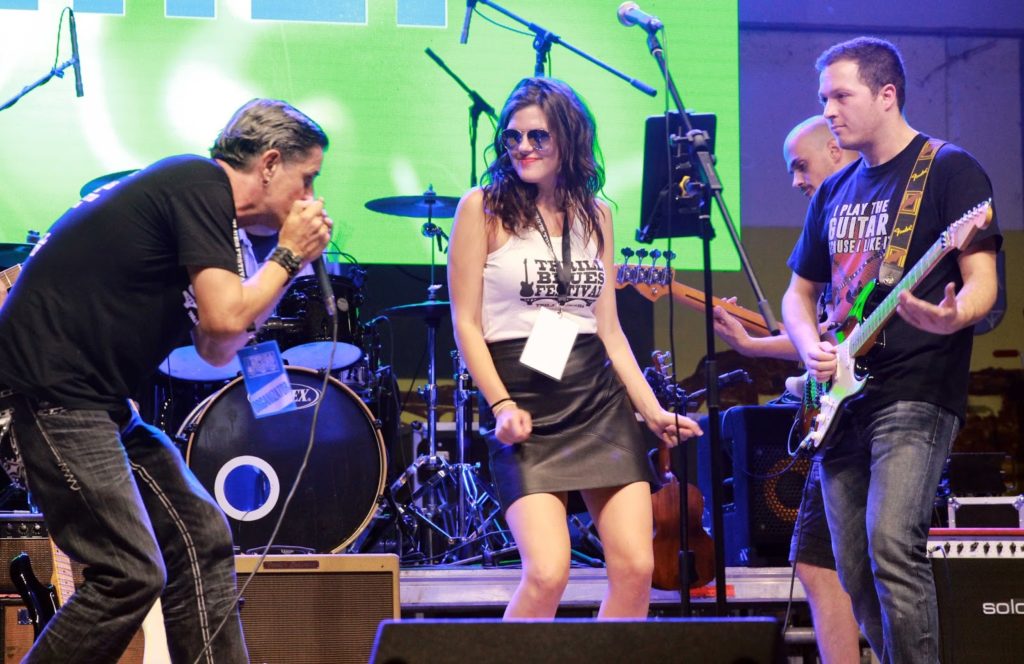
This exceptional cultural manifestation each year gets more and more accompanying events, like blues workshops for children, book presentations and concerts of national and foreign renowned blues masters.
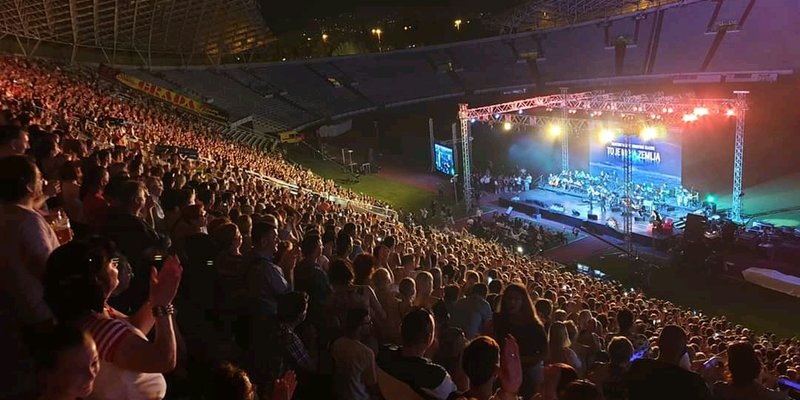
3. In
honour of Croatian music
Weeks after
it was held, concert To je moja zemlja
(It’s my country) on Split’s Poljud was the main topic. Praises kept coming,
not only for performances of the greatest national names and legends of
Croatian music scene, but also because of charity for Split hospital. It was a
gathering of the greatest Croatian music performers, but also an eruption of
emotions that shook the entire Poljud stadium.
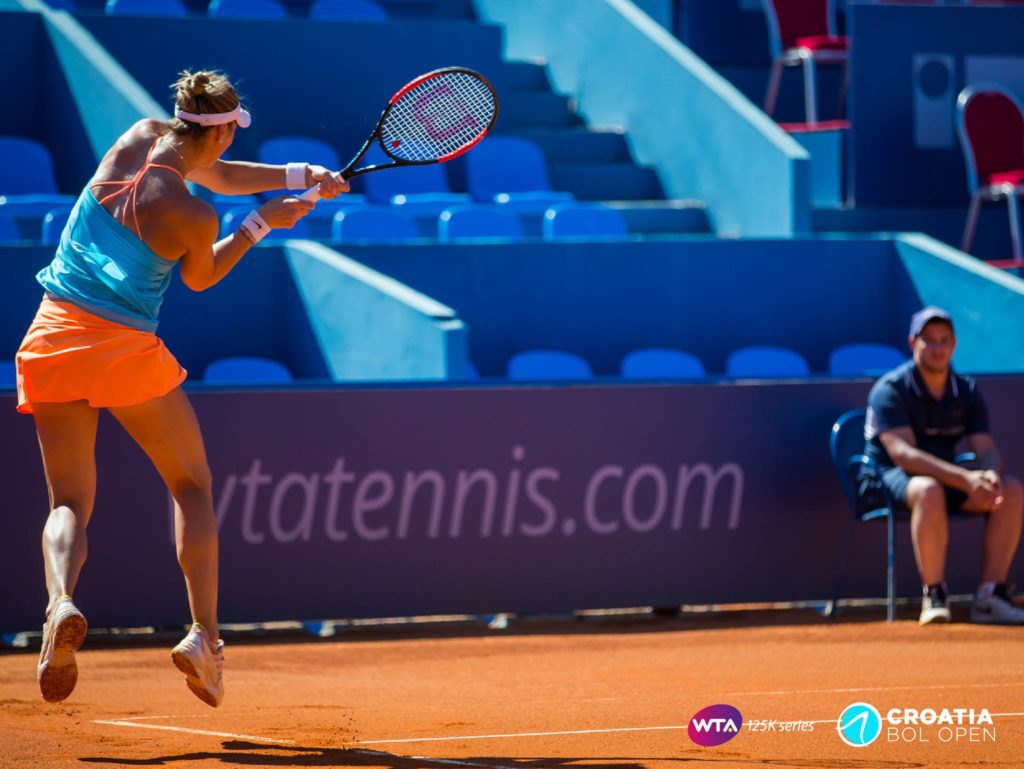
4. WTA Croatia Bol Open
Tennis tournament in Bol on Brač has crossed Croatian borders long time ago, thus introducing Bol as a destination with multi-profile contents.
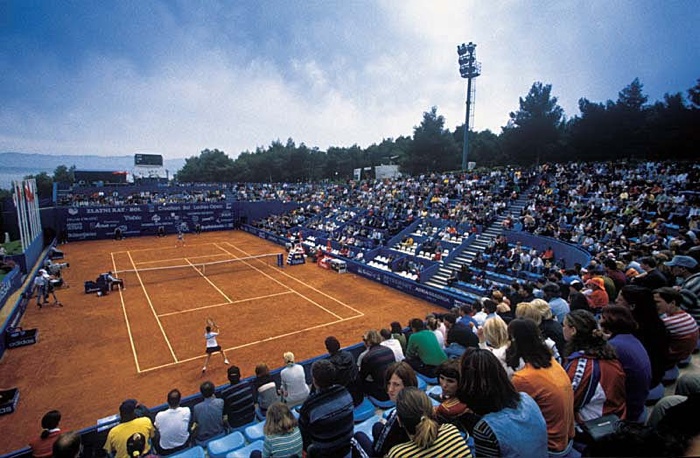
This year also, a place famous for one of the most beautiful beaches in the world, has been visited by numerous guests, who were welcomed by a tourist message – that the entire place lives for tennis. Same as the tournament and tennis live with the entire community.
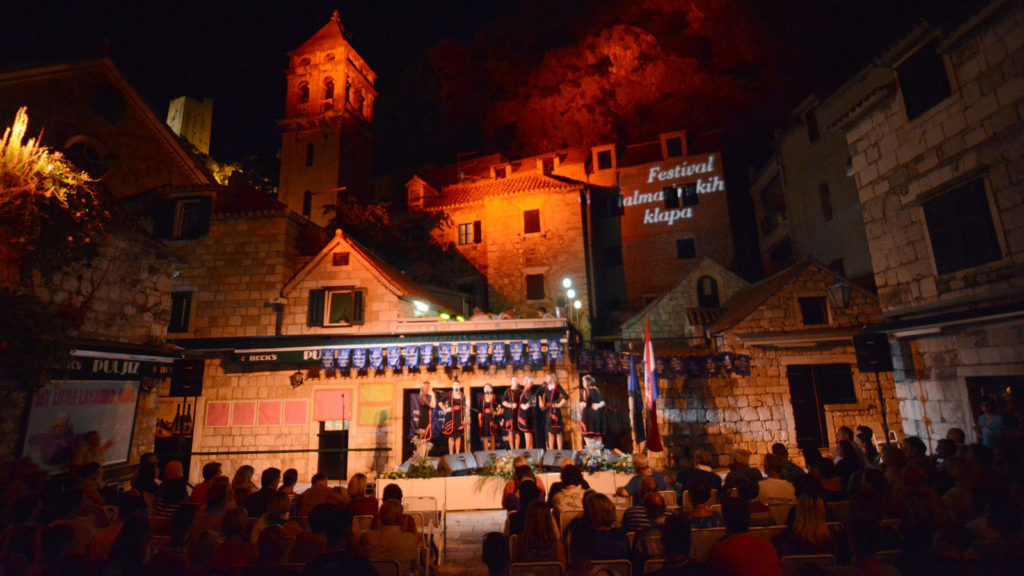
5. 53rd Festival of Dalmatian A-Capella Singing Groups Every year on a small Omiš square same thing happens – the song. True, original, Dalmatian, a-capella, polyphonic and unique, recognized as an ultra-cultural event and a tourist treat.
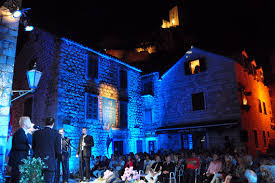
Omiš festival of a-capella singing groups is a recognizable manifestation with its loyal audience and music that promotes the spirit of Dalmatia in a genuine music genre.
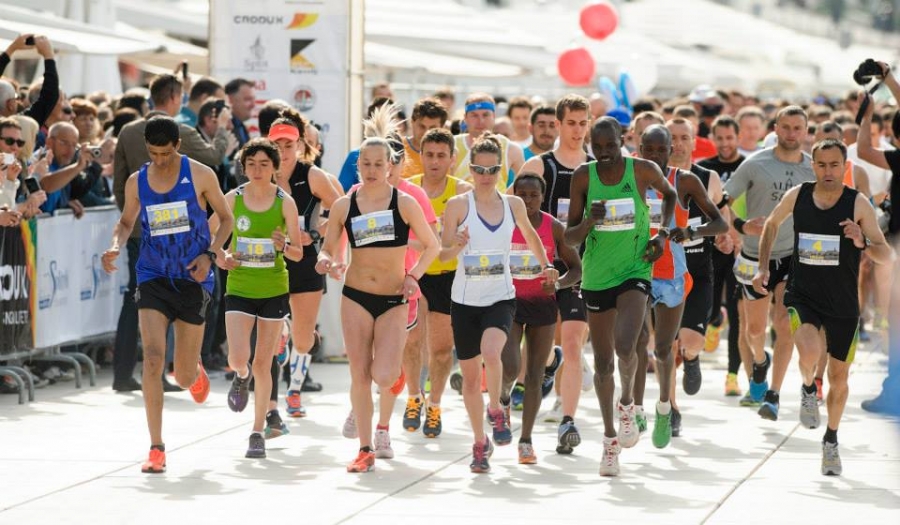
6. Split half Marathon
Sunny streets of Split hosted 2810 runners; 2450 in races of half marathon and relay race half marathon, and 360 in “Trophy of Slobodna Dalmacija” race.
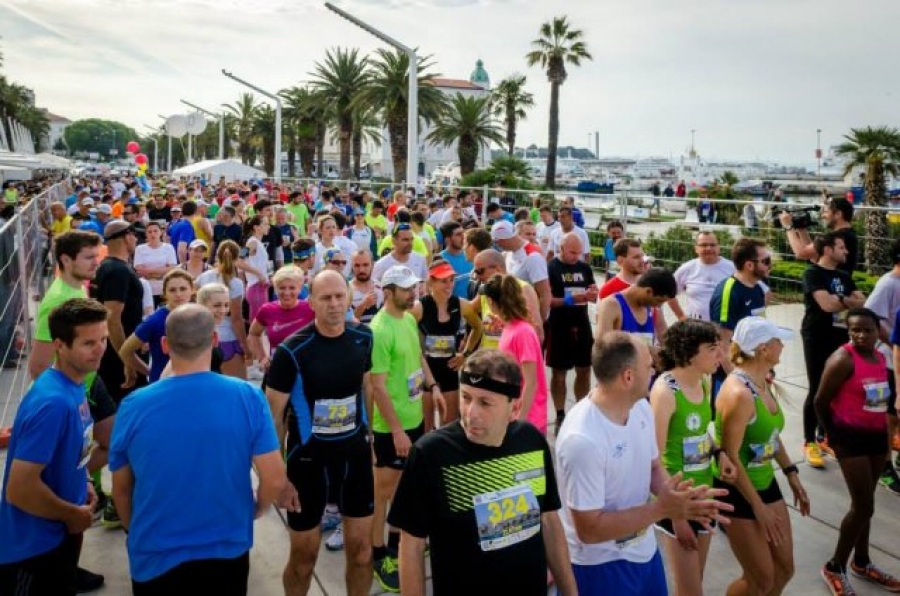
In this popular sports event numerous famous people have participated, amongst them respectable politicians, athletes, persons from cultural and public life. This year’s edition will be remembered by co-operation with Moscow marathon, whose representatives participated both in the race and the fair.
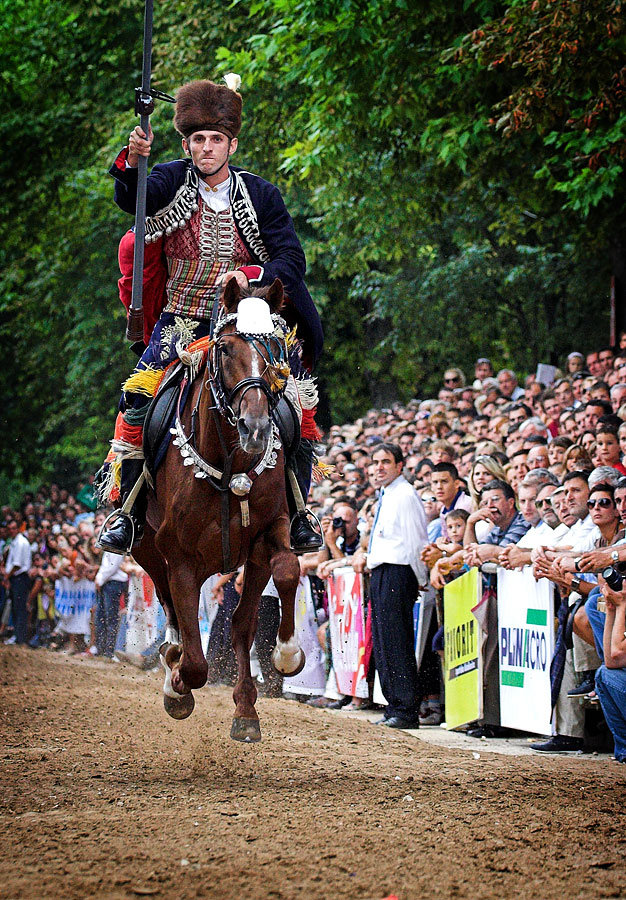
7. Sinj Alka
A battle of chivalry, strength, skills, a demonstration of a steady hand, eagle eye, a folk celebration, a not-to-miss event: all this is Sinj Alka, whose this year’s winner is Frano Ivković from Brnaze.
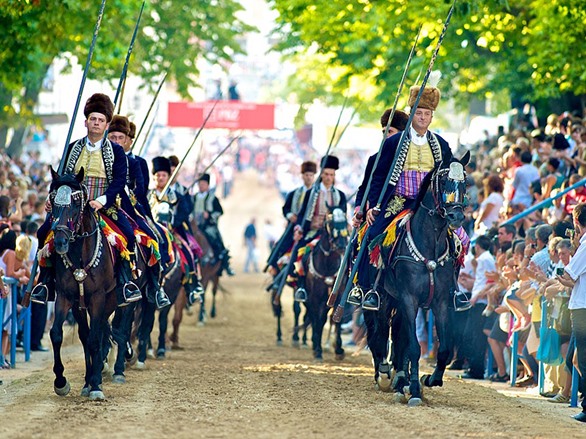
He will be remembered for two scores in the centre and his statement that he has to thank his Luna and steady gallop for his victory.

8. CRO Race 2019
Cycling world has excitedly kept track of this year’s edition of international professional cycling stage race, which brought to our roads top names of this sports discipline.
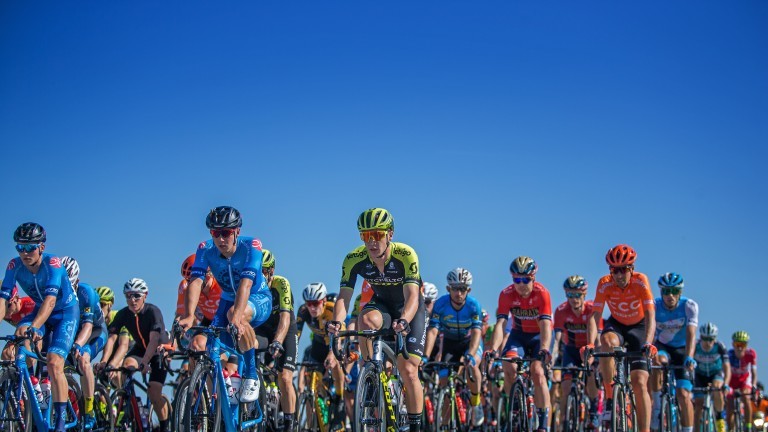
Also, it sent fabulous postcards from beautiful localities of Croatian continental and coastal area.
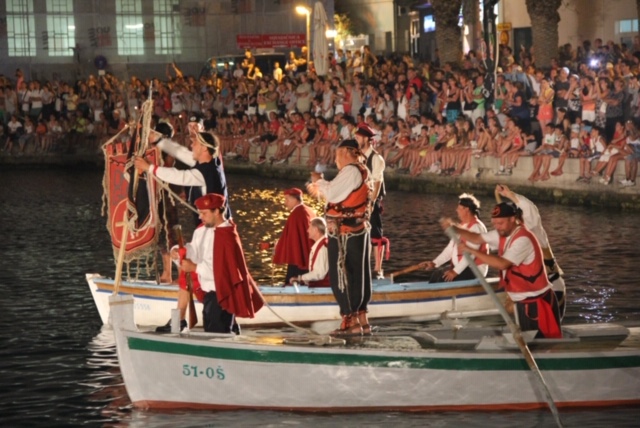
9. Pirate Battle Omiš 2019
Over the years Omiš pirate battle has been transformed into a unique tourist attraction, with over ten thousand spectators.
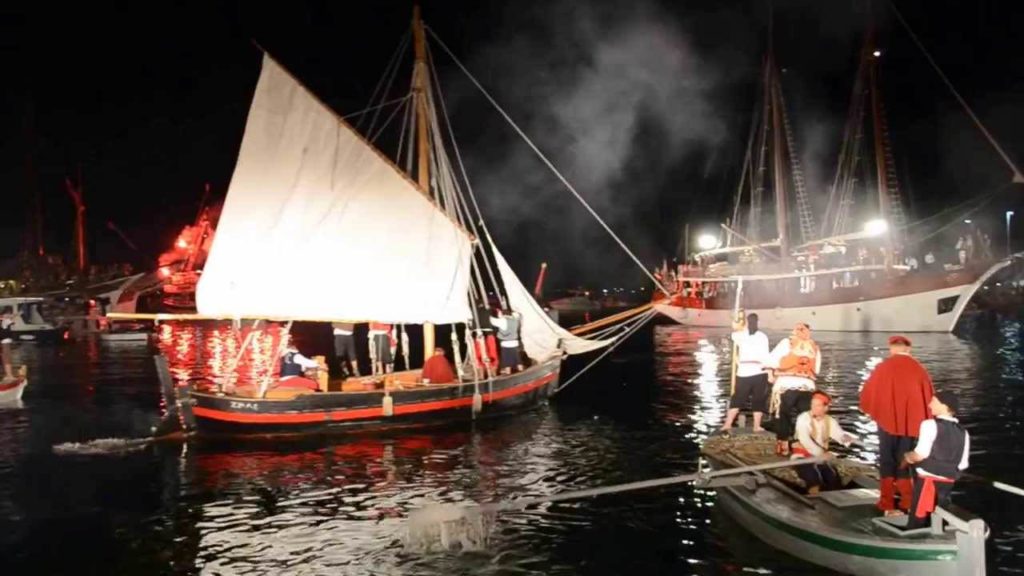
It is an incredible manifestation in which a great number of costumed people participate, offering the spectators a vivid presentation of strength, courage and chivalry of Omiš ancestors and a victory over superior Venetian enemies.
More: www.dalmatia.hr
Photo: www.dalmatia.hr, archive of TB of Split Dalmatia county,

New ‘’Cetina region’’ mobile app brands Sinj and the Cetina region as an unmissable tourist destination
The purpose of the application (app) is to bring the beauty and attractions of the Sinj and Cetina area to the end users, and to present this area as an attractive tourist destination with numerous tourist facilities available throughout the year.
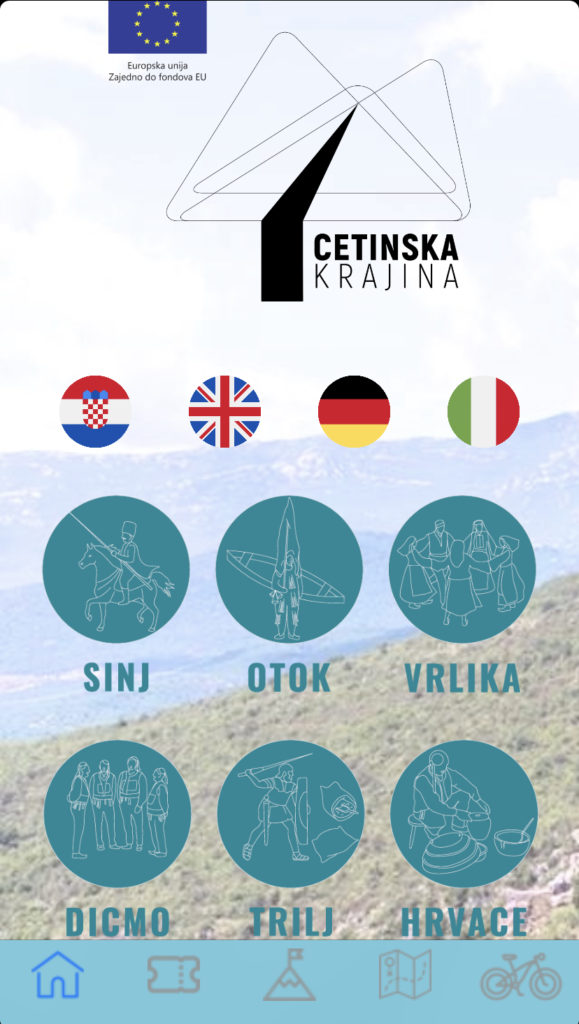
Cetina Krajina (The Cetina Region) is a new mobile application that serves as a guide for visitors to the Cetina region. The application provides an overview and information on activities, events and places to visit and experience in the Cetina region. The presentation of the mobile application will be held on October the 14th, 2019 at a press conference in Sinj, organised by the RERA public institution for the coordination and development of Split-Dalmatia County, a partner of the project "Sinj u sridu", which will also present the other marketing and promotional activities of the project.
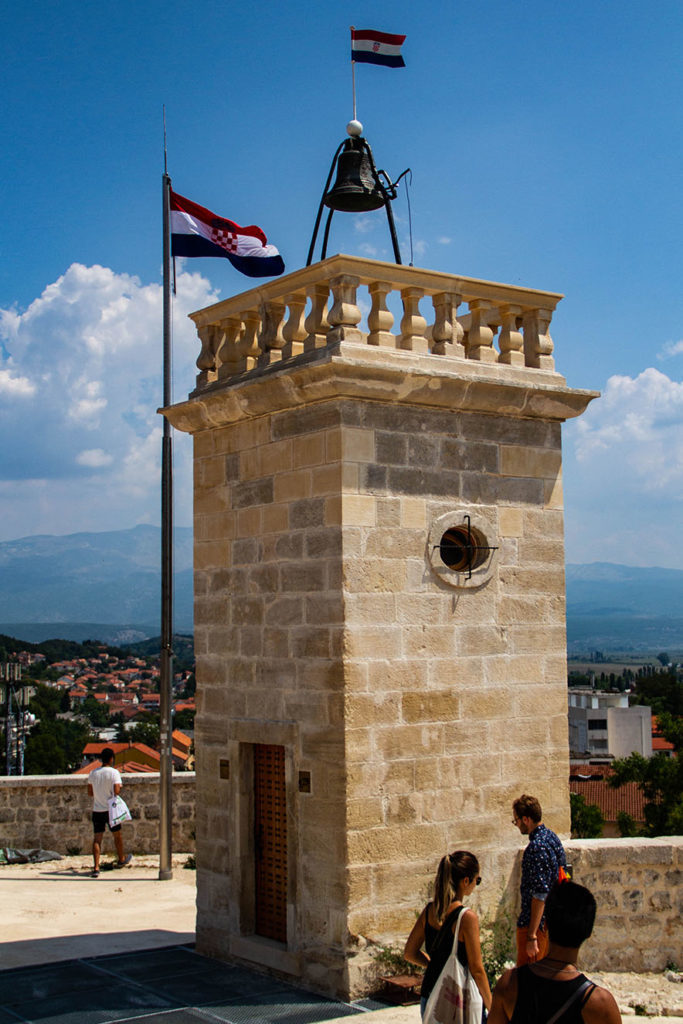
The conference, or rather presentation, is intended for all relevant tourism stakeholders: tourist boards, agencies, the media and all other interested parties, and will be held on Monday, October the 14th, 2019 at 10:00 am at the City Hall, Dragašev prolaz 24, in the Town of Sinj.
The application - a multimedia, interactive guide through the
Cetina region
For those seeking an adrenaline rush, the app offers a detailed view of as many as 19 cycling routes as well as an address book of useful contacts.

Those who want to find out where the natural and cultural heritage of the Cetina Krajina is located can find all of that information by selecting a map with brief descriptions of the site or by downloading a ‘’Guide through the Cetina Region’’ by selecting turquoise circles on the homepage of the application.
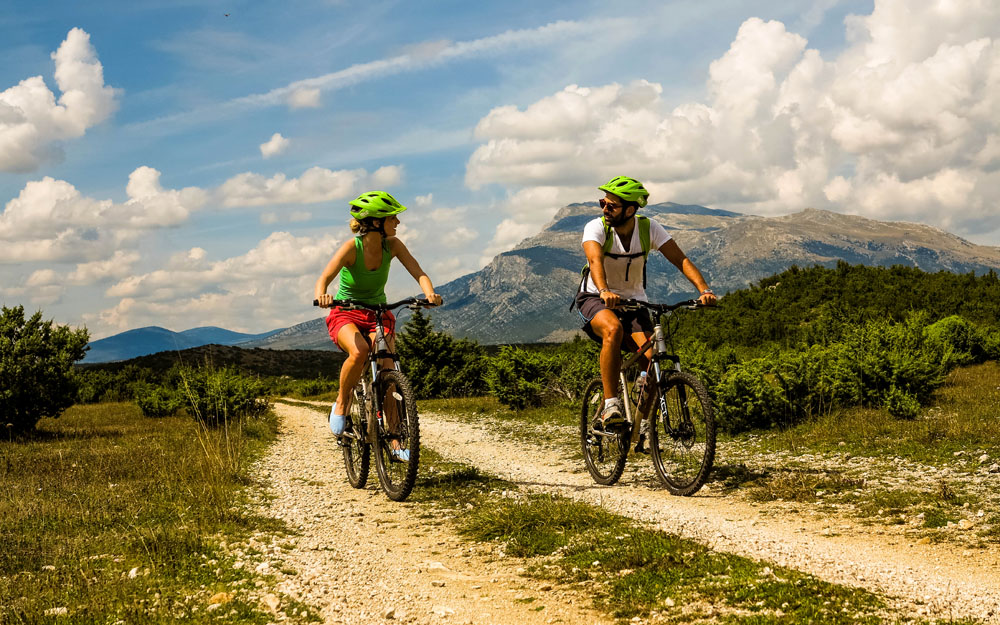
The bicycle routes and natural and cultural heritage are mapped
through Google Earth, so users are provided with directions (navigation) to get
to the desired points on the map. The application works in a way that is fully
customised to the user and their needs.
If you would like to know more about the Cetina region
or the megaproject "Sinj u sridu", visit the website of Cetina region
by clicking the link (www.cetinska-krajina.hr) at the bottom of the application
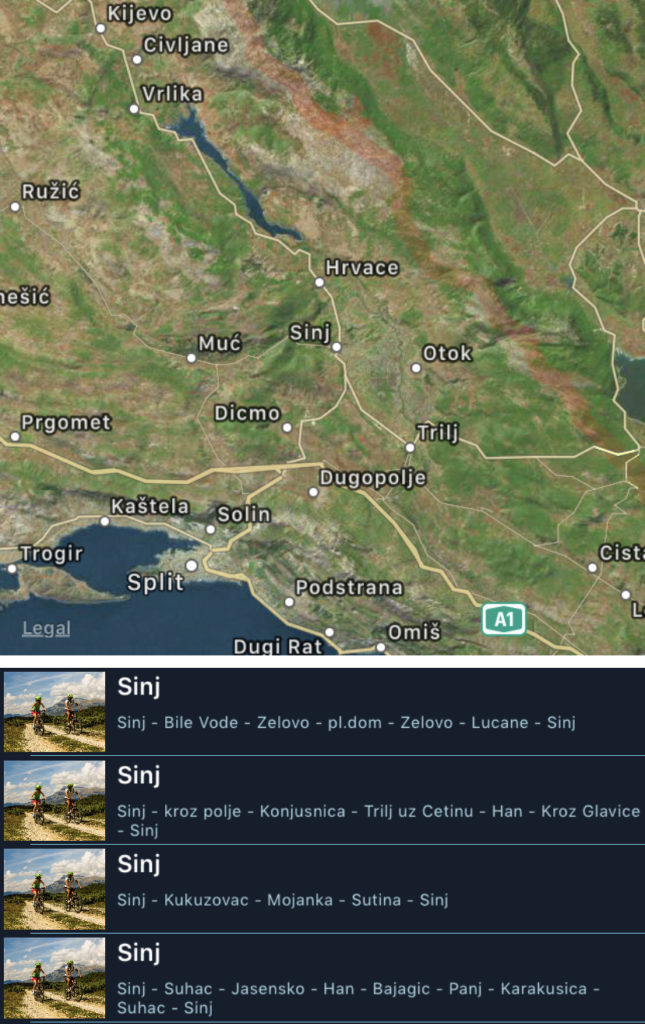
The free Cetina Region app is available for both Android and iOS devices.
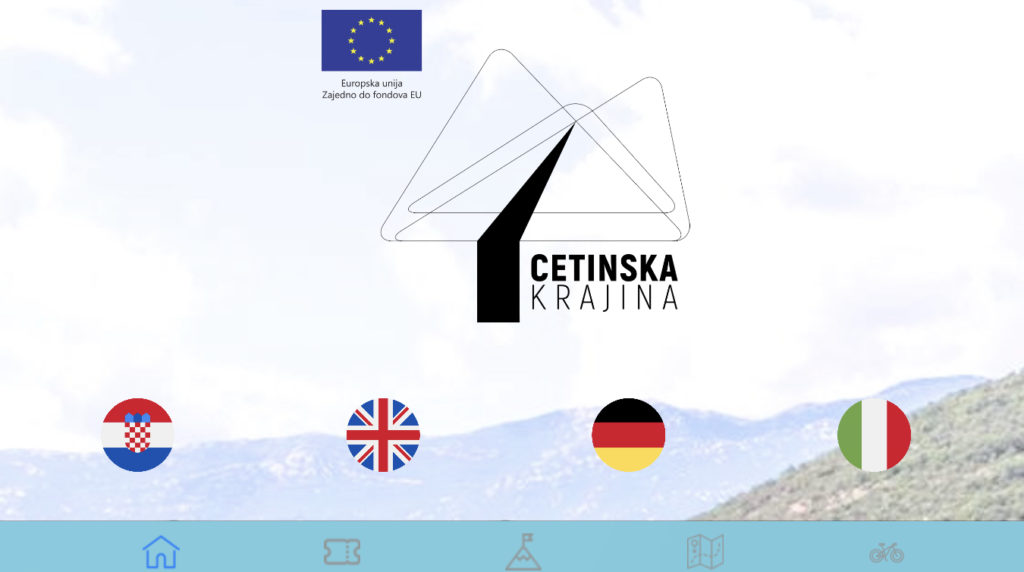
This modern version of the mobile application is the result of the knowledge, efforts and close cooperation of RERA public institution and the digital team of the Sibenik-nased company Kocka d.o.o. and is available in as many as four languages - English, German, French and Croatian.
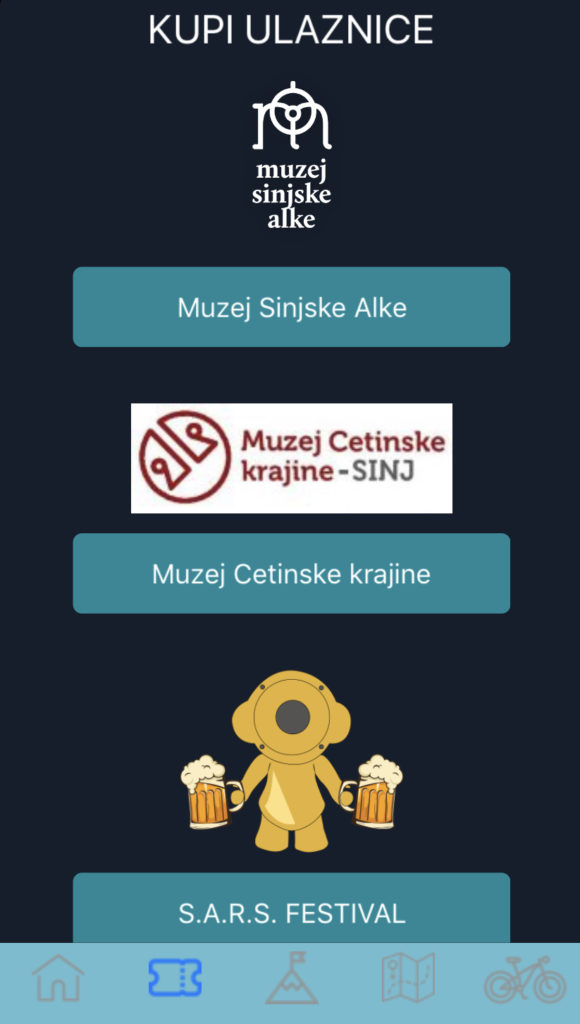
The application can also be accessed via QR codes in the brochure
- guide, website, in-app and at designated locations.
The mobile application is part of the marketing and promotional
activities of the Sinj u sridu project, a project co-financed by the European
Union from the European Regional Development Fund and the Competitiveness and
Cohesion Operational Program, a project aimed at the renewal and glorification
of the unique cultural heritage of the Town of Sinj with a view to its greater
valorisation.
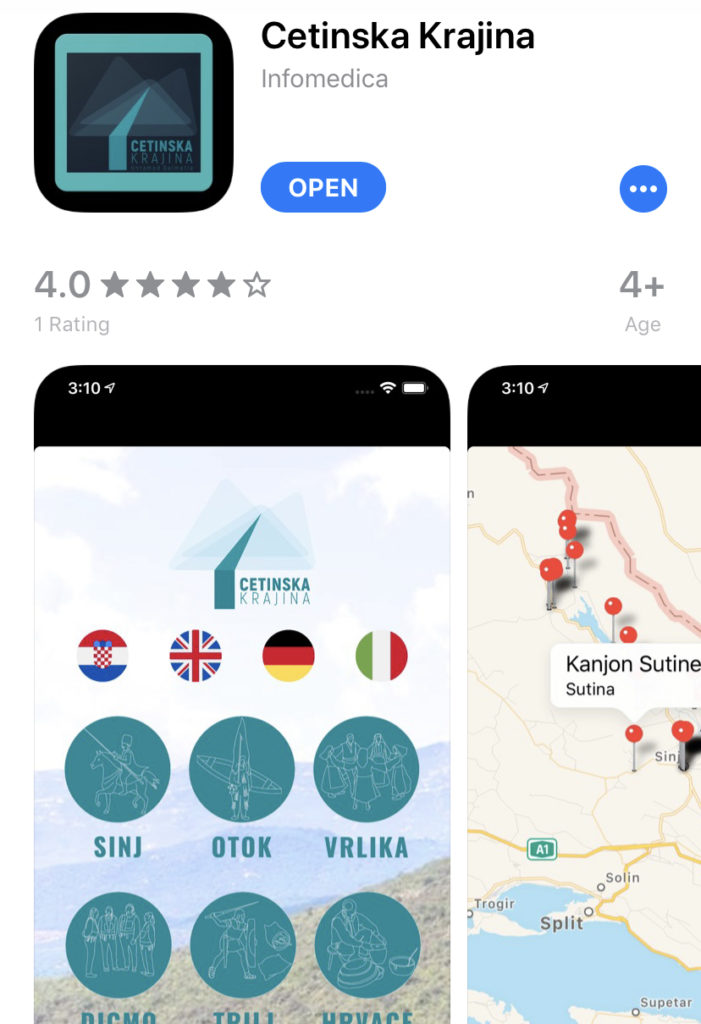
The backbone of the project is made up of the reconstruction, renovation and revitalisation of Sinj’s cultural assets such as Fortress Grad, Fortress Kamičak and the clock tower, the Museum of the Cetina region and the renovation of the streets of the historic town of Sinj as a whole.
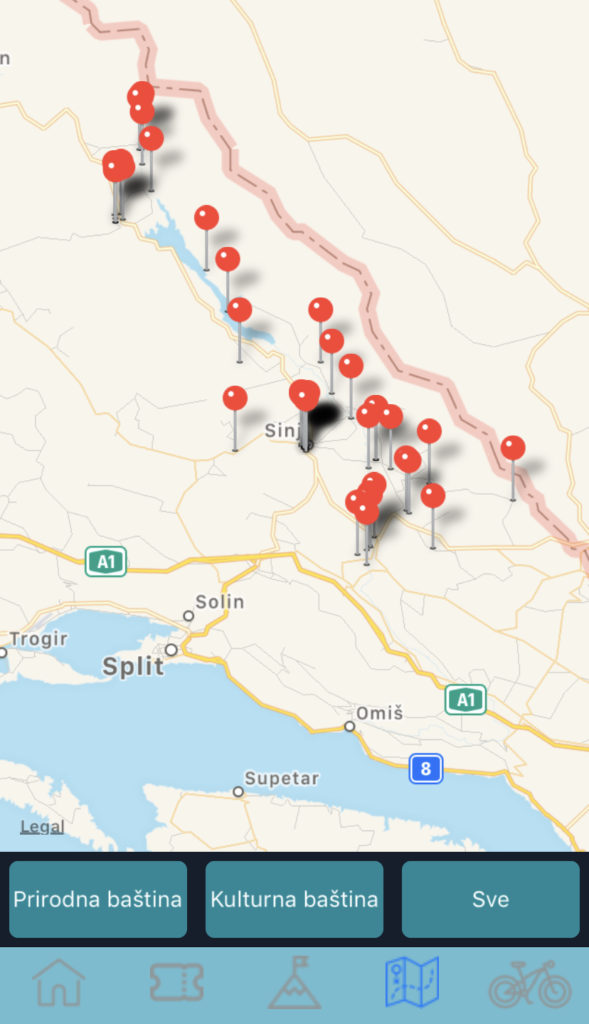
Their renewal and revitalisation will be the basis for the
development of a number of thematically related cultural and tourist content
(festivals, performances, presentations of traditional crafts, souvenirs,
multimedia, and new products, etc.) that will turn Sinj into a tourist
destination which will boast numerous tourist facilities throughout the entire
year.
In addition to the Town of Sinj, five project partners relevant
to the social and economic development of the region and the management of
cultural heritage are involved, namely the Tourist Board of the City of Sinj,
the Alka Knights Association of Sinj, the Museum of the Cetina Region of Sinj,
the Public Institution RERA S.D. for the Coordination and Development of the
County of Split-Dalmatia and the Production Plant FLORAMI, Sinj.
The total value of the project “Sinj u sridu” amounts to HRK
66,594,231.17, of which the European Union grant totals HRK 55,597,793.26.
Want to find out more? Visit: www.cetinska-krajina.hr
The project “Sinj u sridu” was co-financed by the European Union from the European Regional Development Fund and the Operational Program Competitiveness and Cohesion.
Content of promotional article is sole responsibility of JU RERA for coordination and development of Split-Dalmatia County and under no circumstances does it reflect the attitude of the EU and/or the governing body.
For more information visit www.strukturnifondovi.hr


